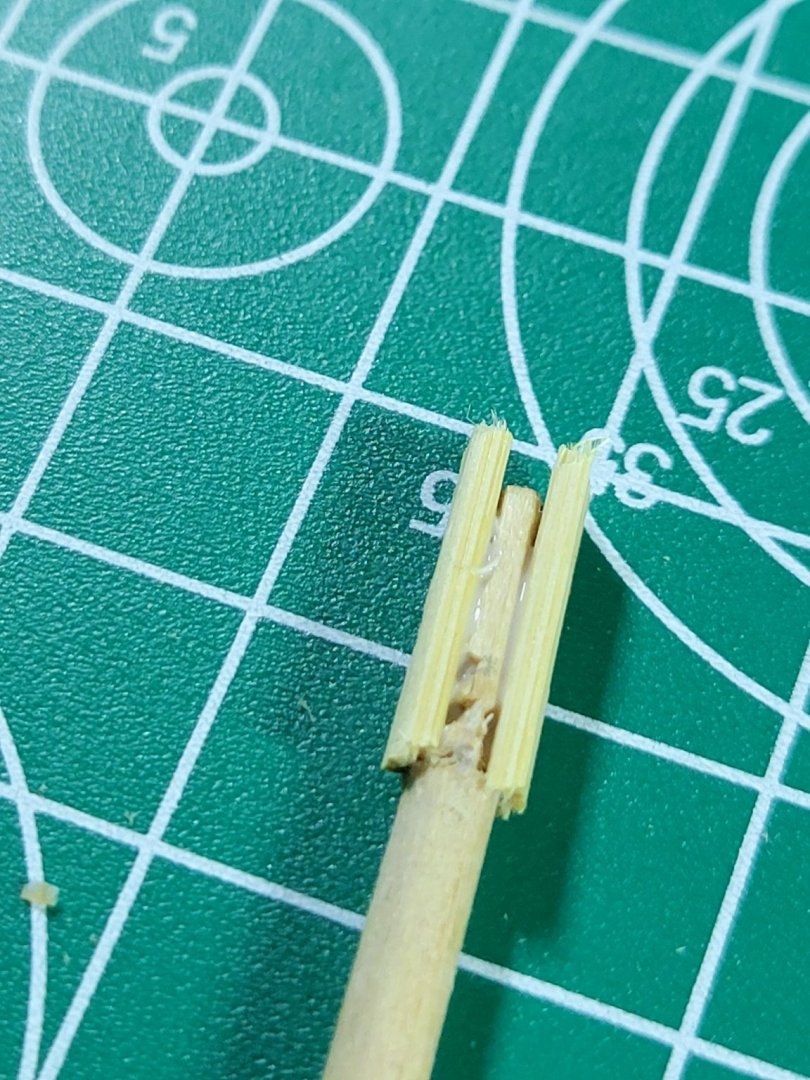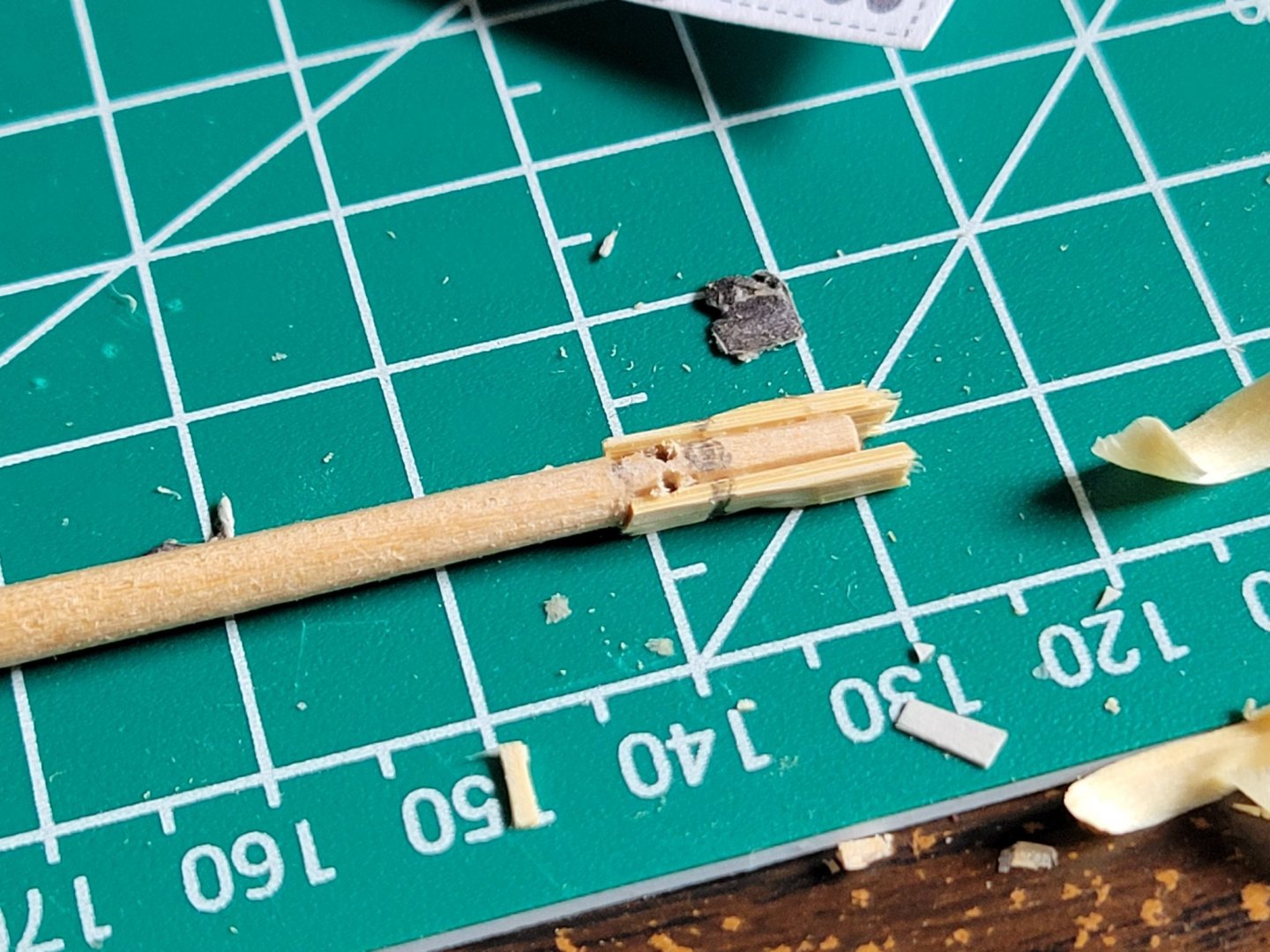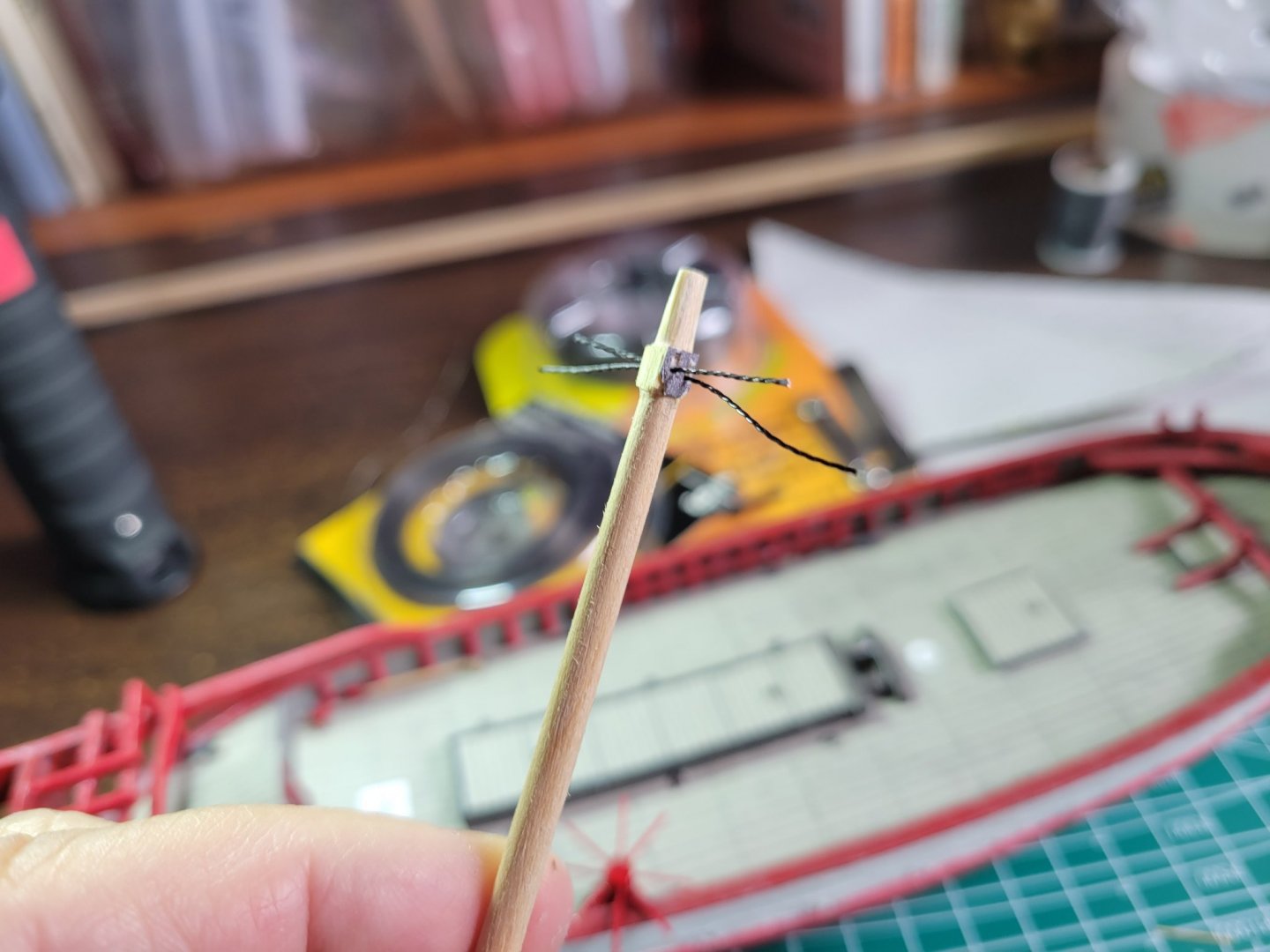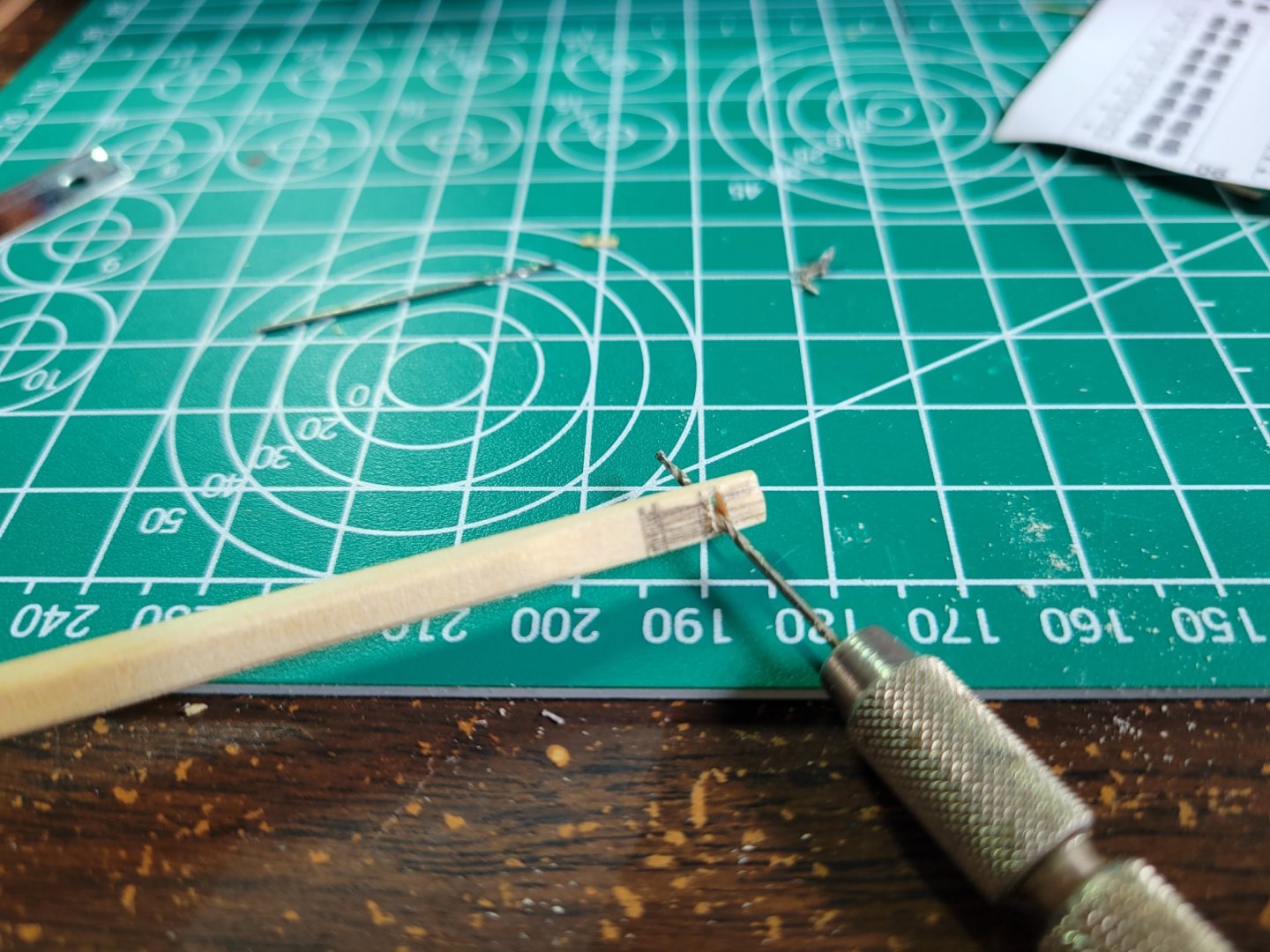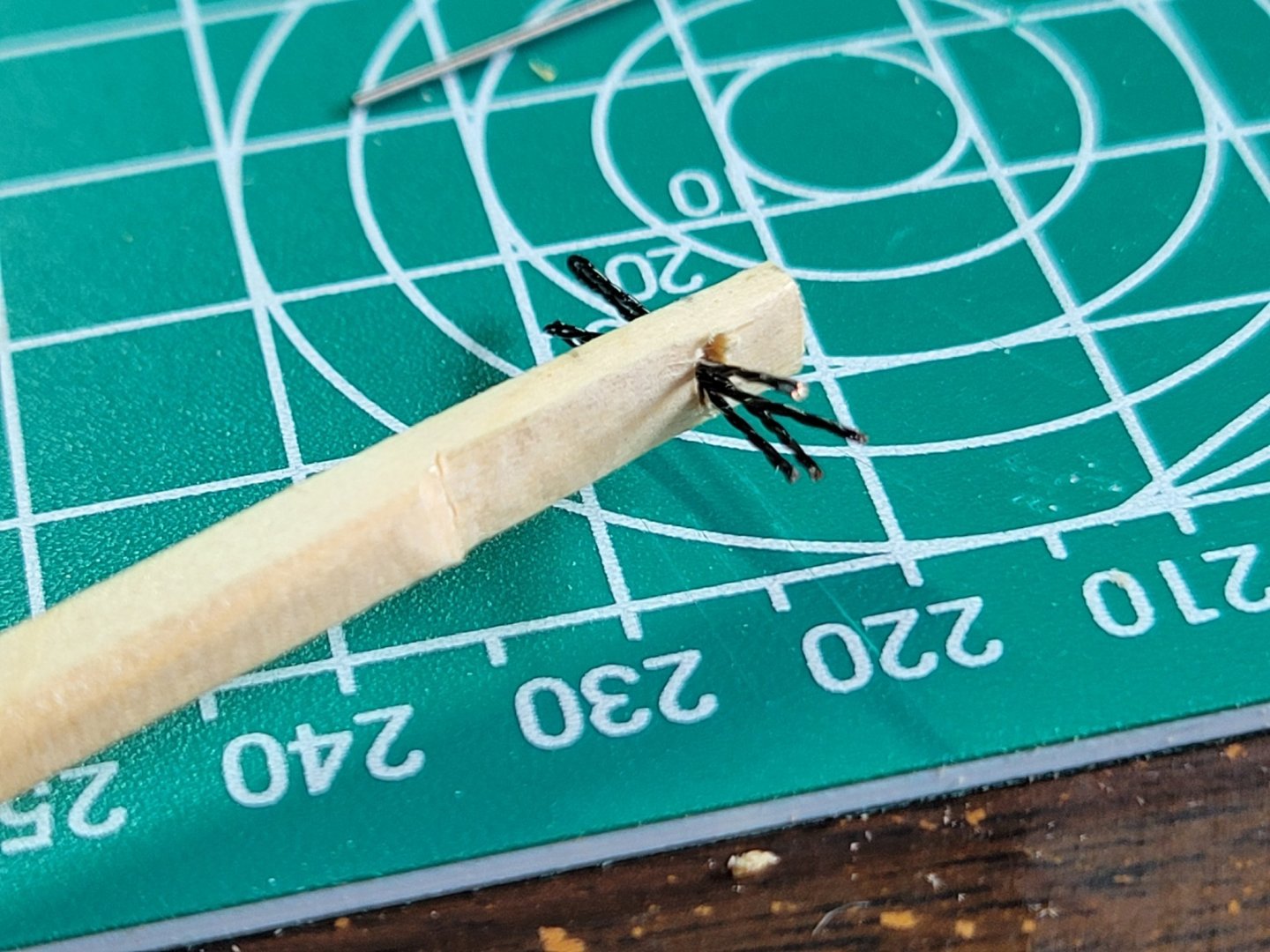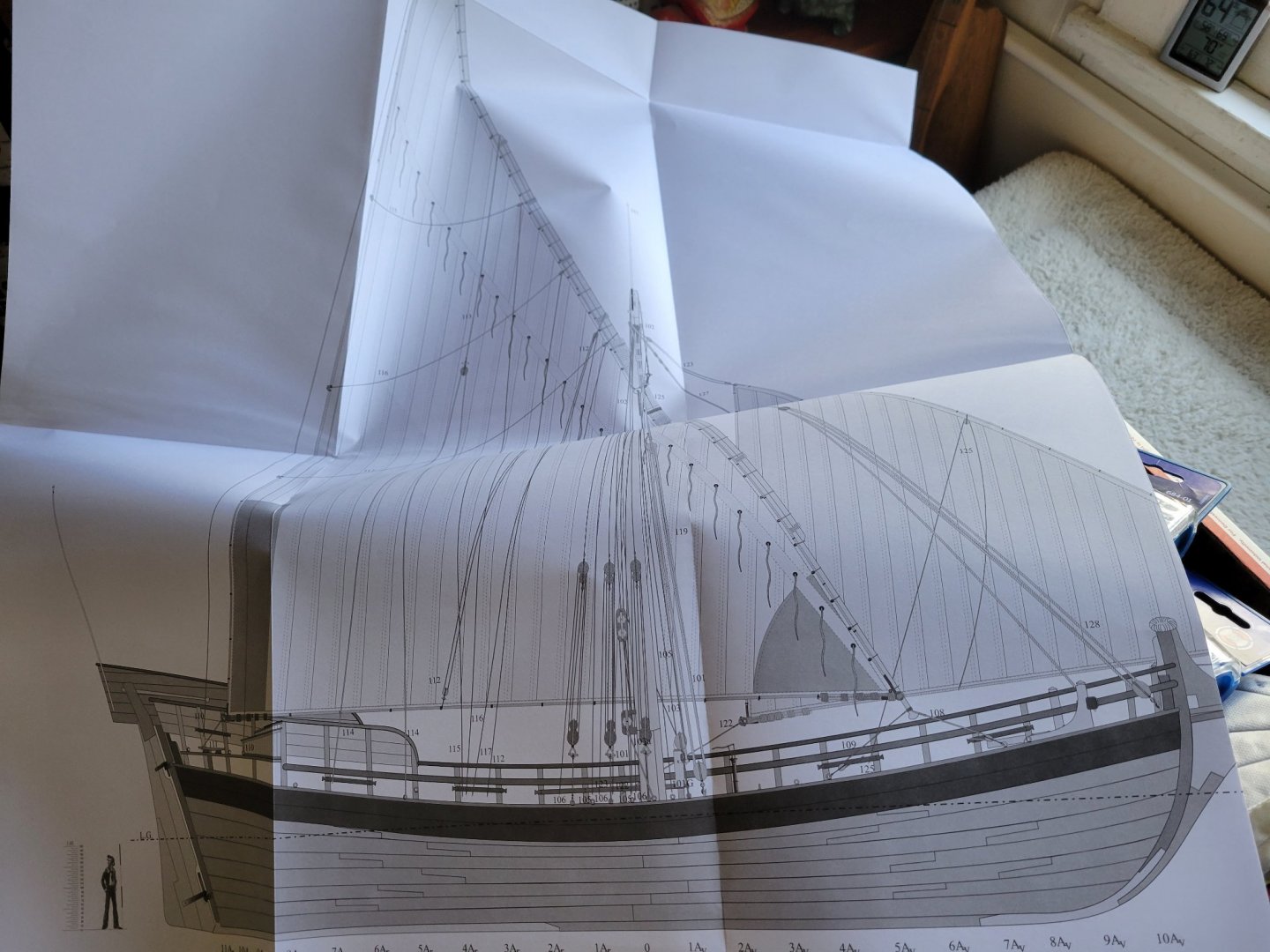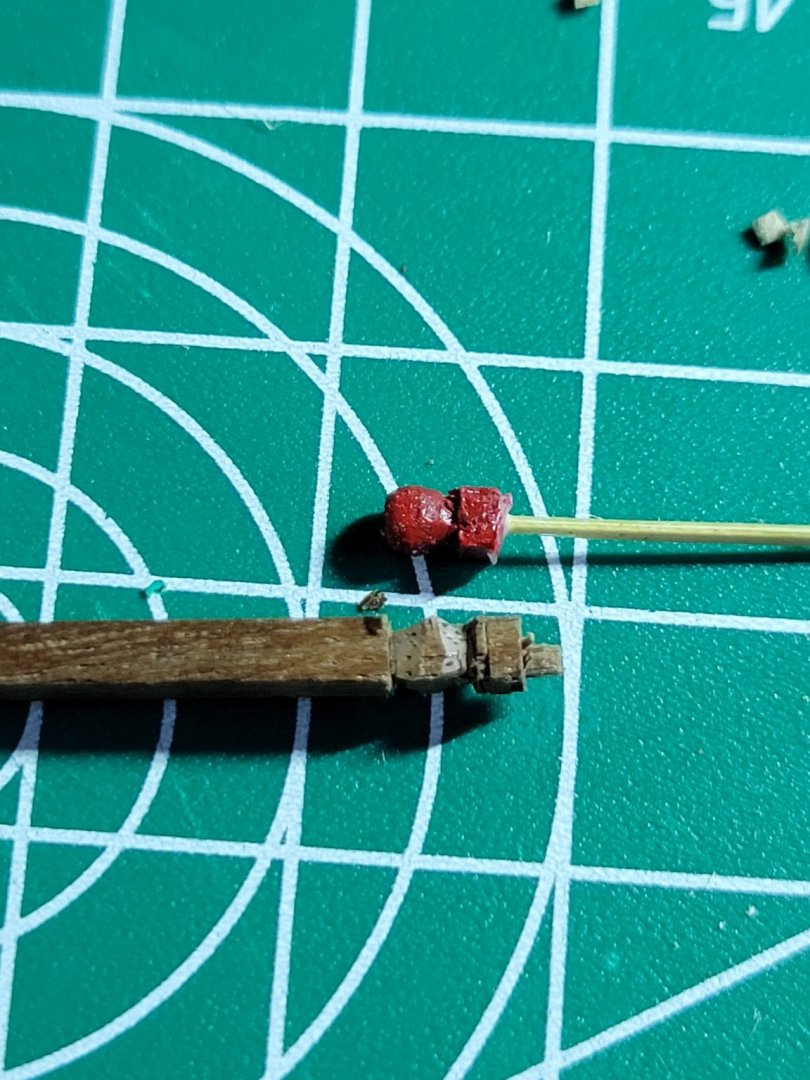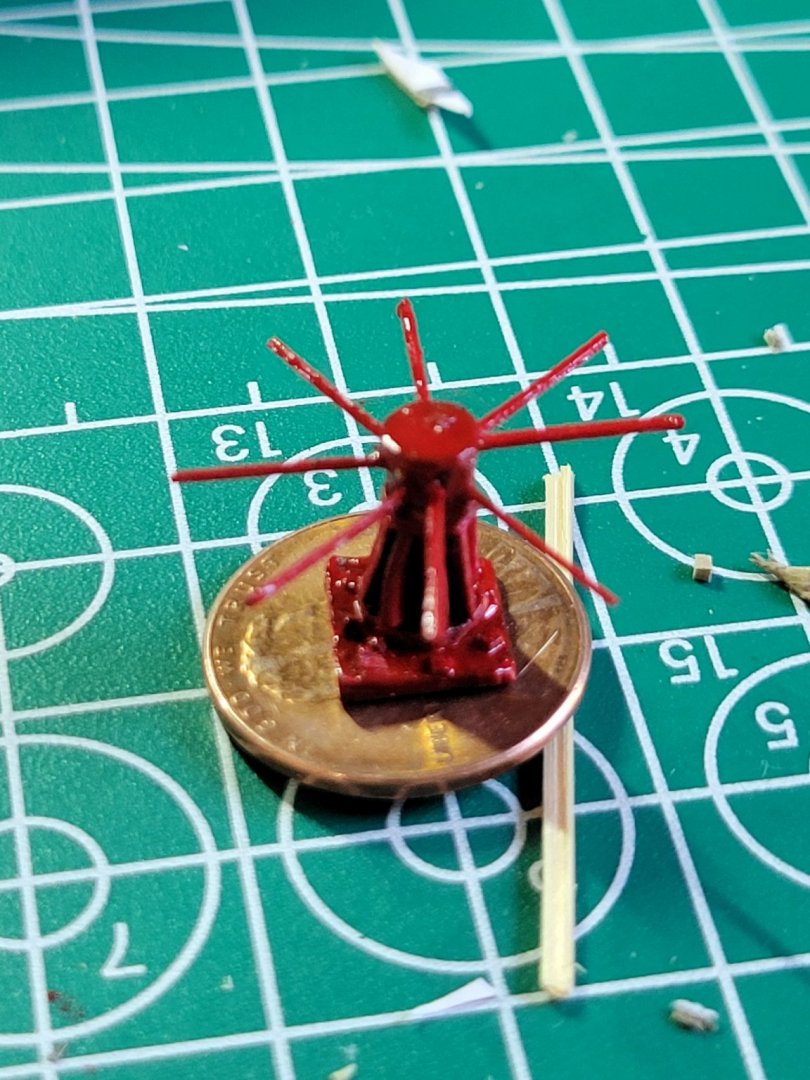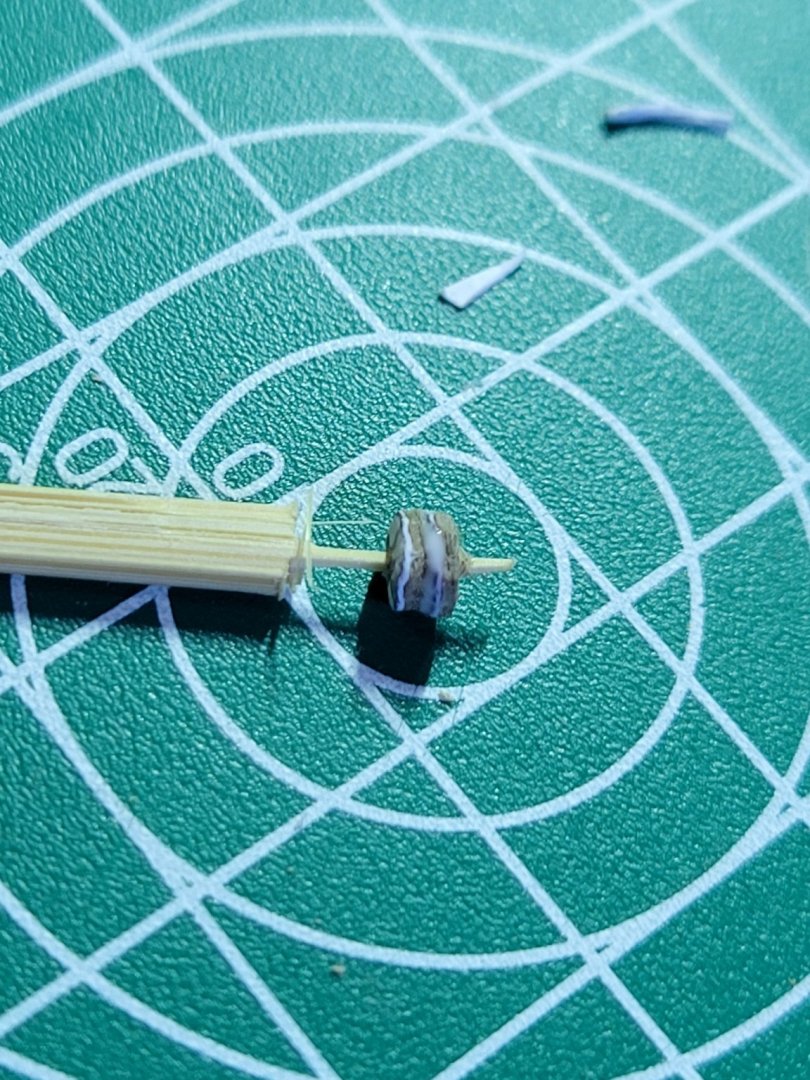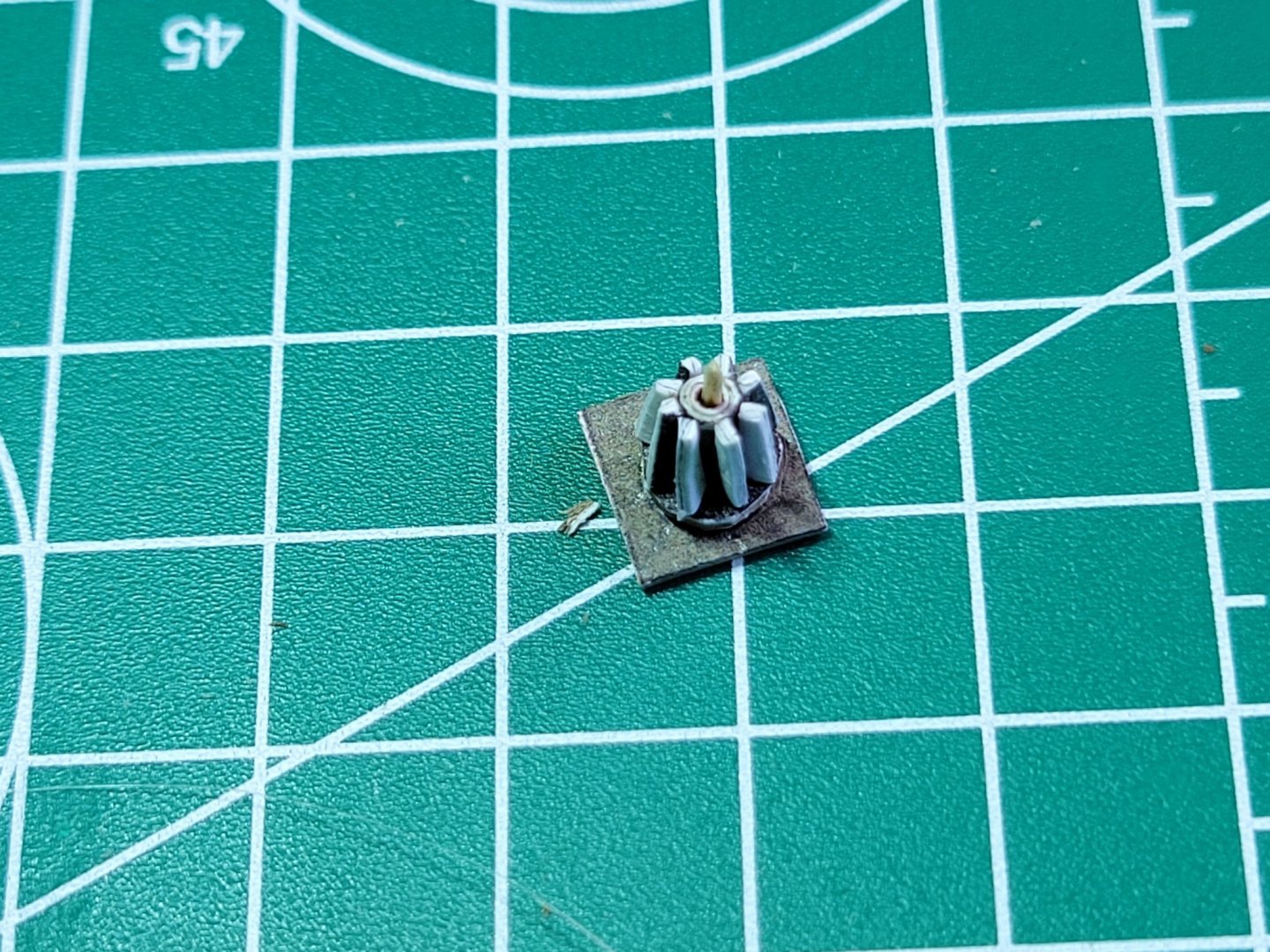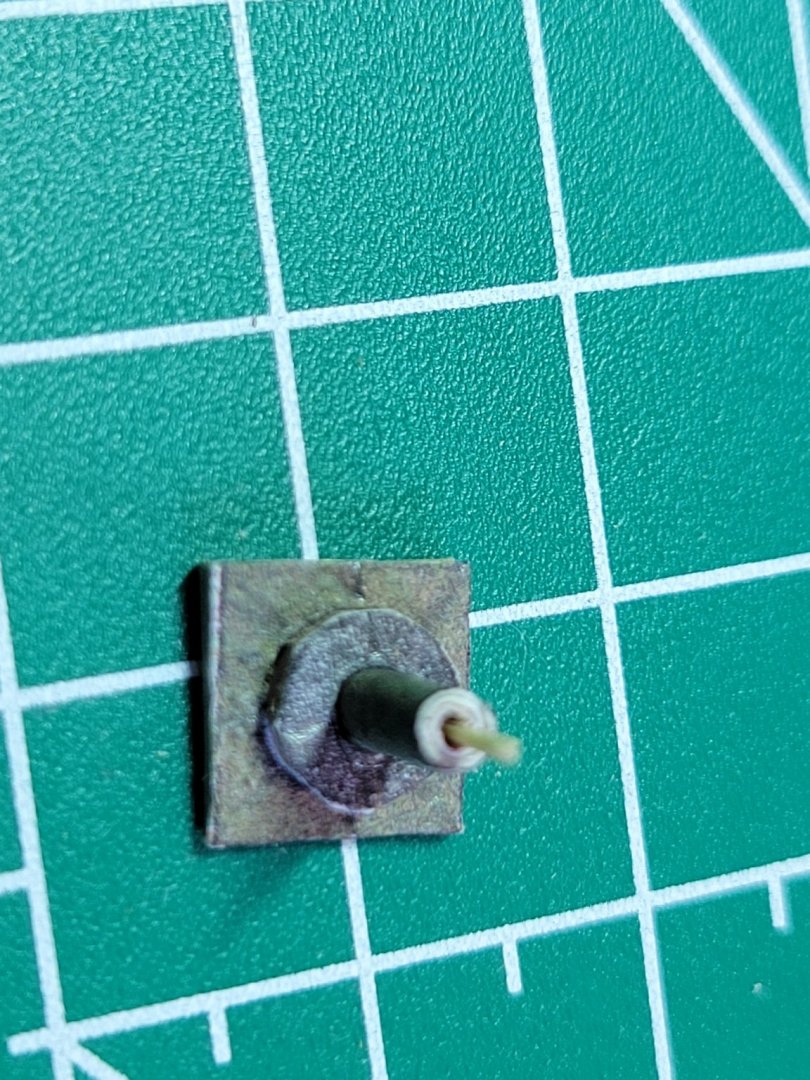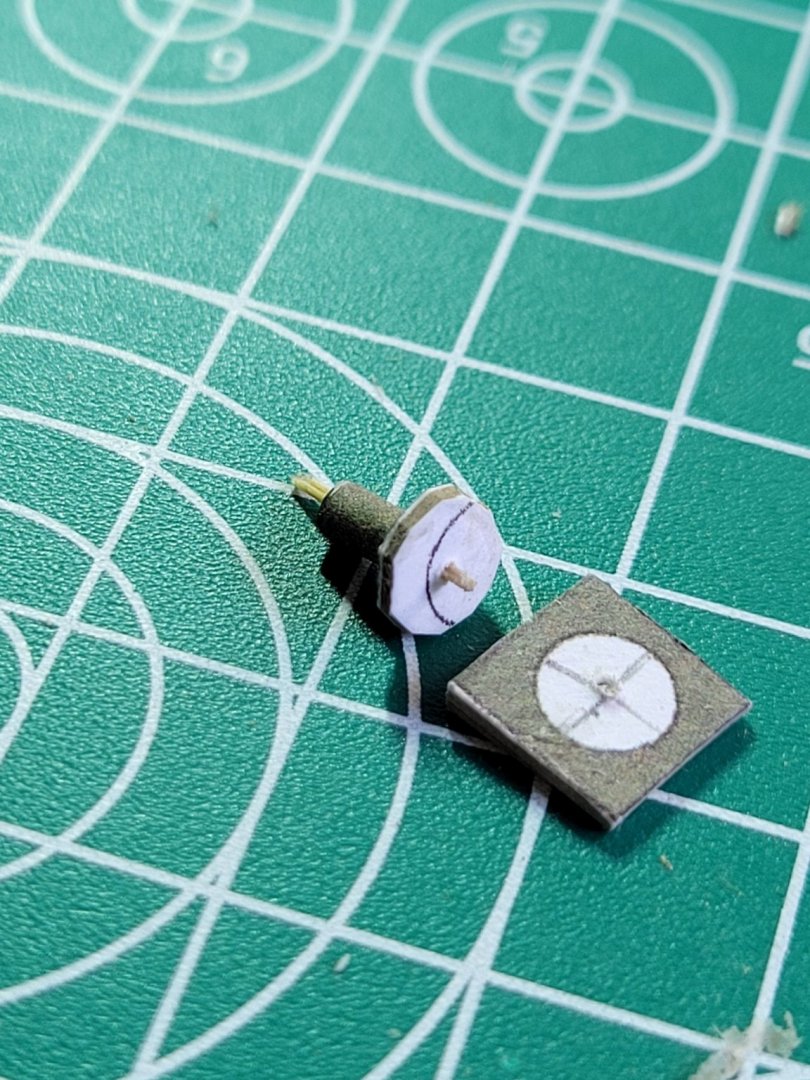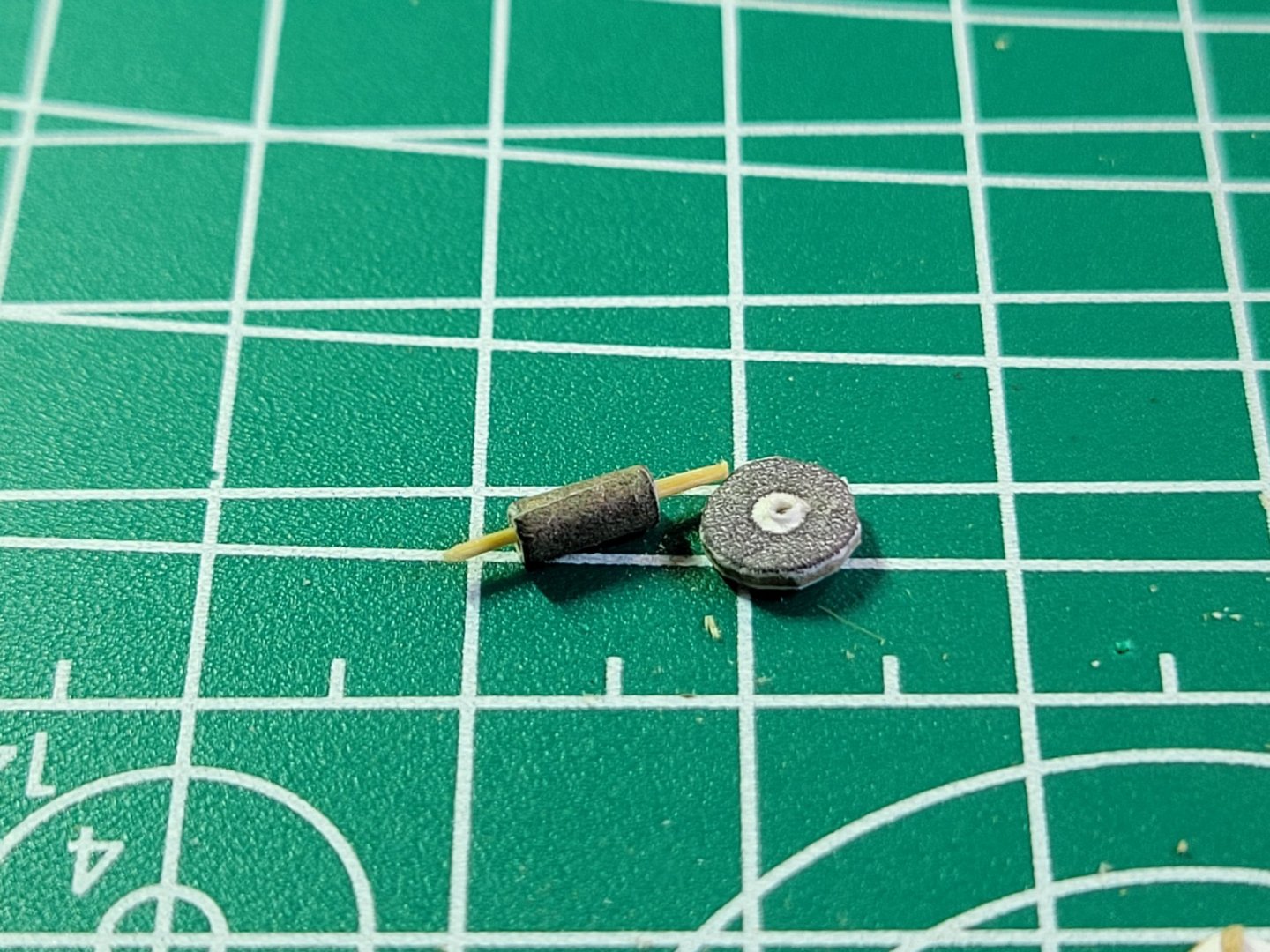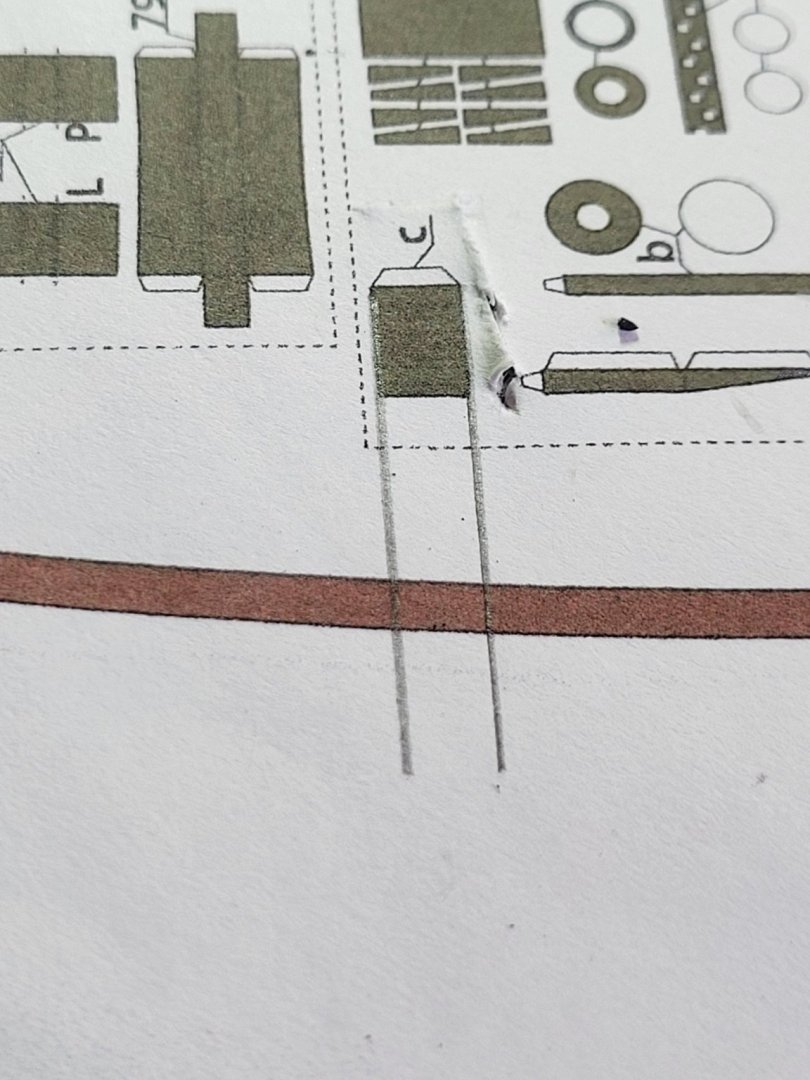-
Posts
86 -
Joined
-
Last visited
Content Type
Profiles
Forums
Gallery
Events
Everything posted by kentyler
-
Staggering the bamboo pins makes it easier to assemble the pieces. Center punching and drilling the holes causes fewer problems if it is done before cutting the frames out. I decided I had to cut the angles on the filler pieces at stem and stern...but had no reference in the plans....so i just winged it. My feeling is that it is more likely i will cut them to thick than to thin....and they will be hard to cut or shape once all the frames are on
-
back to the frames i had to back track. the frames are to narrow and the card to fragile to drill straight holes through 2 pieces glued together so, i cut a new set of pieces (i did figure out that i should drill the pieces before finishing the cutting, so they would not be so slender) and used a push pin as a center punch to start the holes i drilled the holes and sanded down the bumps the drill made when exiting the other side of the piece and then made some very, very slender bamboo pins and pinned all 4 pieces of the frame together before gluing then i glued then and clipped off the ends of the pegs one down, upteen to go
-
found some images from a swan class sloop log by Sturgo that help with my dilema over the bow and stern parts
-
have not resolved that question...so i'll let it hang fire while i cut parts first i cut out the strip from the plans that locates the frames on the keel and used it to mark the keel then i cut out the parts for the center frame (the frames are in 2 layers) based on the notch in the frames my keel is just a little wide.....so i cut the notches a little wider
-
in trying to finish the keel i have to deal with 2 problems, same problem at each end. There are timbers that only show in the plans in the top view. They reasonably look like boards that fill out the stem and stern and give the planks a little more surface to be fastened to. but they don't show up on any illustration or side view so i'm hoping someone can confirm my placement
-
went down a blind alley. there are no convenient 3 dimensional views in these plans and the description of the build in the book skips over all the details. i spent a long time puzzling over the keelson and finally built it with notches for the frames. it wasn't til i got it finished and ended up even more puzzled when i tried to put it into place. the penny finally dropped....the keelson goes "above" the frames. so.....starting over. time to finish the details on the keel, since once the frames are on it will not be possible to sand it...and time to cut the rabbet, always a moment of great anxiety. i am always anxious about having things turn out perfect....it's the thing that keeps me from working on the model and lot of time. so i'm trying to be more relaxed, you know, it's only paper...if i screw up i'll just patch it
-
Rarely. The Elmer's glue does quite a lot. But basically once you sand and paint things are in pretty good shape. I take extras steps only for small or delicate parts...although lately i just make those out of wood (i'm not much of a purist :))
-
and...i run into my first glitch in the plans...at least as I see them. I'm feeling pretty good at this point, so I just trimmed off the excess on part 7
-
For me, there is always a trade off between using thicker card (which is much harder to cut) and building up heavy parts by laminating thinner car. I went the thick card route on this model ..... regretting it already. because my cuts are rarely perfectly perpendicular, I have to smooth and trim the surfaces of any joints so they will be tight.
-
Using heavy card for the keel (did I mention this is a paper model ?) Testing against a jig cut from a spare plan to see that 2 layers of my card will give me the right width Since i need the lines to cut a notch I have to transfer them to the other side of one of my pieces of paper. Gluing up. A little time for the glue to dry and we cut. Long straight lines with shears...smaller cuts with xacto knife. Glue them together and presto, a keel. It will require some sanding and filling and some straightening (you bend it in your hands) then I have to put some blocks on the modeling board to hold it in place. Away we go.....
-
in which i come up with a clever idea cursing and making more blocks the paper is just a little on the soft side and the blocks are too small to hold and do anything with then the lightbulb went off i flattened down some soft wood (chopstick) cut a slot (that will eventually be the hole in the block) and glued the sides of the block on either side and it worked, the blocks are easy to cut off and they are "hard" enough to try and trim down the ends so they don't look so square
- 54 replies
-
- allege darles
- wak
-
(and 1 more)
Tagged with:
-
now for some fiddly bits card blocks at this scale are painful i thread them on a wire to keep track of them cut something of a slot by starting with a knife cut and then using the corner of a square file this is rigging that is not indicated on the model plans, it comes from the Ancre plans
- 54 replies
-
- allege darles
- wak
-
(and 1 more)
Tagged with:
-
poco a poco i decided, for cosmetic reasons, to use the same holes the edge bolt lacing used to fasten the sail to the mast even so, i had to open them up a little with a bamboo awl before i could thread a new line through them
- 54 replies
-
- allege darles
- wak
-
(and 1 more)
Tagged with:
-
I feel you man. The you have to deal with the difference between the two different directions the ropes can be twisted when made...and which side of the ship each kind goes on...and if you are making your own ropes...it gives me a headache.
- 268 replies
-
- panart
- amerigo vespucci
-
(and 1 more)
Tagged with:
-
on to some of the hard bits since my wire "rope" tends to come unravelled so easily when making loops or knots, i tried twisting some to the white up a little harder. i found these great little battery powered led lights..bright and helpful to old eyes, but they tended to fall forwards (often onto the model) so i glued some card extensions onto their bases. The sail has 3 eylets attached to its edge, I started by first bending them to shape....but then it proved impossible to attach them to the bolt rope. So I had to start with a longer piece and loop it through from each side, and then tighten it up. Nice thing about wire is that often you can do things like this without having to get out the krazy glue, the ends just fold back over the bolt rope, get clipped off and we're ready to go. I finally finished all the pesky little reef points and was able to trim them to a common length. Next we have to see about lacing the sail to it's long, long yard.
- 54 replies
-
- allege darles
- wak
-
(and 1 more)
Tagged with:
-
another day in rigging land After all my worries I ended putting the bottom block on upside down its a sign of age that i no am no longer willing to remove it and rebuild the whole thing "correctly" Going to have to wait until I can get all the rigging on the main mast, and hang the sail as well, i think, before i dare glue the mast in So I'm back to working on the reef points...they drive me crazy I can tie a little knot on one side...but not successfully on the other That stumped me for a long time Then i realized it didn't actually have to be a knot, it just sort of had to look like one so now i make a couple of tight coils and sort of mash them together into a blob on the off side...sort of looks like a knot
- 54 replies
-
- allege darles
- wak
-
(and 1 more)
Tagged with:
-
So, taking the bull by the horns...we start on the rigging i mated an old hand drill with the minature drill holder to make something to use to twist the rope i tried 2 strand and 3 strand... i've decided i like the antique white...i've never found a way of doing the running rigging unbleached that satisfied me...maybe this will work out so i started with the big 4 sheave blocks at the base of the mast they are way to small for me to think of actually inserting the pulleys, but my "fake" slot seems to have worked so i guess have to commit and starting gluing things i'm never quite sure i'm doing the rigging in an order that won't trap me in the end my ambition is to someday build a model where the masts can be taken down and then rerigged like a real ship
- 54 replies
-
- allege darles
- wak
-
(and 1 more)
Tagged with:
-
daily changes. I gave up on the paper block at the mast top with 2 sheeves in it and built it out of wood. instead of trying to make it as small as needed i used some oversized pieces of bamboo and after they glue had dried i trimmed it to size. i did add faceplates from the paper parts to get the appearance of the "slots" There are wooden blocks on the mast with 4 pulleys in in them, but the size was too small for me to cut the 4 slots, so i just cut one slot across the top and all 4 lines will go through that. i think it will give the right illusion. I did get some more reference material. The good news is i now know everything i need to know about the rigging, and all its details. The bad news is...
- 54 replies
-
- allege darles
- wak
-
(and 1 more)
Tagged with:
-
Back after a big gap. Built the capstan...which is just a little past my ability to see... Decided to try "pinning" parts, so a small bamboo pin was used up the center... bars are also bamboo. Since I am painting everything it gives me some freedom. I prefer to roll parts like the center of the capstan rather than to form the cylinders by gluing a paper part in a circle. You can see how i extended the kit part to be longer...and then rolled it into the right sized barrel. A couple of the bollards got knocked off in the interim, one was found...i'm adding a "pin" to it, a new one had to be carved from walnut, so i made the pin an integral part of it
- 54 replies
-
- allege darles
- wak
-
(and 1 more)
Tagged with:
-

Die Kogge Von Bremen by kentyler
kentyler replied to kentyler's topic in - Subjects built Up to and including 1500 AD
It's not nice to make fun of the poor boat builders
About us
Modelshipworld - Advancing Ship Modeling through Research
SSL Secured
Your security is important for us so this Website is SSL-Secured
NRG Mailing Address
Nautical Research Guild
237 South Lincoln Street
Westmont IL, 60559-1917
Model Ship World ® and the MSW logo are Registered Trademarks, and belong to the Nautical Research Guild (United States Patent and Trademark Office: No. 6,929,264 & No. 6,929,274, registered Dec. 20, 2022)
Helpful Links
About the NRG
If you enjoy building ship models that are historically accurate as well as beautiful, then The Nautical Research Guild (NRG) is just right for you.
The Guild is a non-profit educational organization whose mission is to “Advance Ship Modeling Through Research”. We provide support to our members in their efforts to raise the quality of their model ships.
The Nautical Research Guild has published our world-renowned quarterly magazine, The Nautical Research Journal, since 1955. The pages of the Journal are full of articles by accomplished ship modelers who show you how they create those exquisite details on their models, and by maritime historians who show you the correct details to build. The Journal is available in both print and digital editions. Go to the NRG web site (www.thenrg.org) to download a complimentary digital copy of the Journal. The NRG also publishes plan sets, books and compilations of back issues of the Journal and the former Ships in Scale and Model Ship Builder magazines.


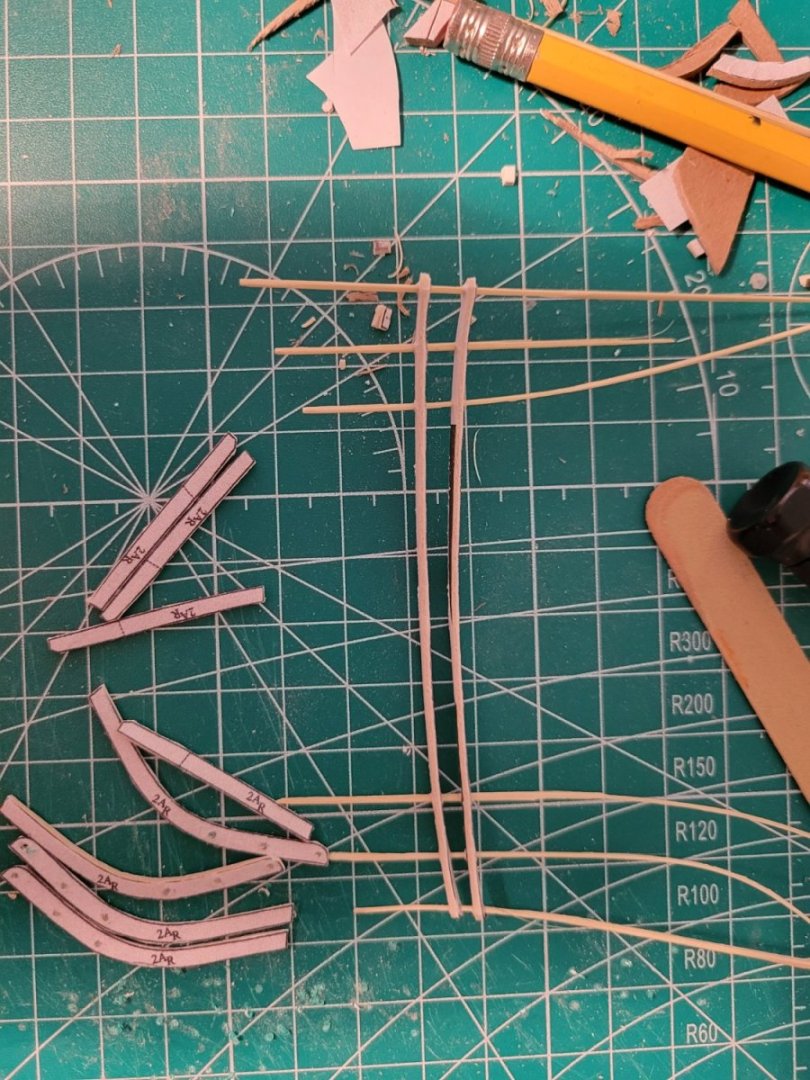
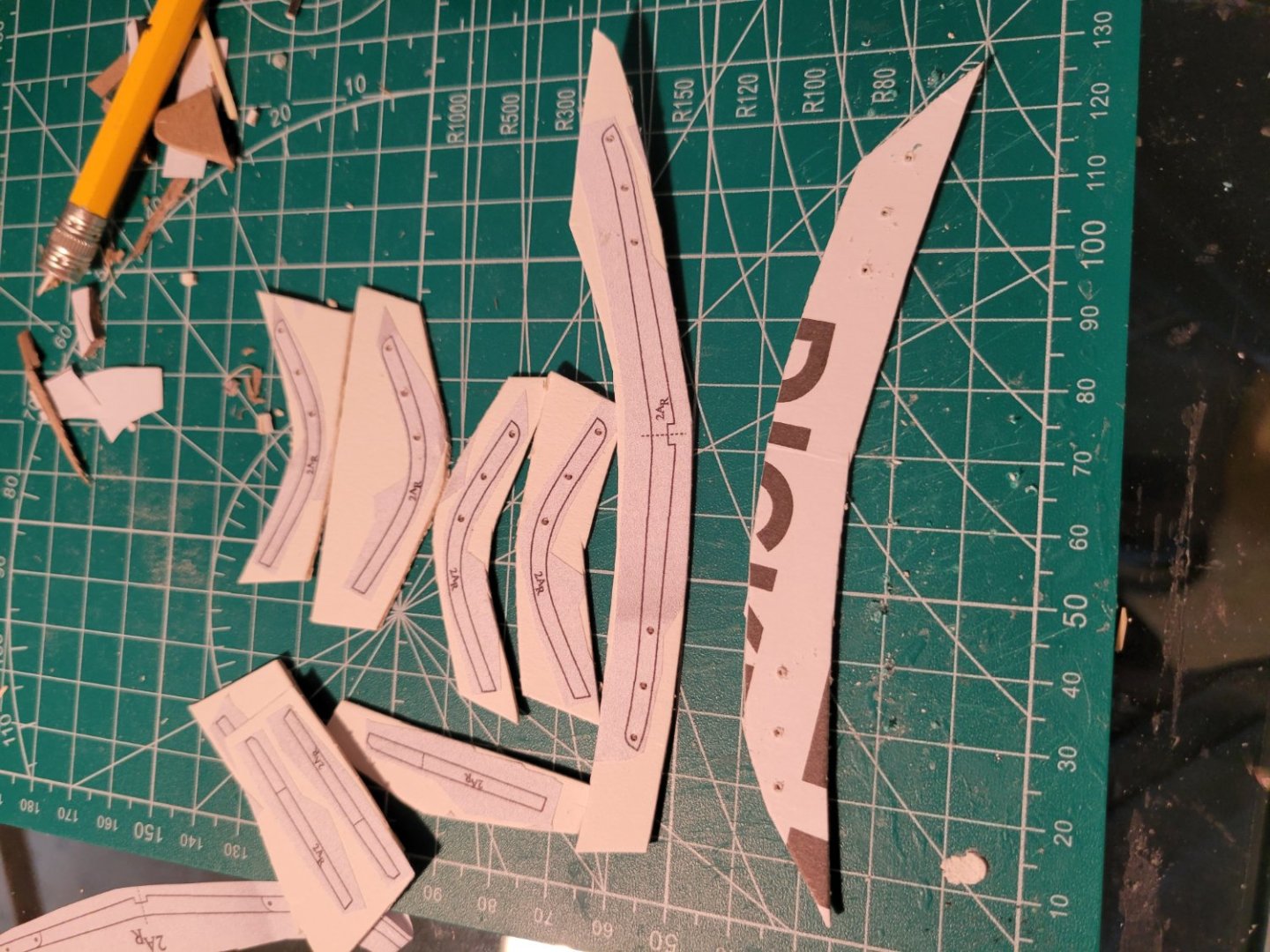
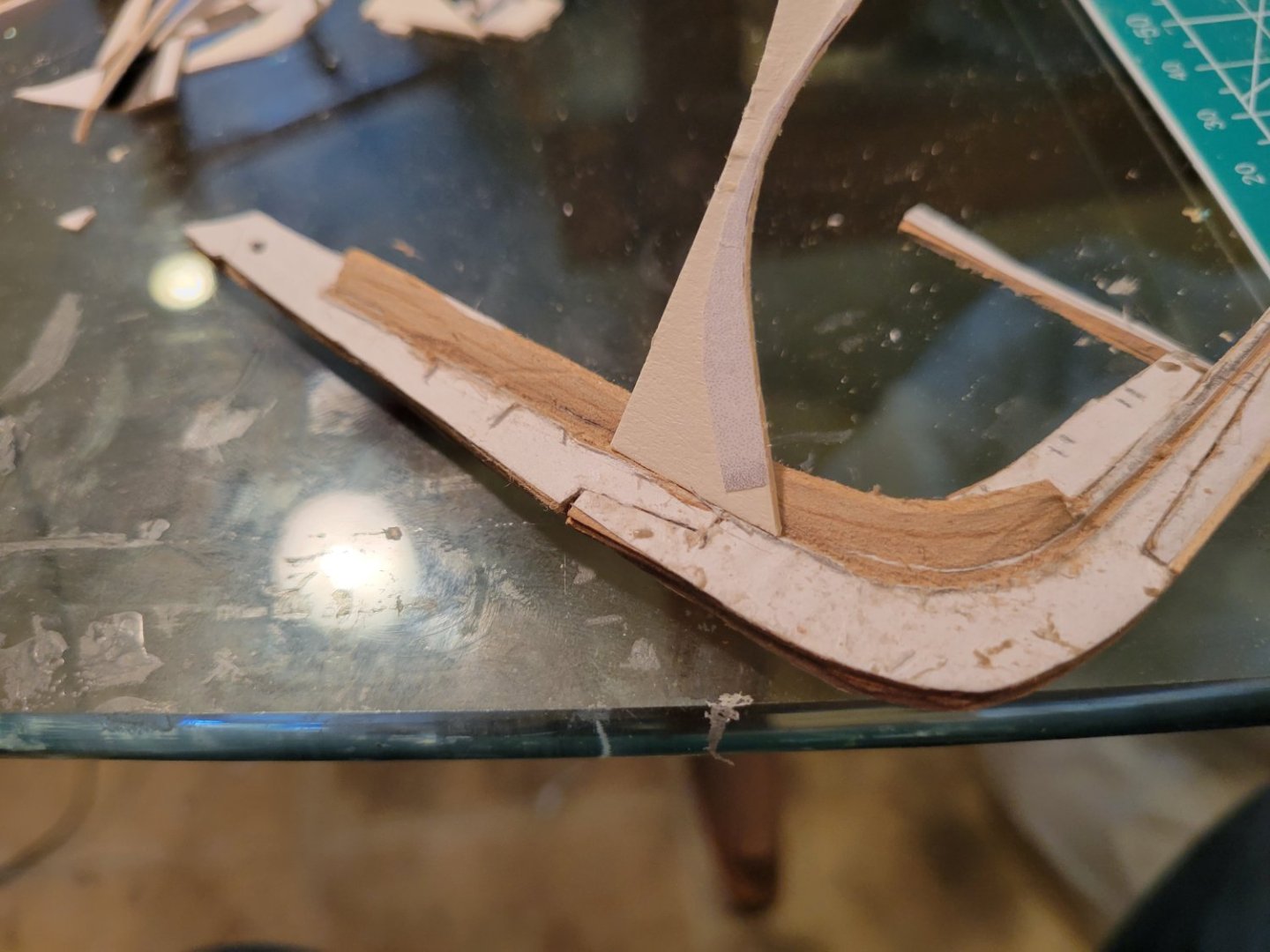
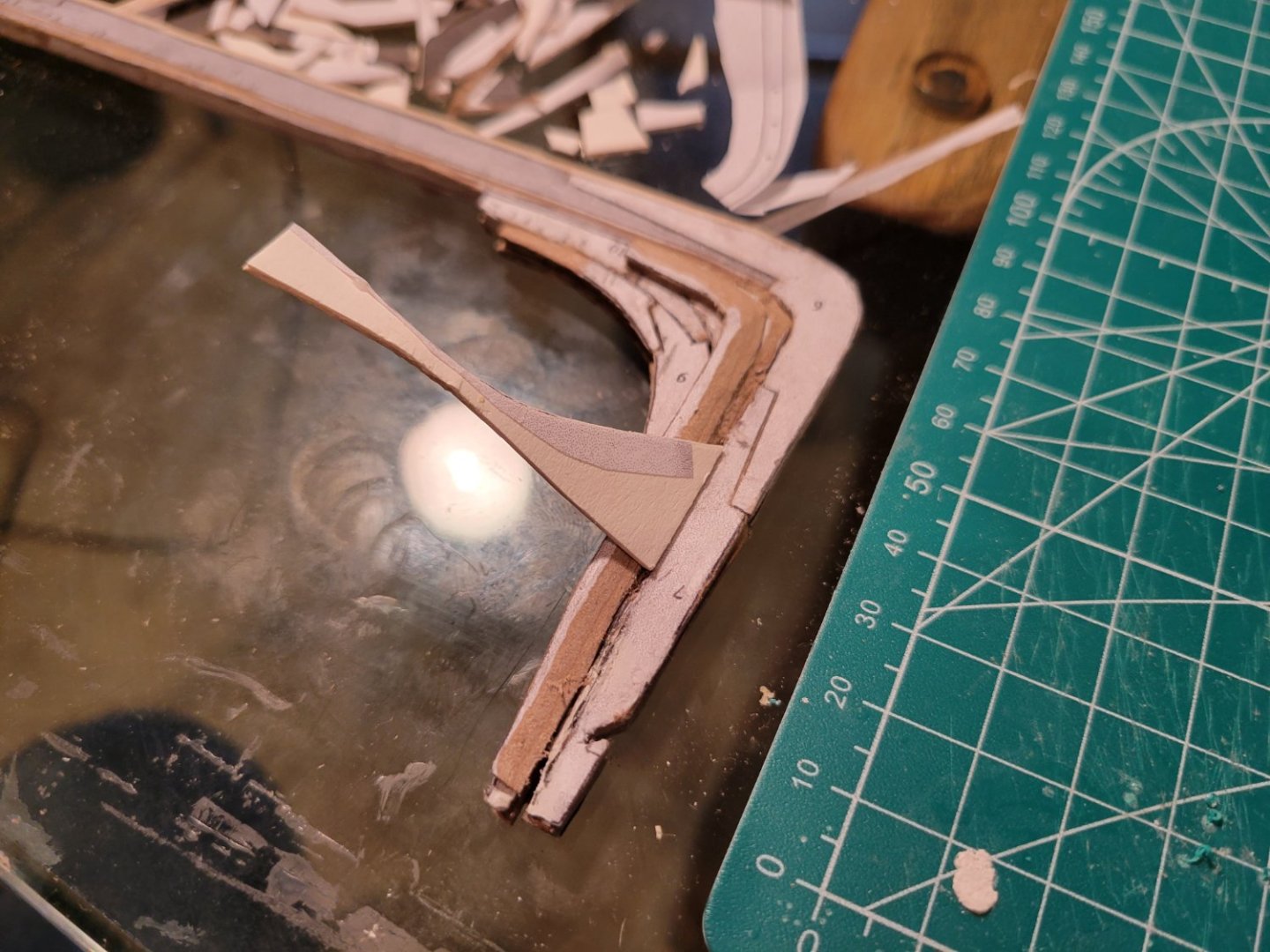


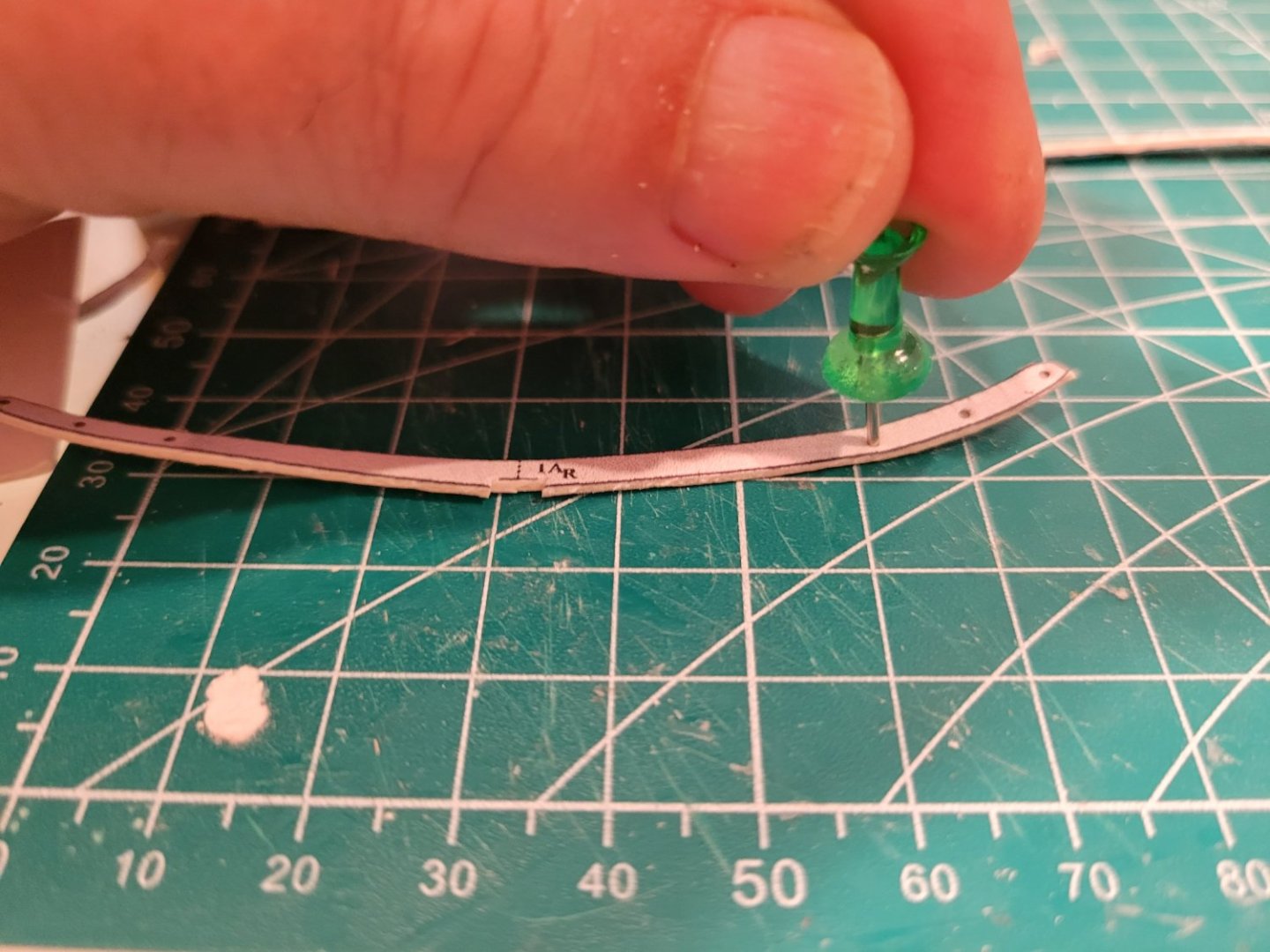
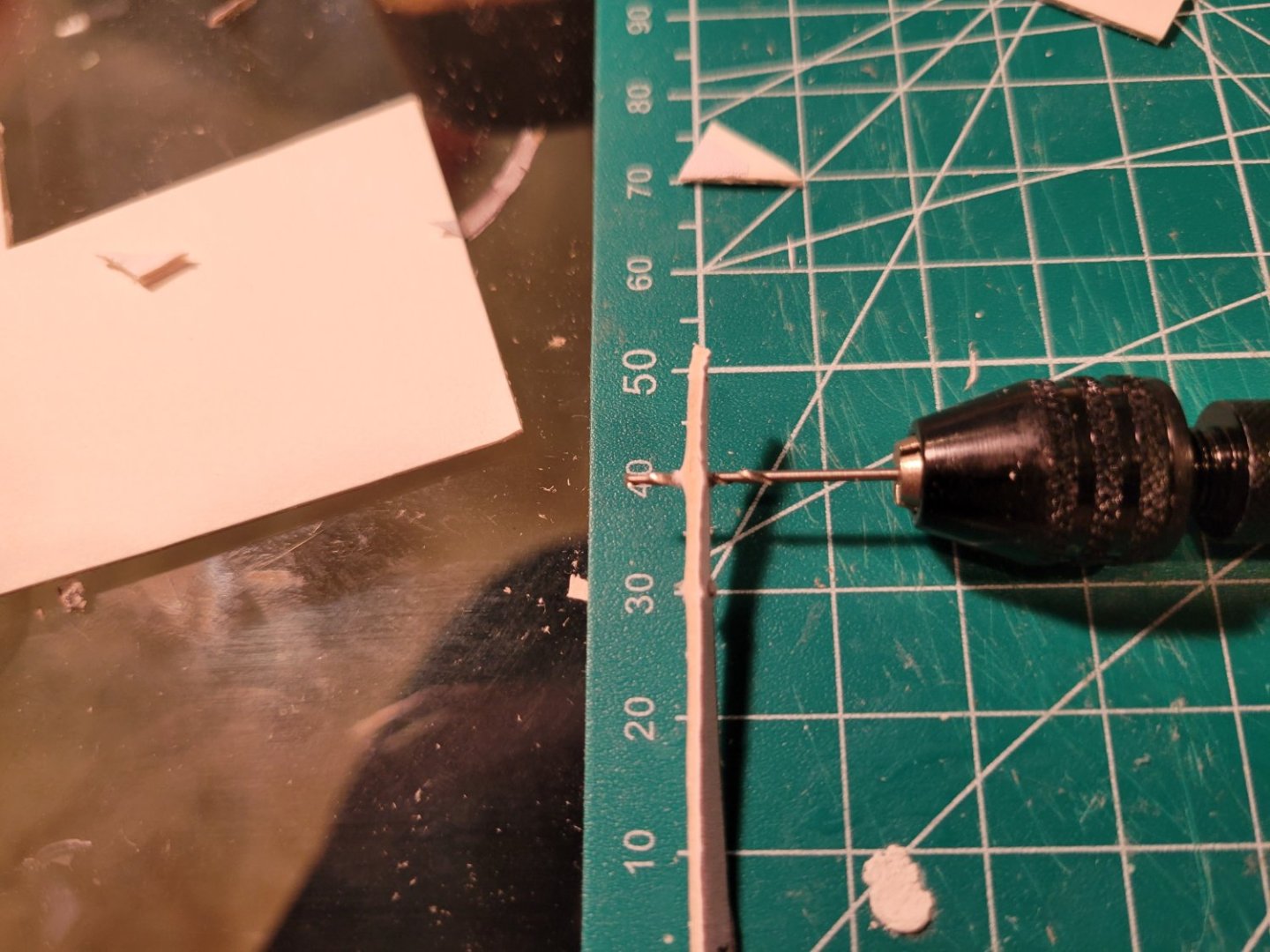
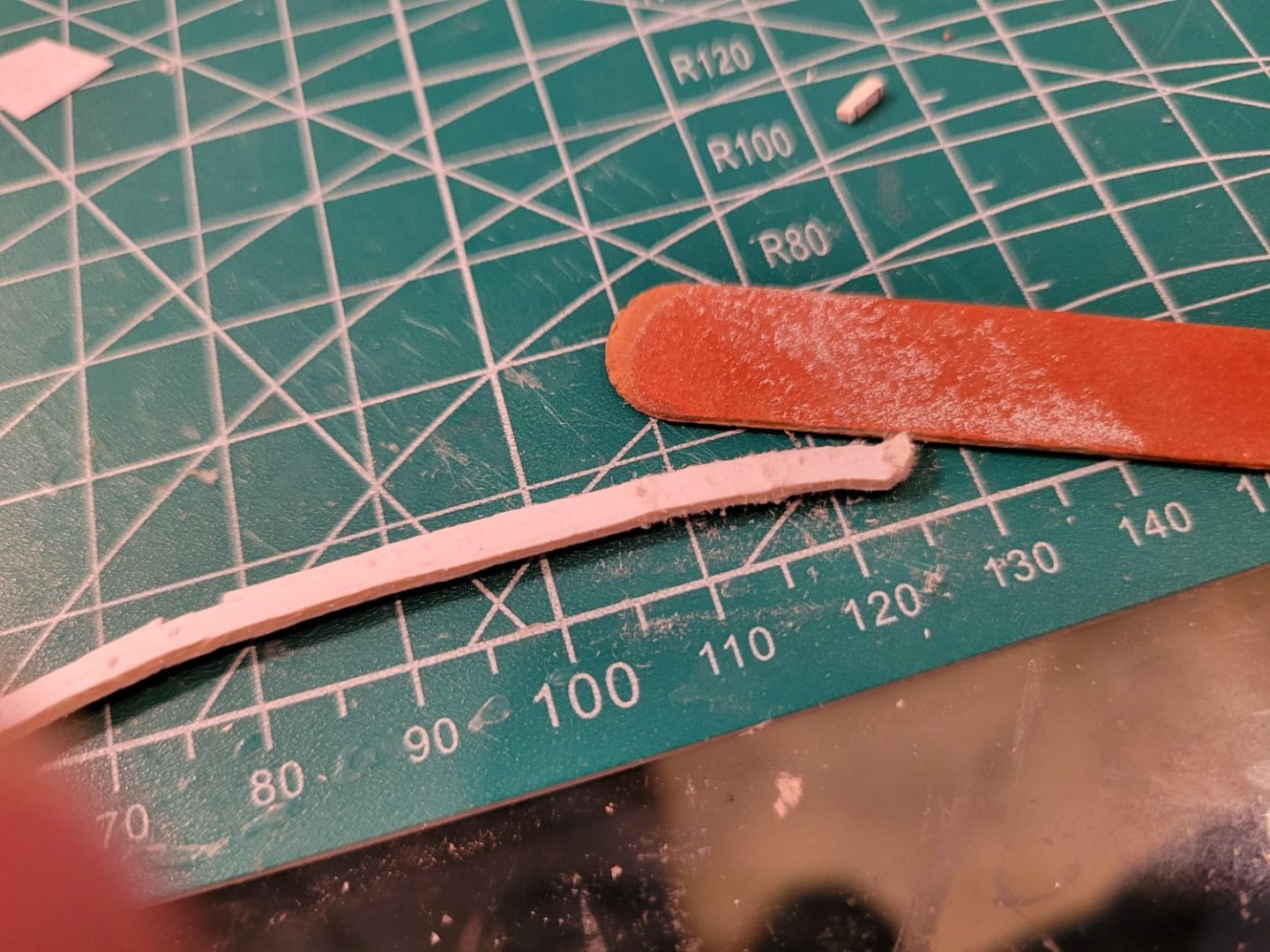
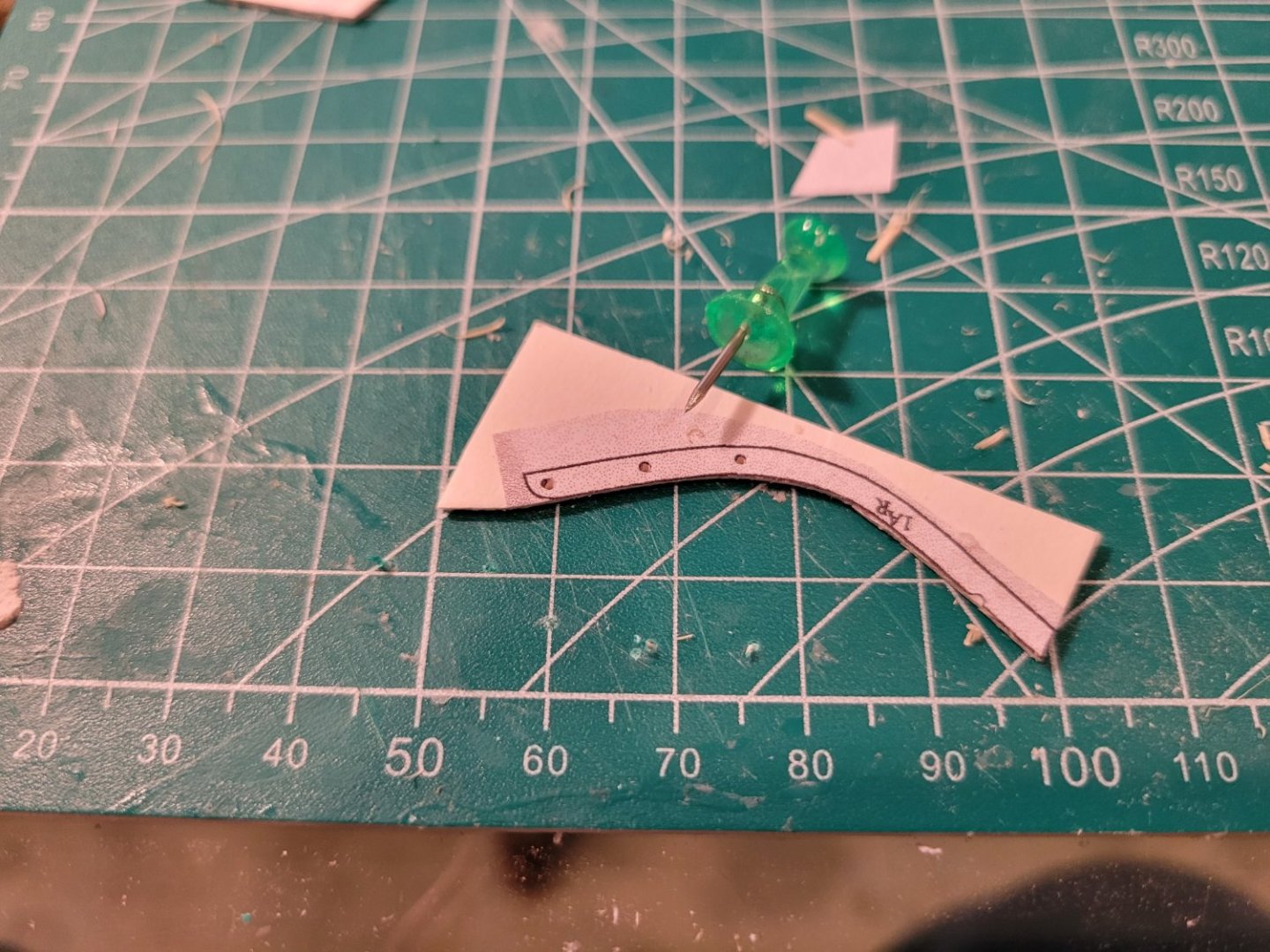
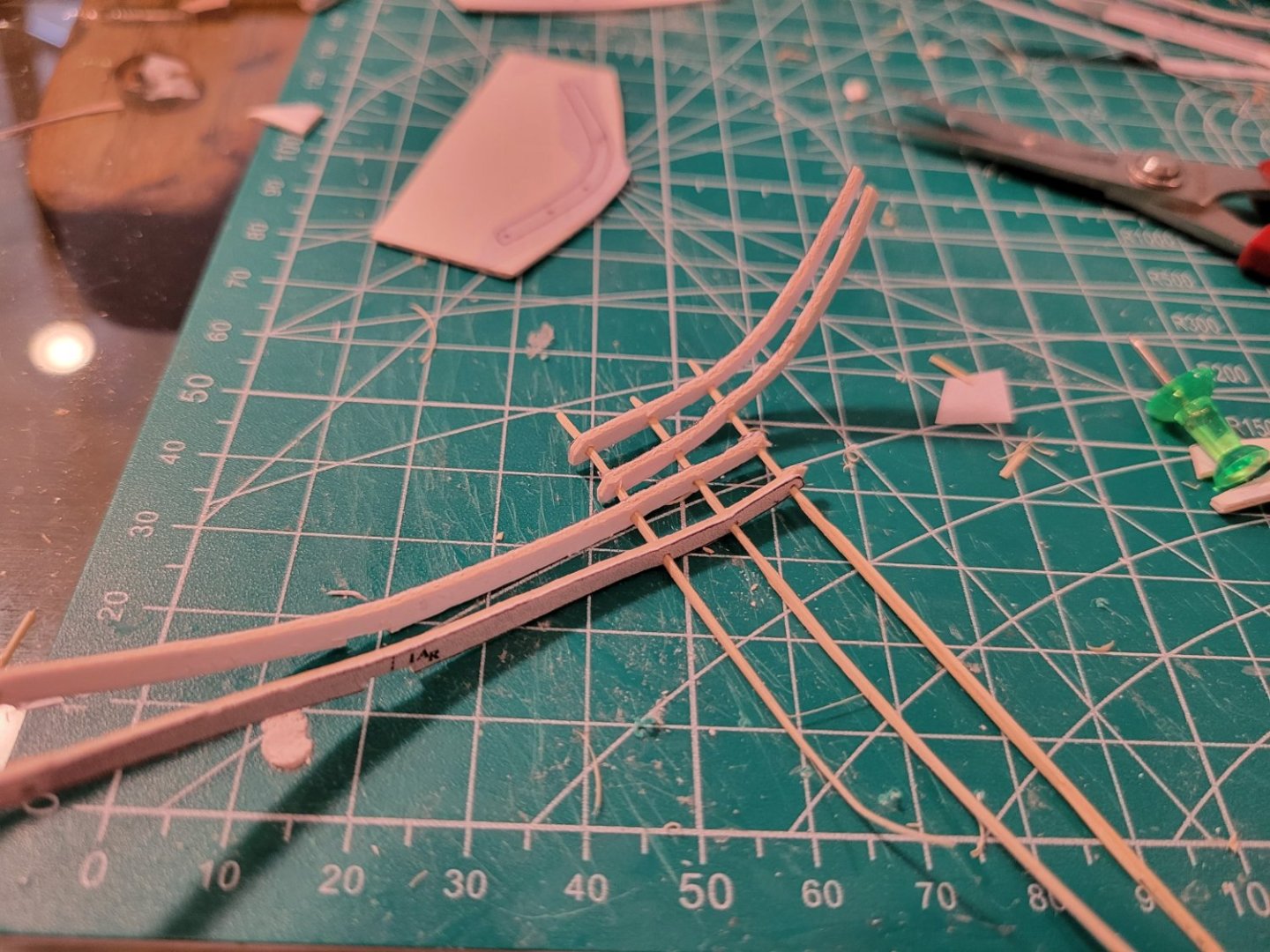
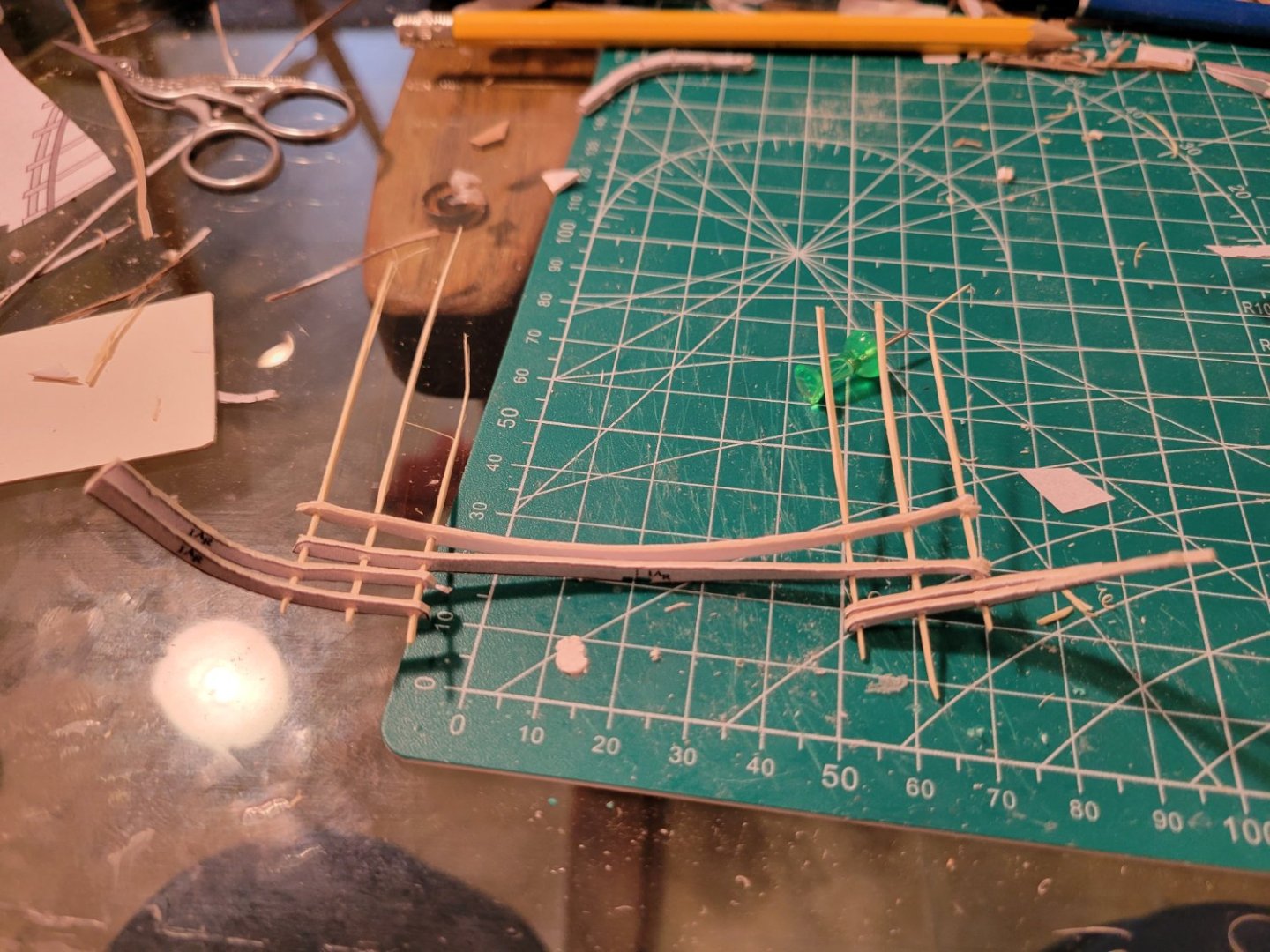
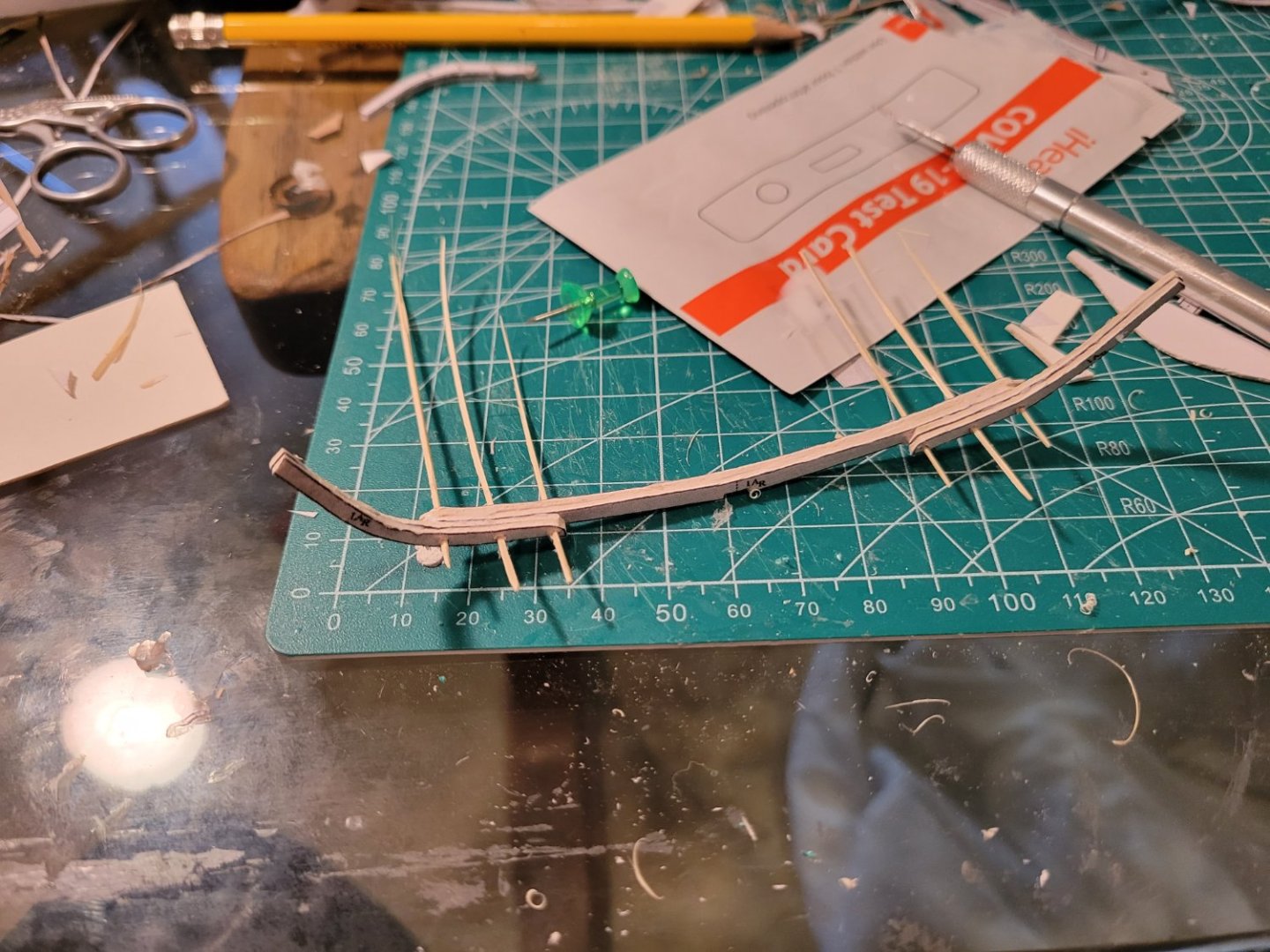
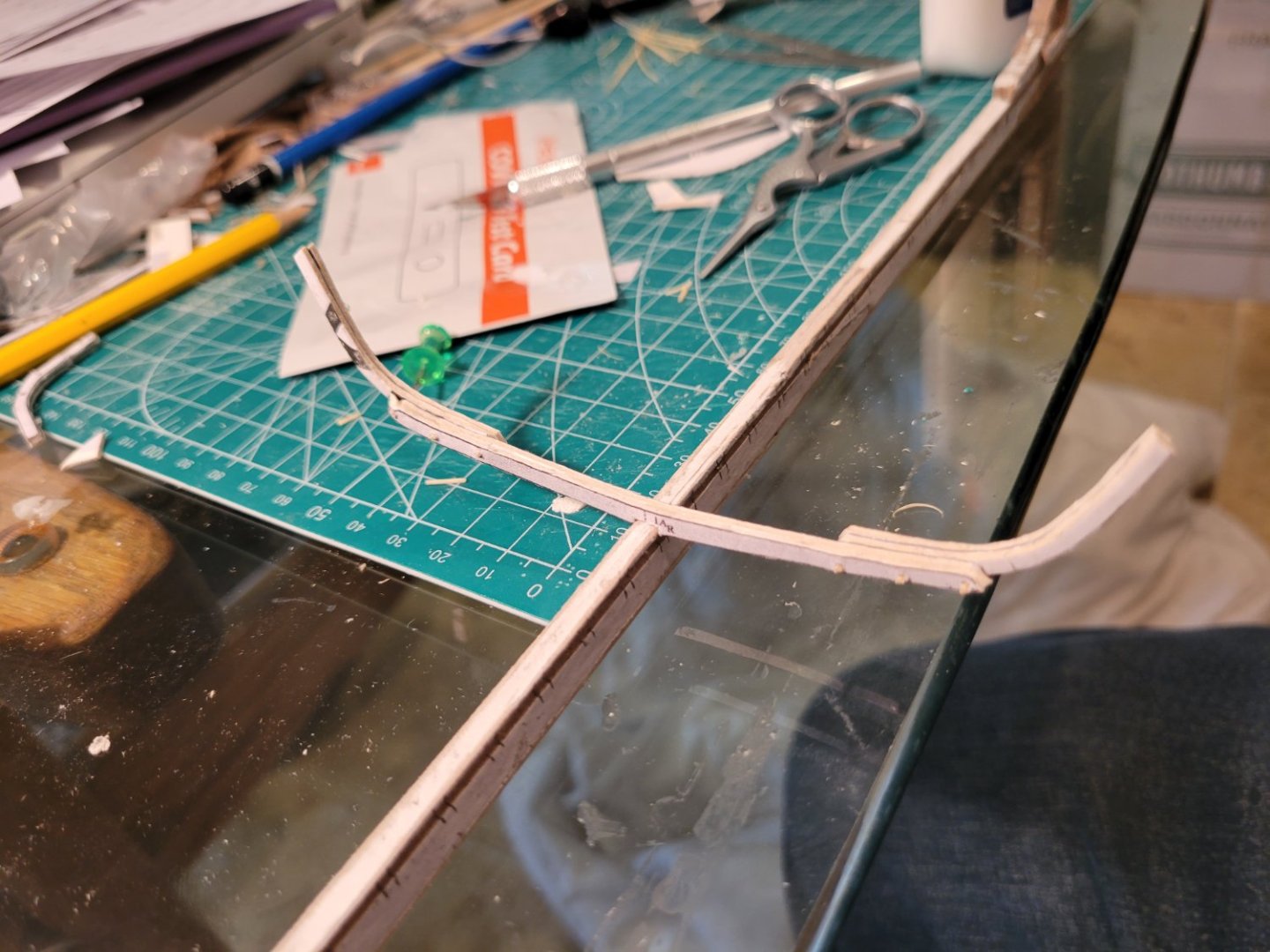
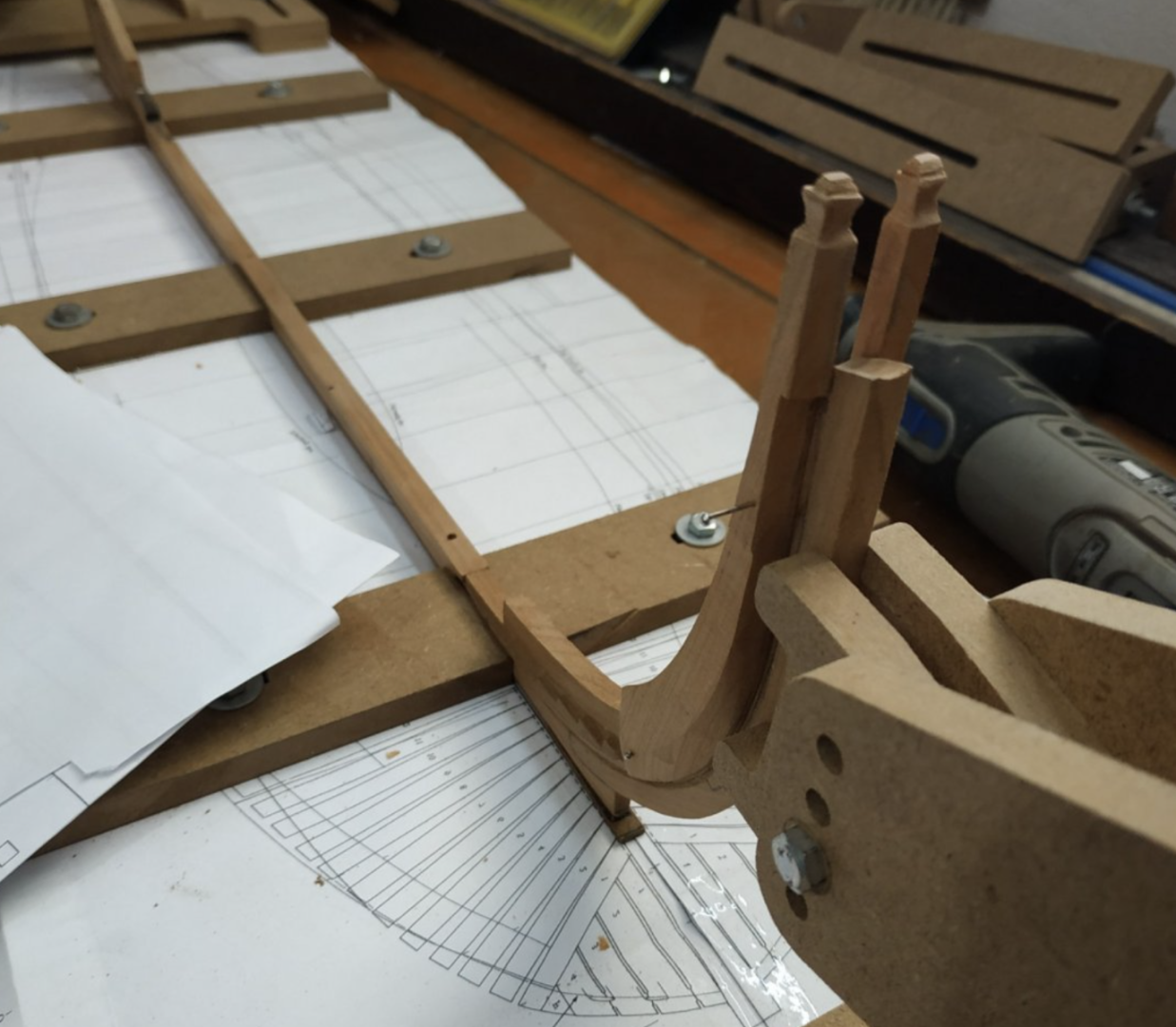
.thumb.jpg.6adc3f1d91ebfdde56ae3511c360b8ec.jpg)
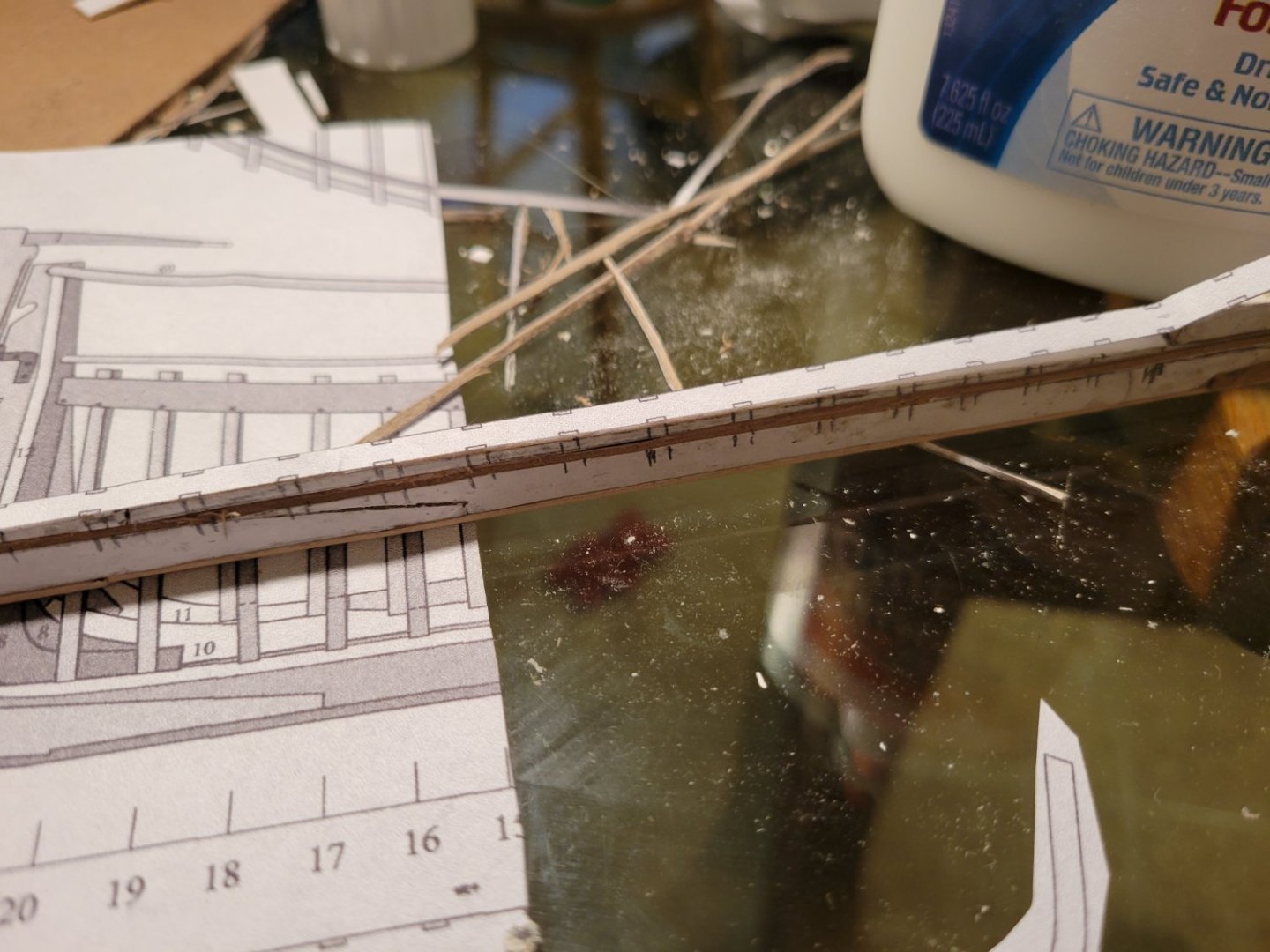
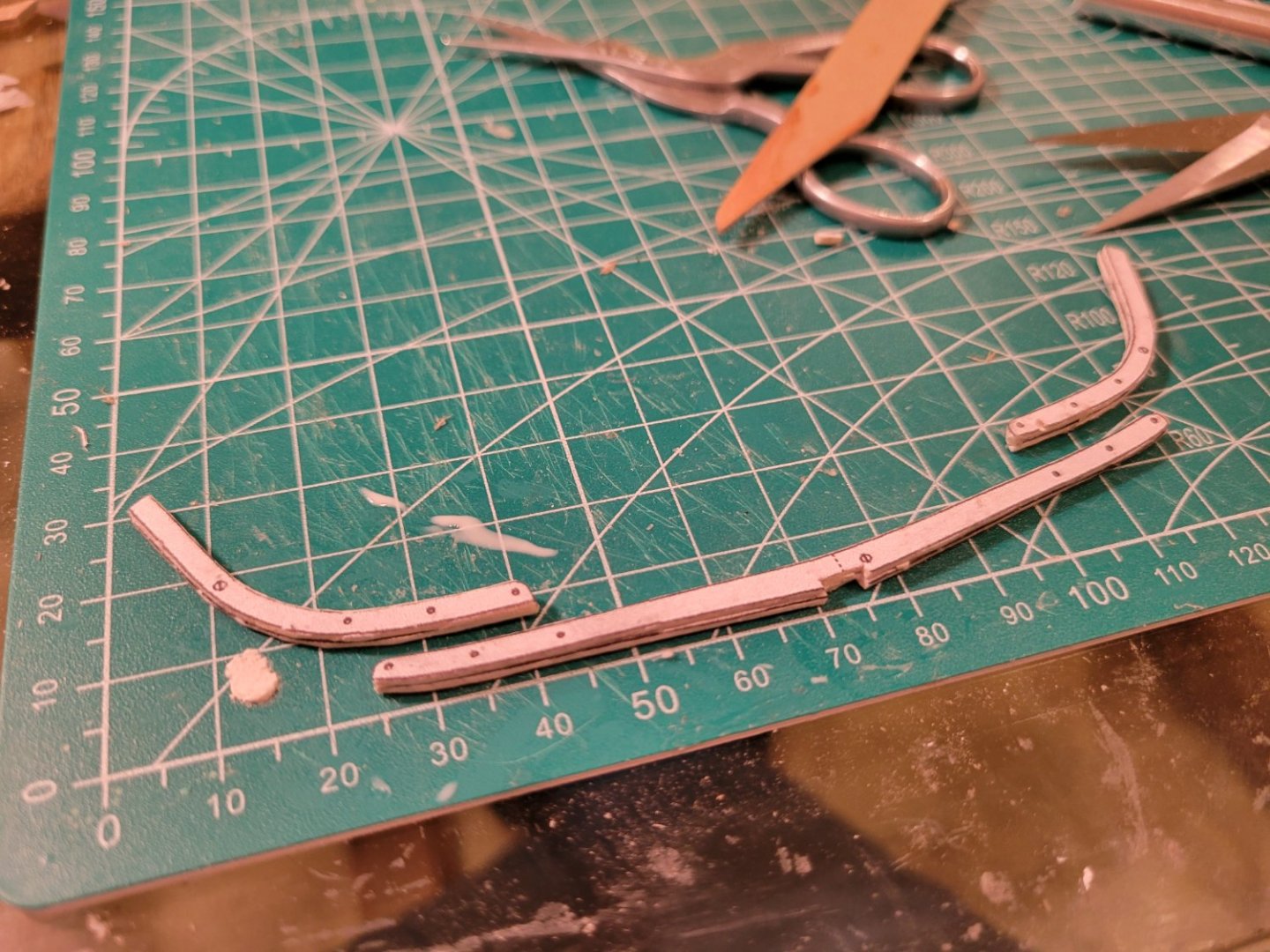
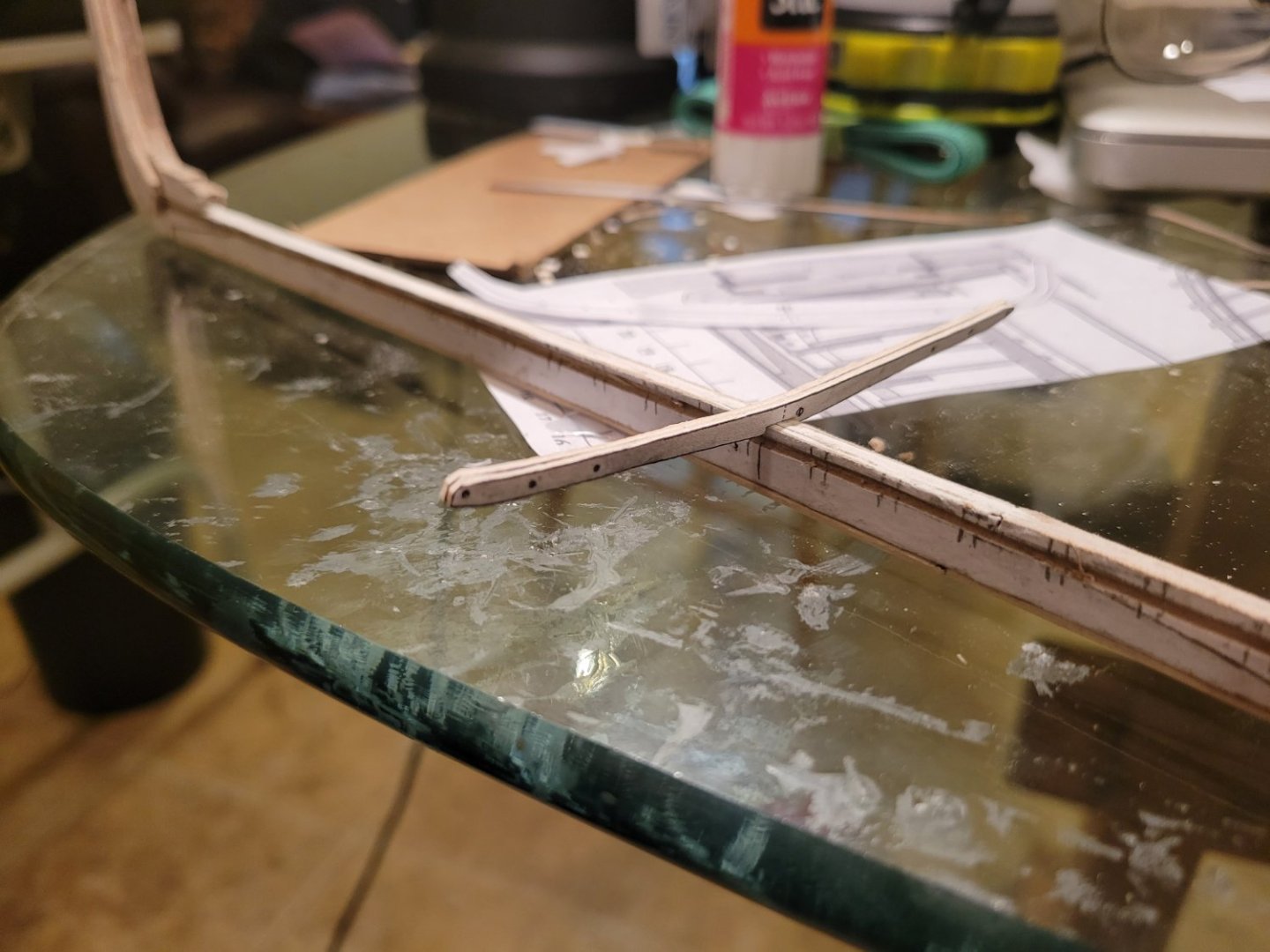
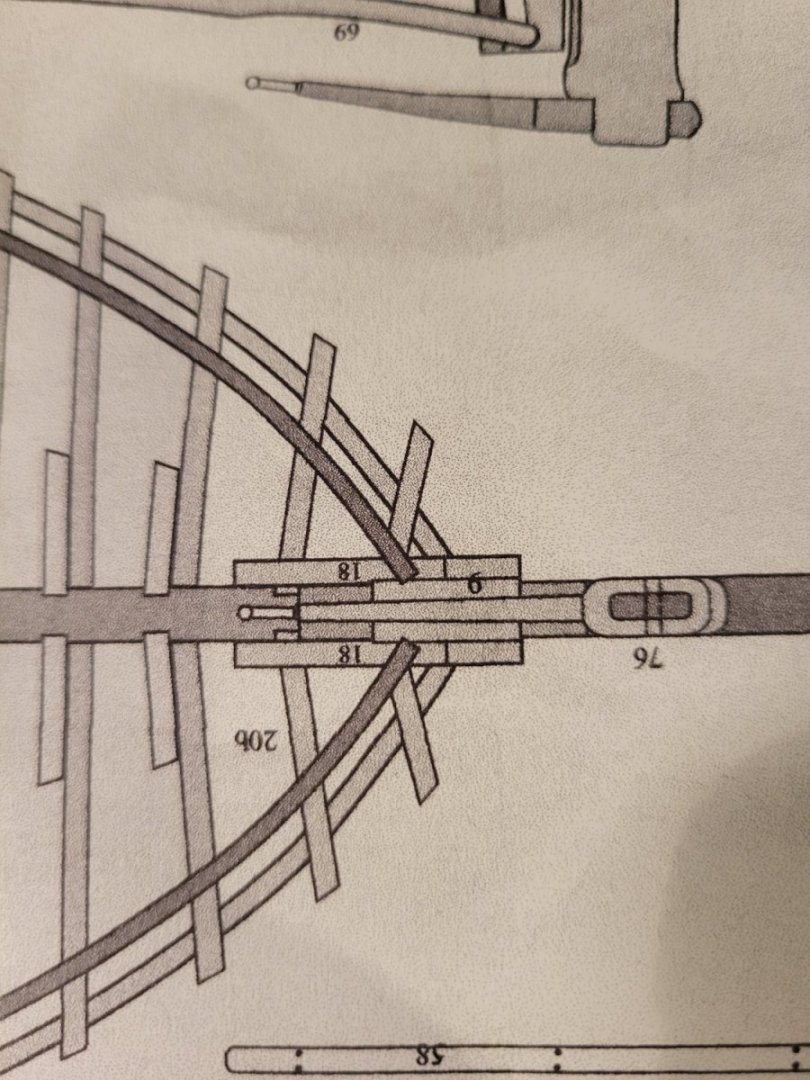
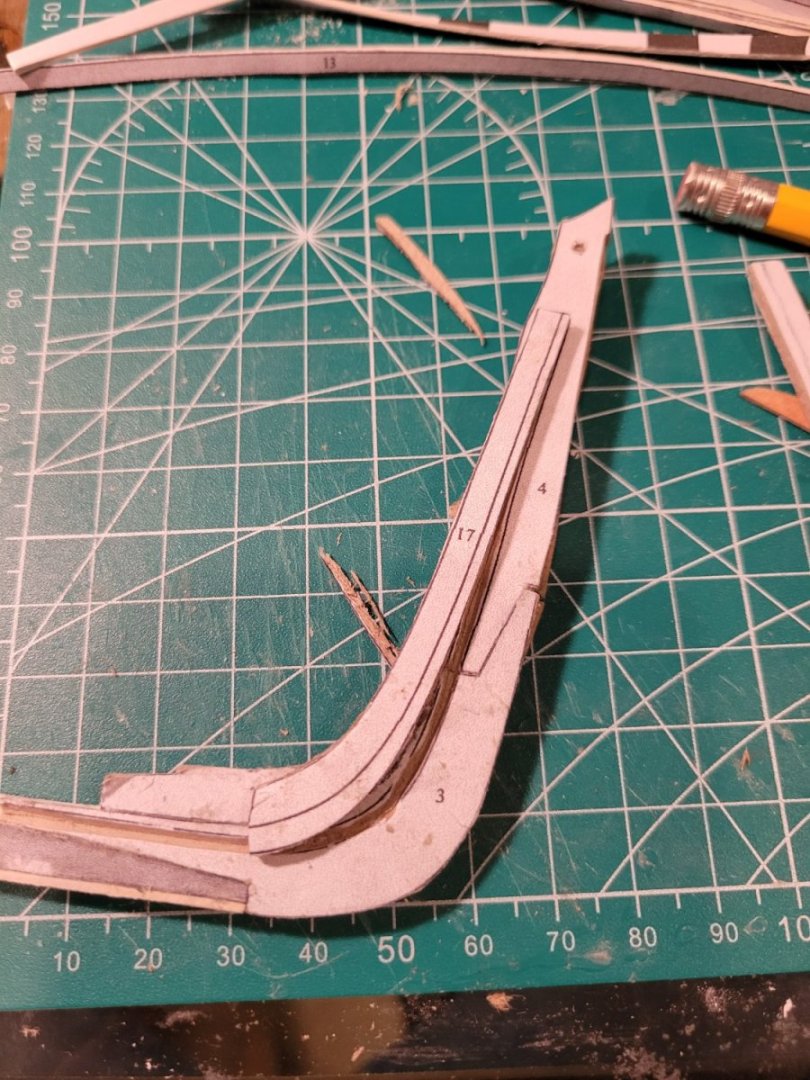
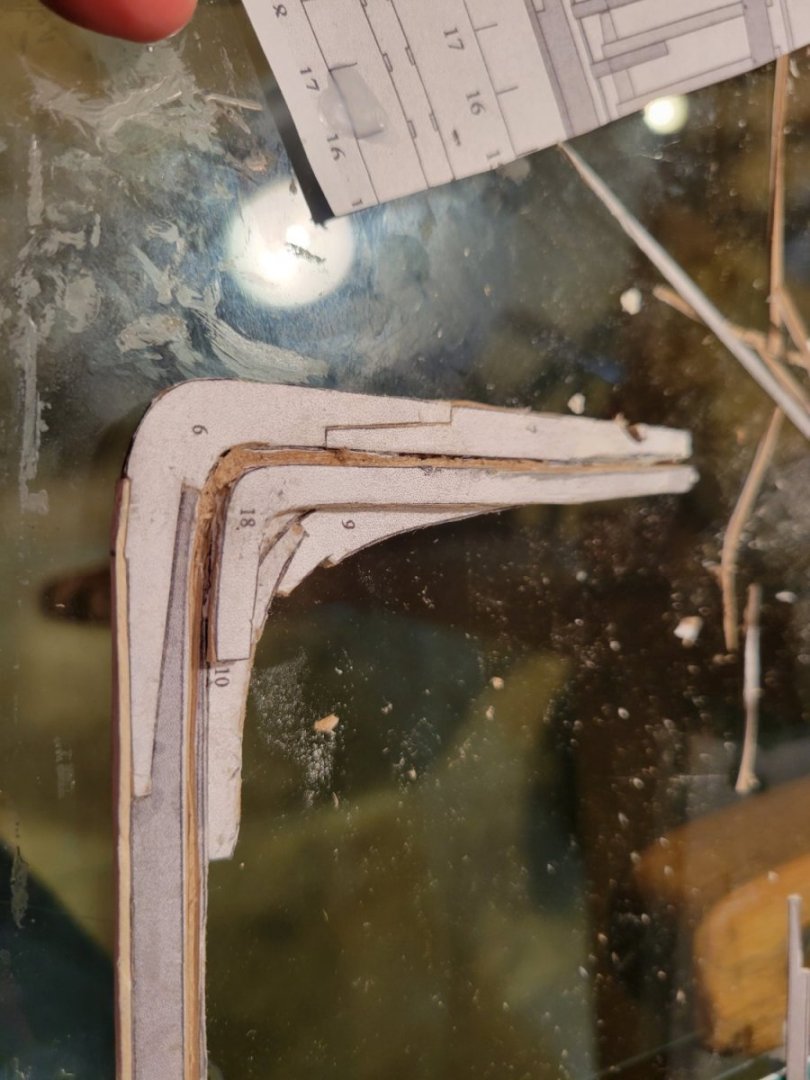
.thumb.jpg.9d16bcac93e27d9ec7b5529f3bf2a1d1.jpg)
.thumb.jpg.77f1c46c43ed48b88aca55a40d86492f.jpg)
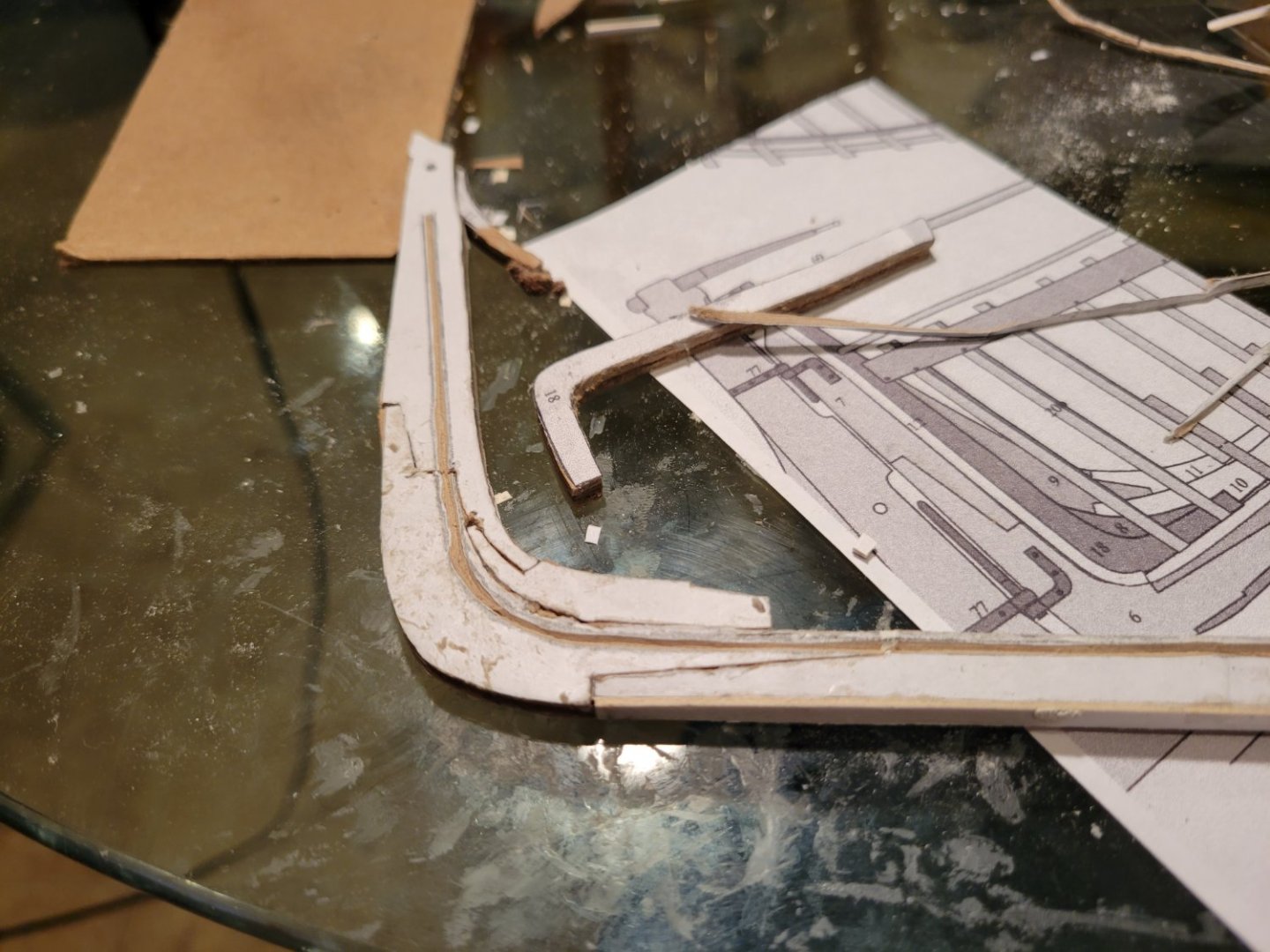
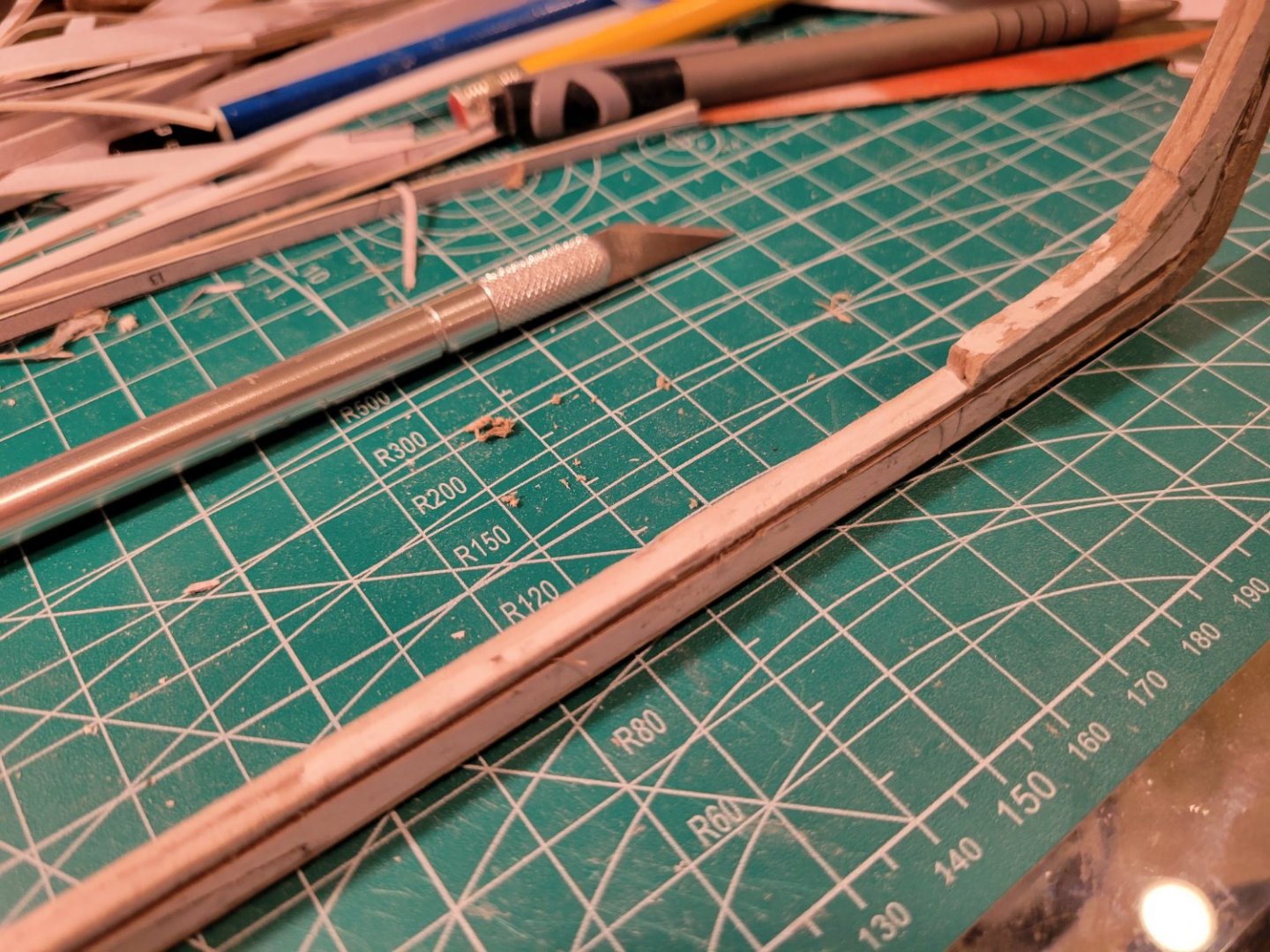
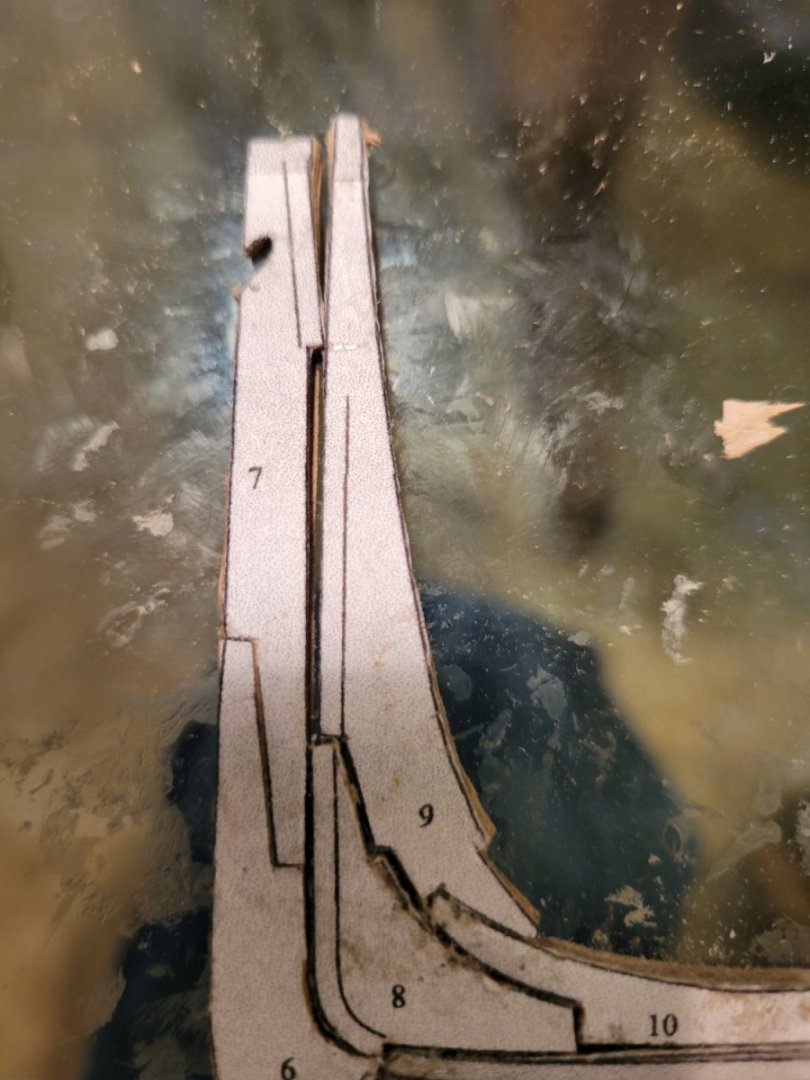
.thumb.jpg.79cb4d5a2447fe5bff3adecfbed2a022.jpg)

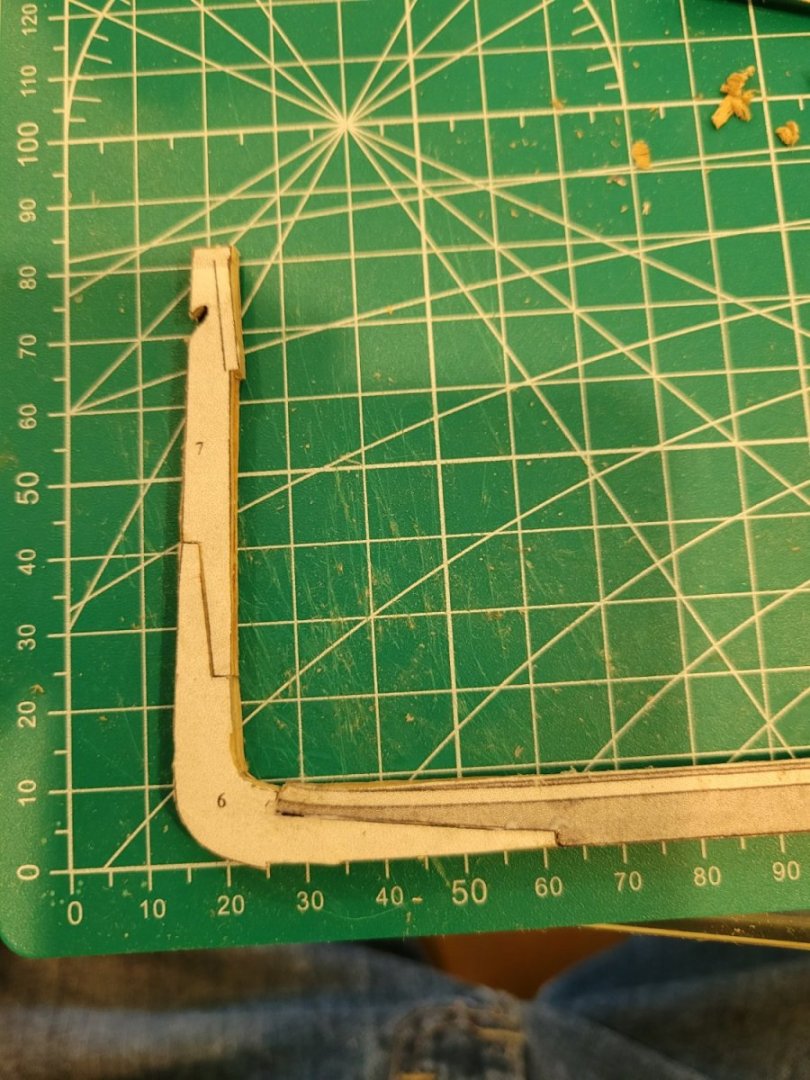
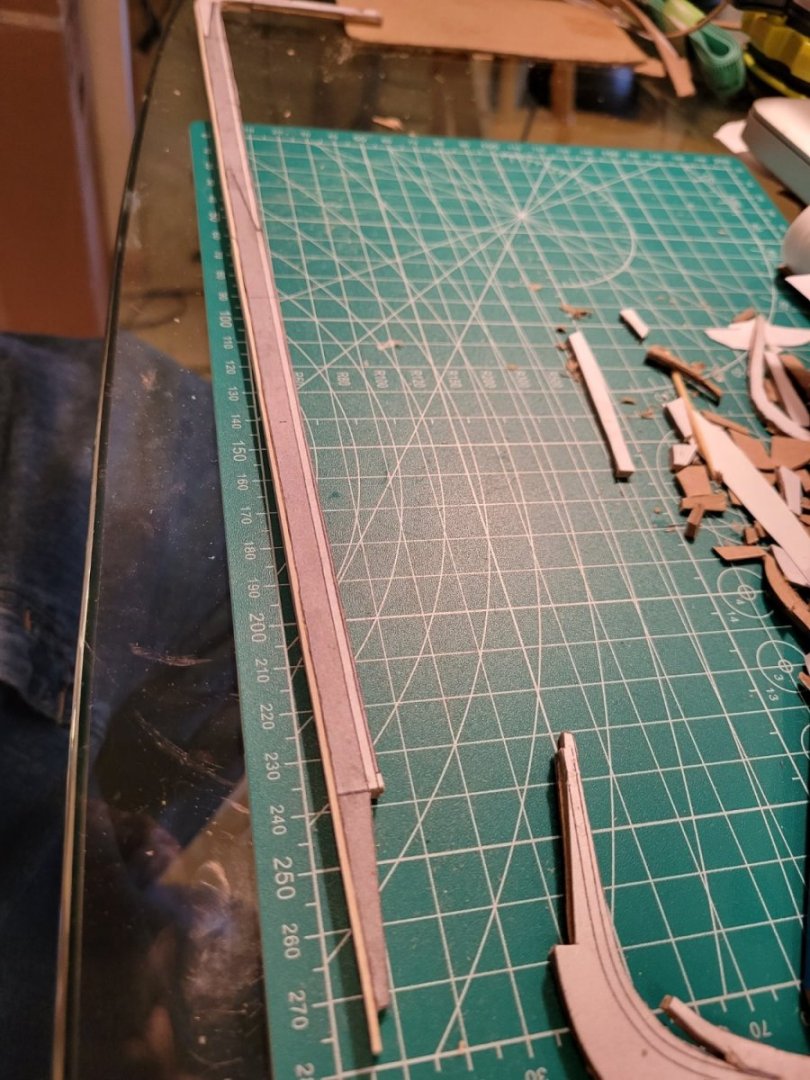
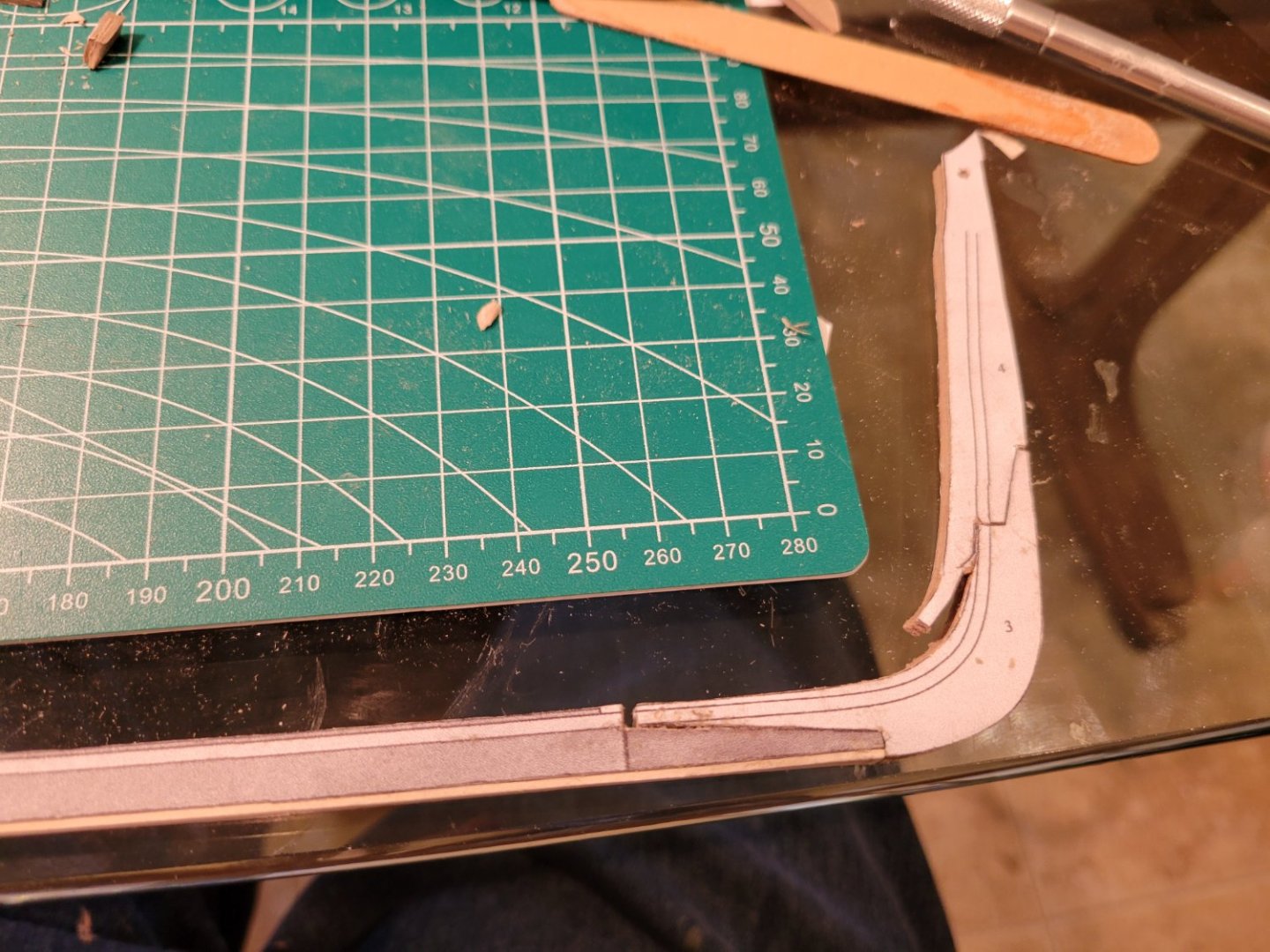
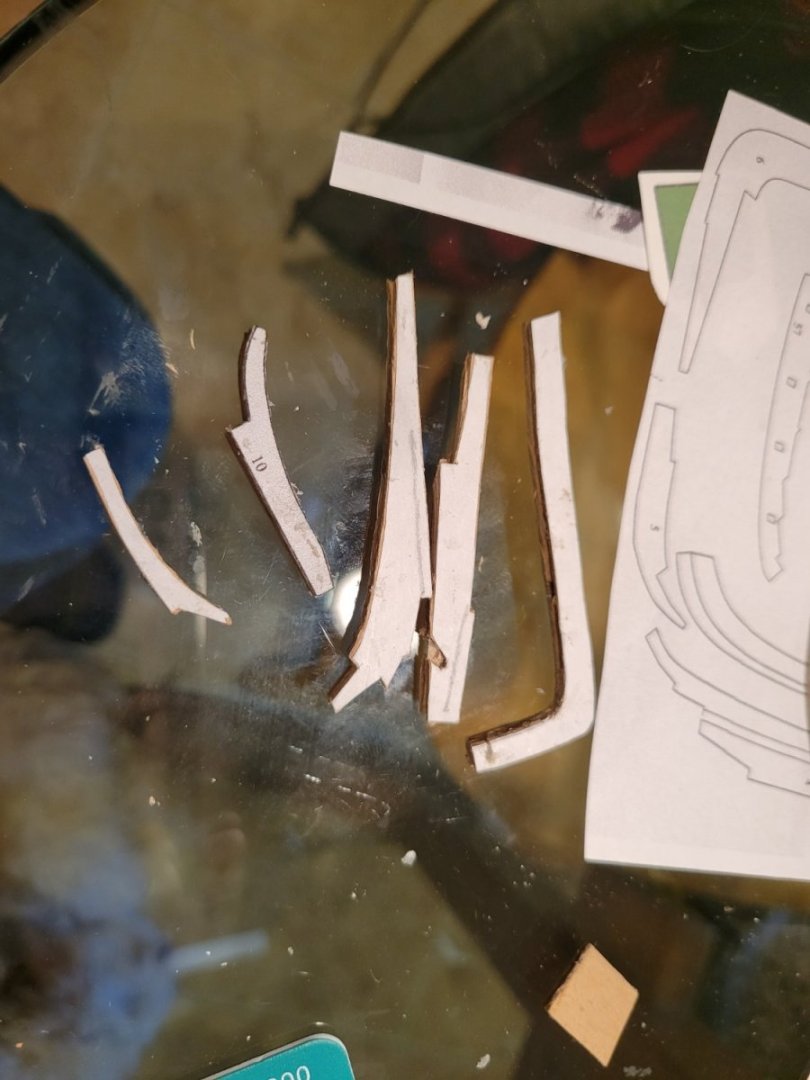
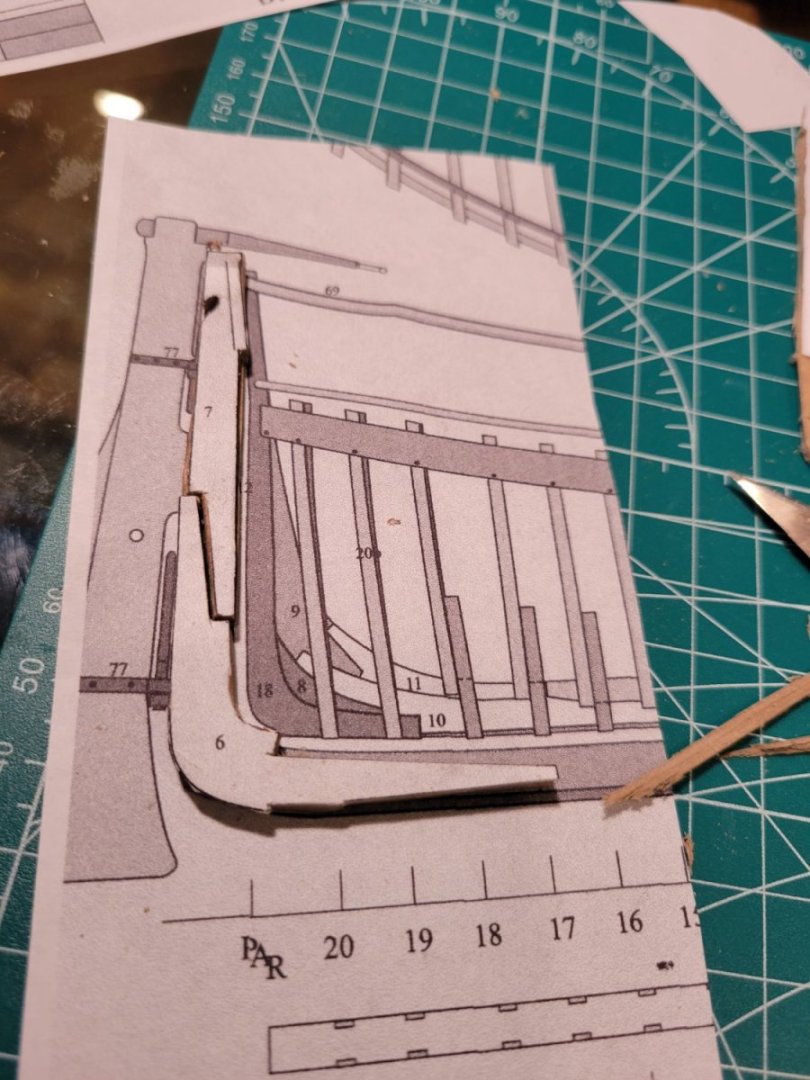
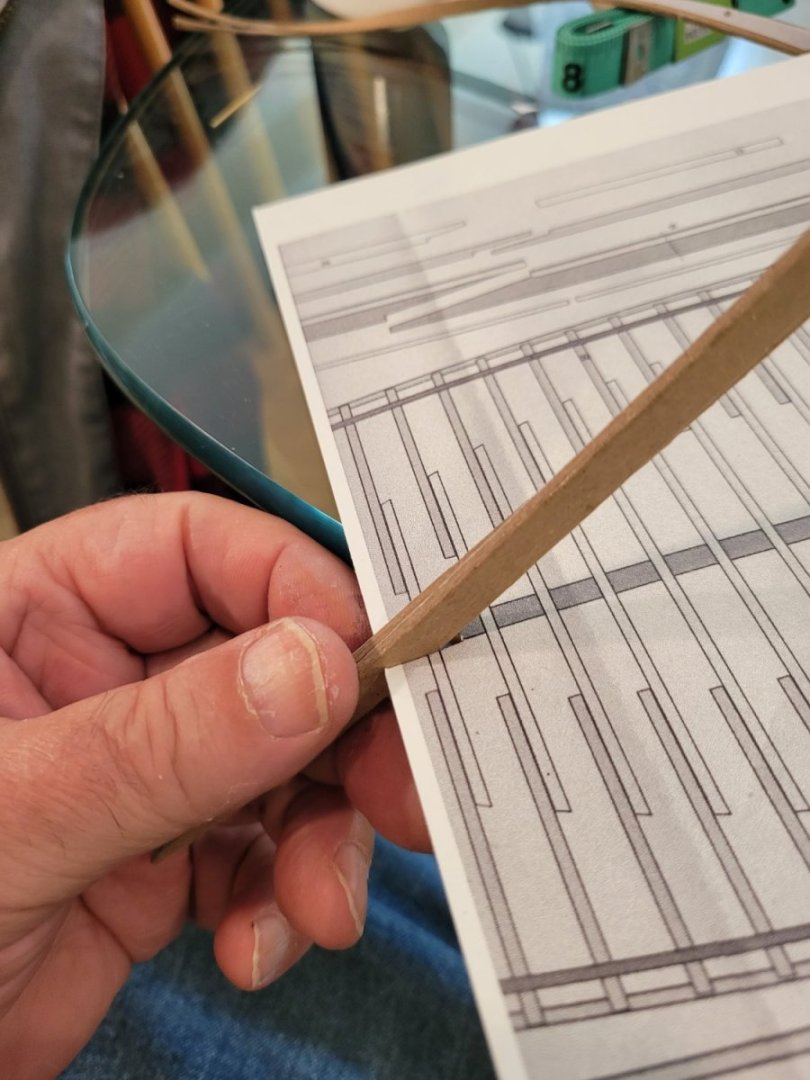

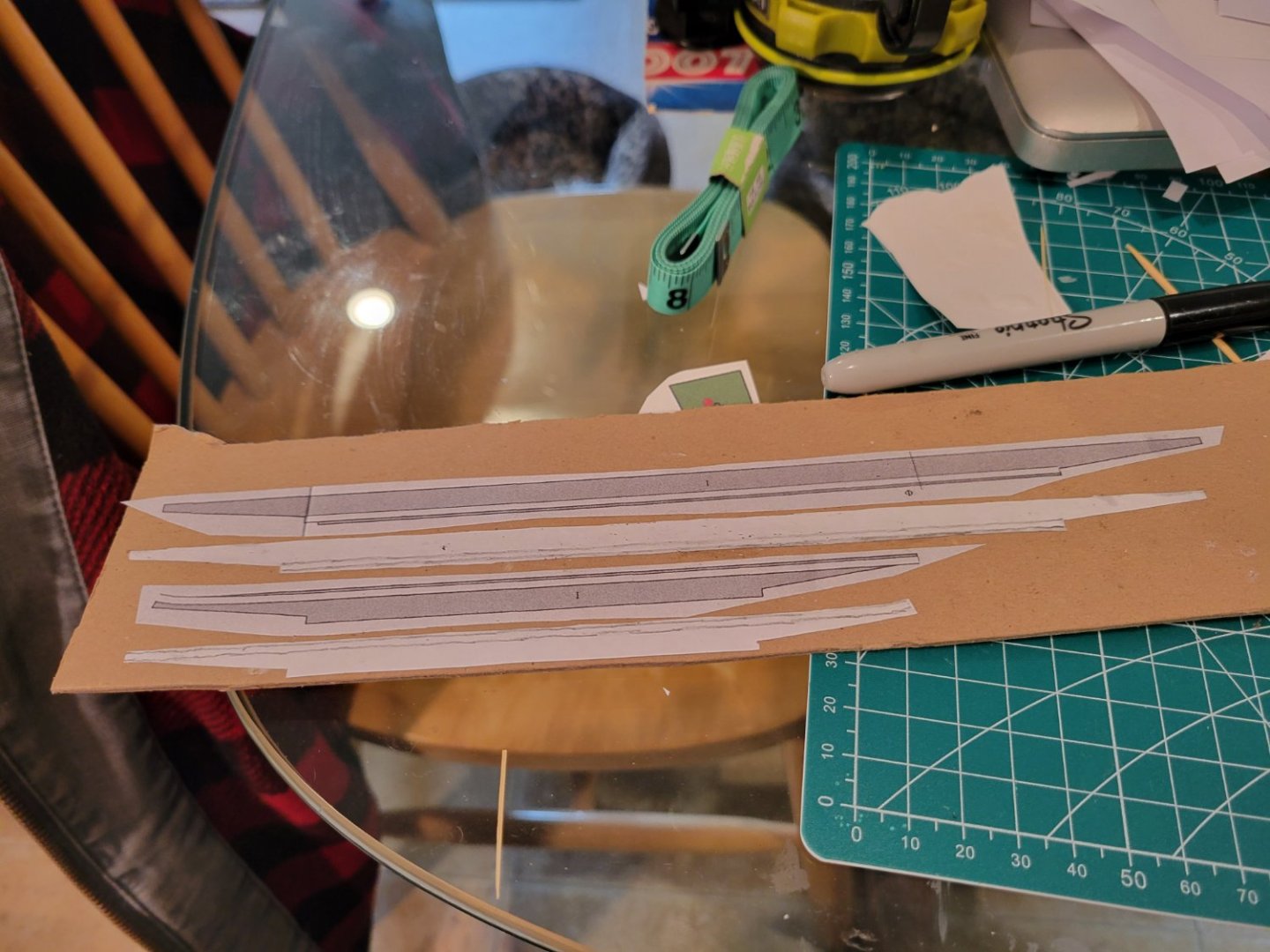
.thumb.jpg.a2f08138a50d4302d554b0d8822513b8.jpg)

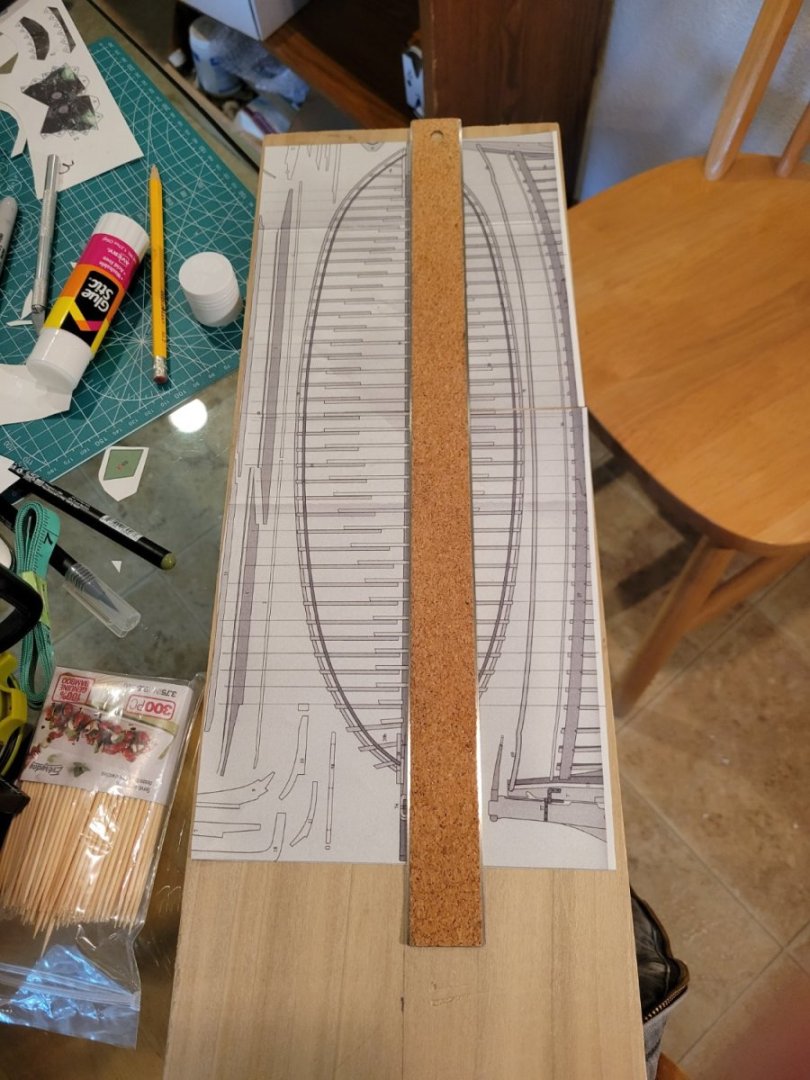
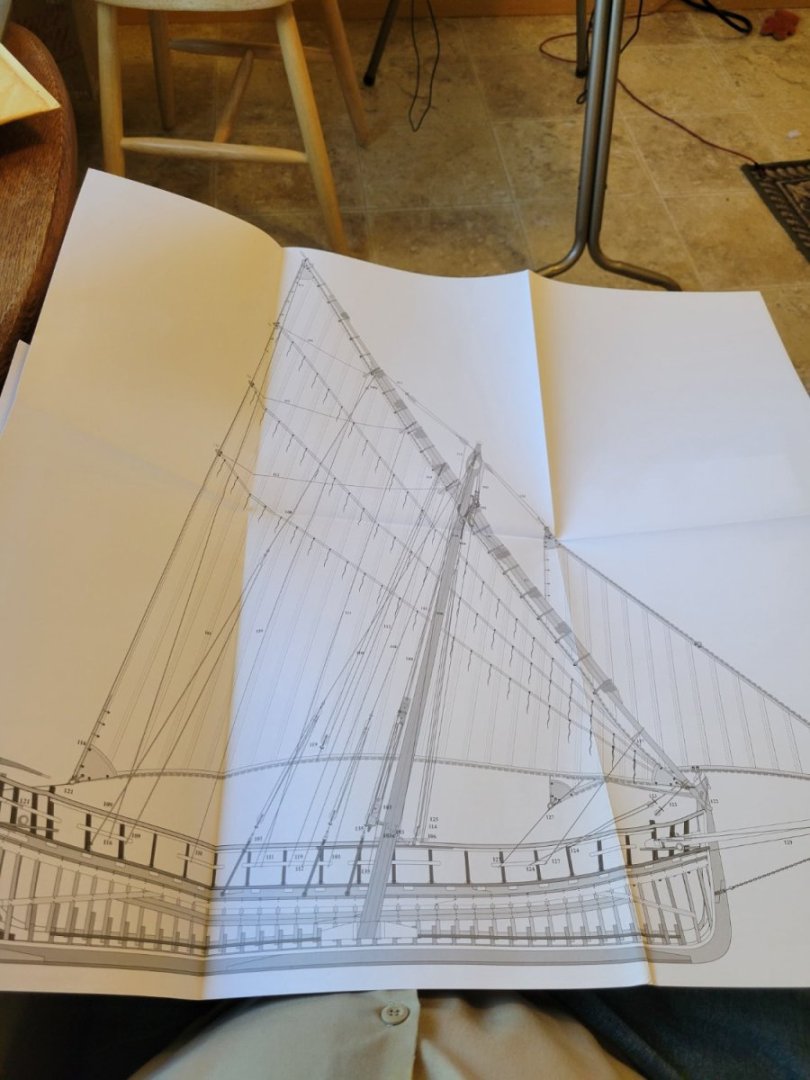
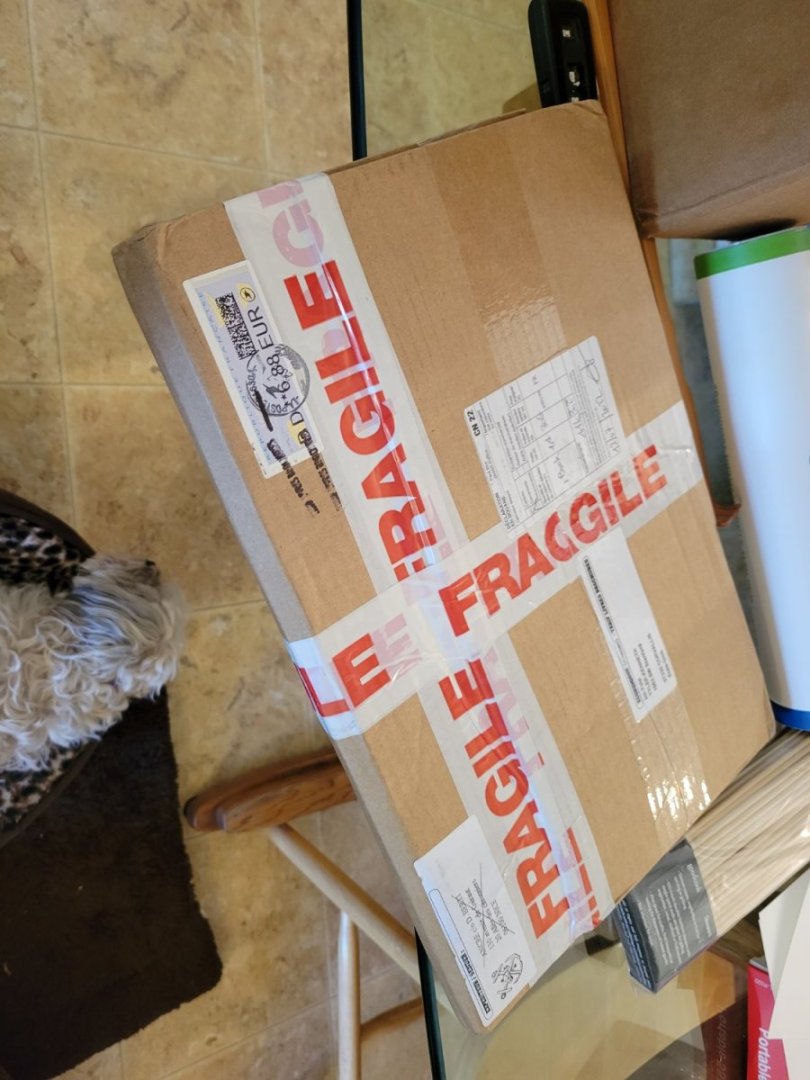
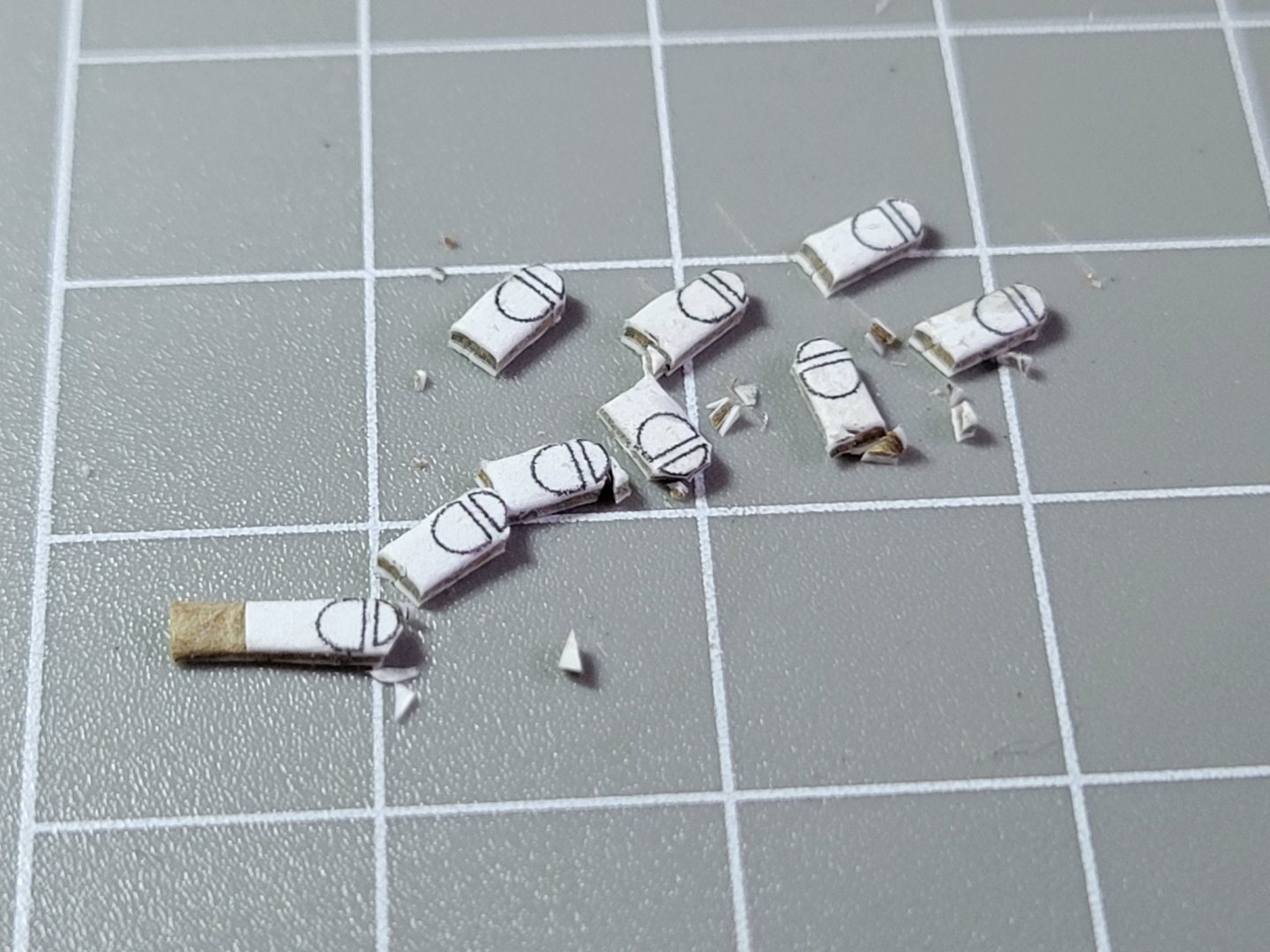
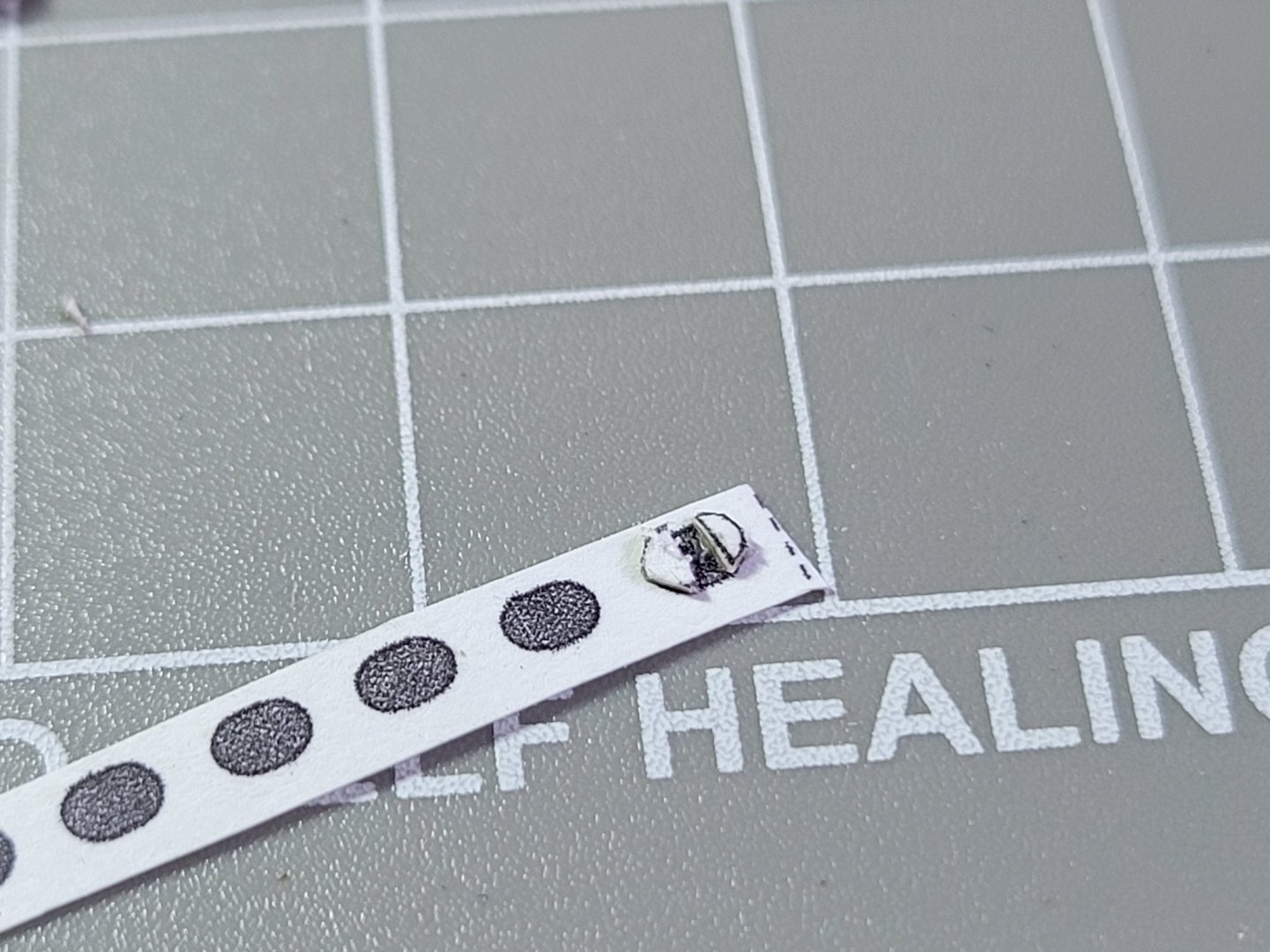
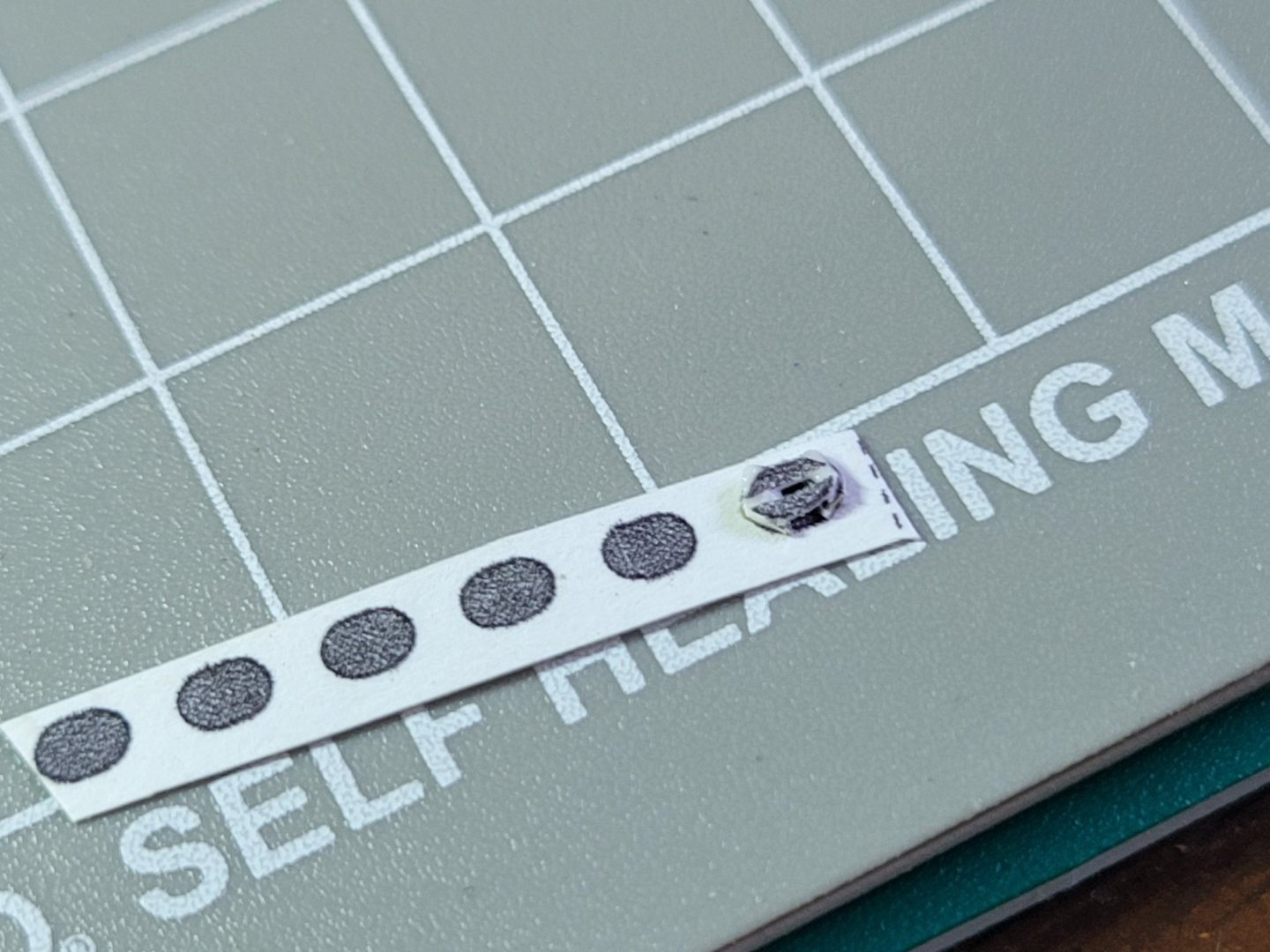
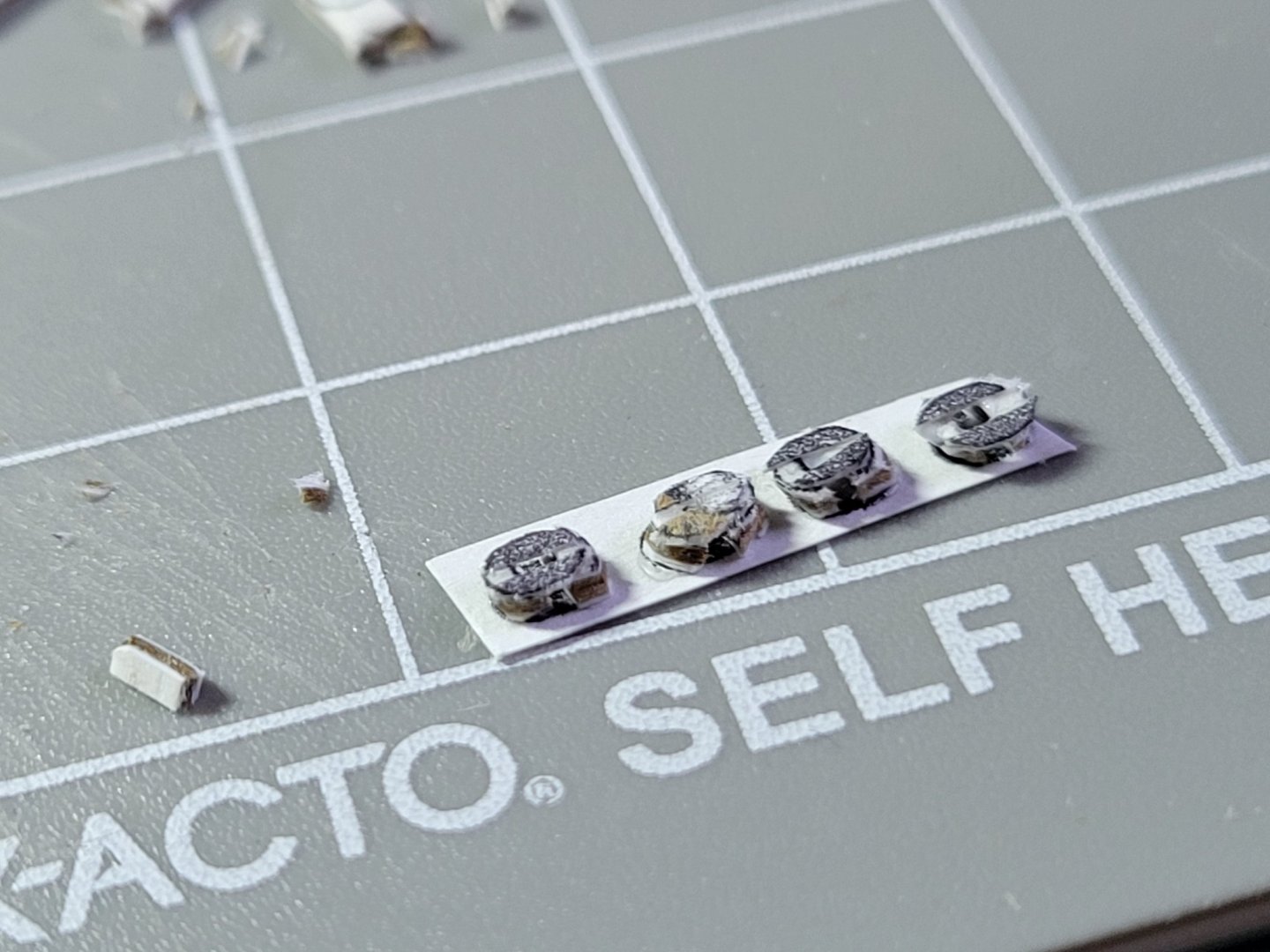
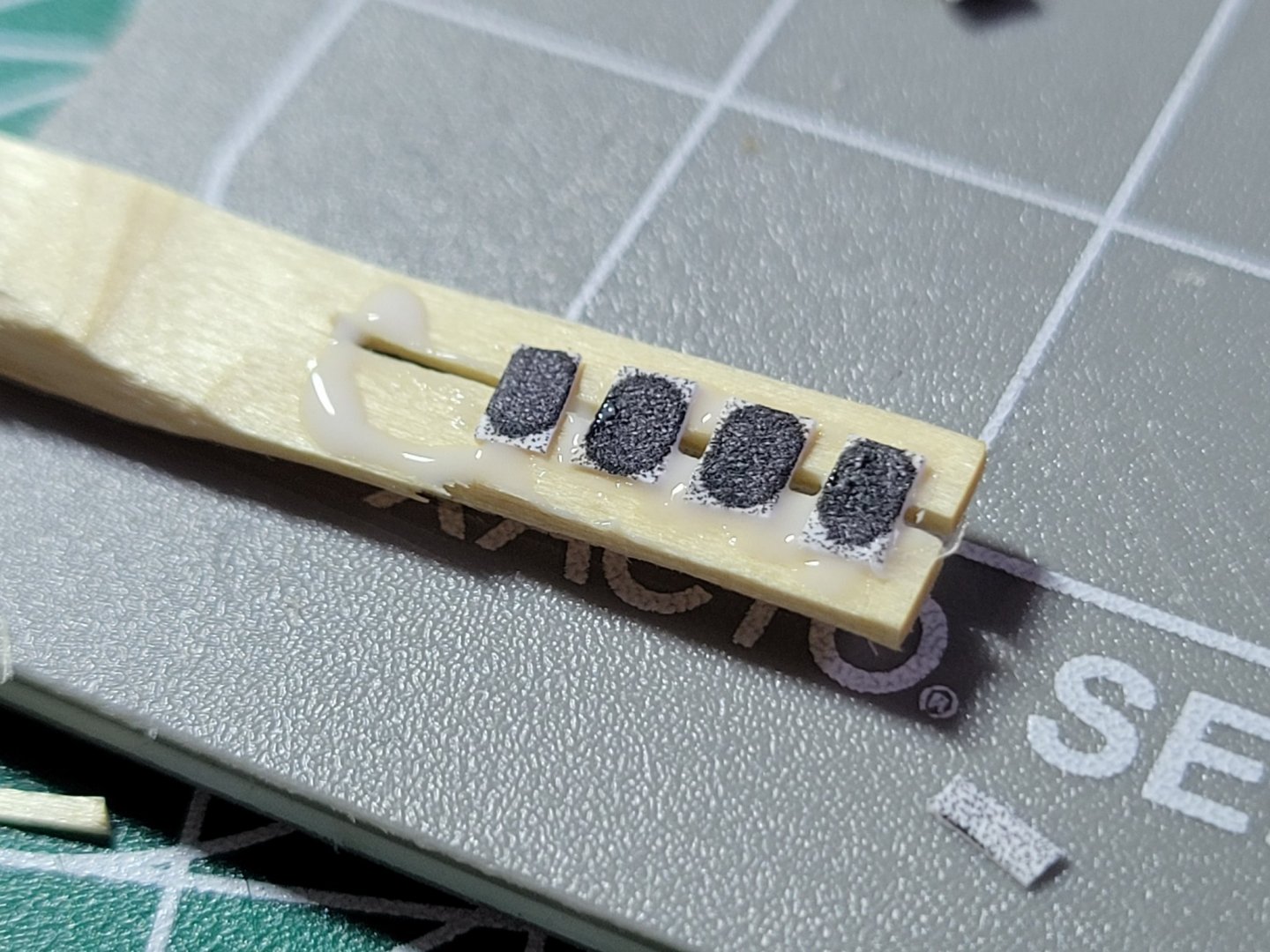
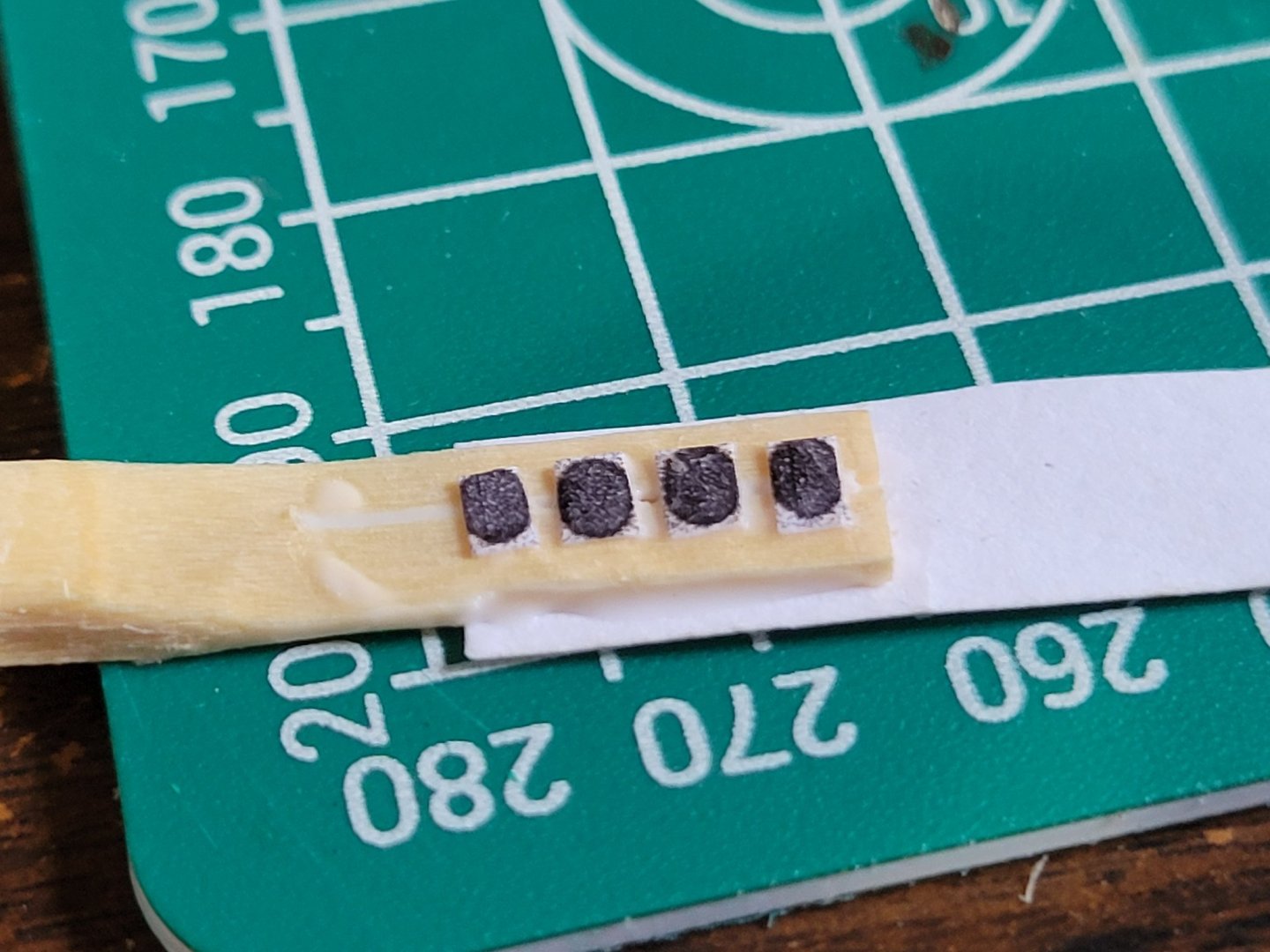
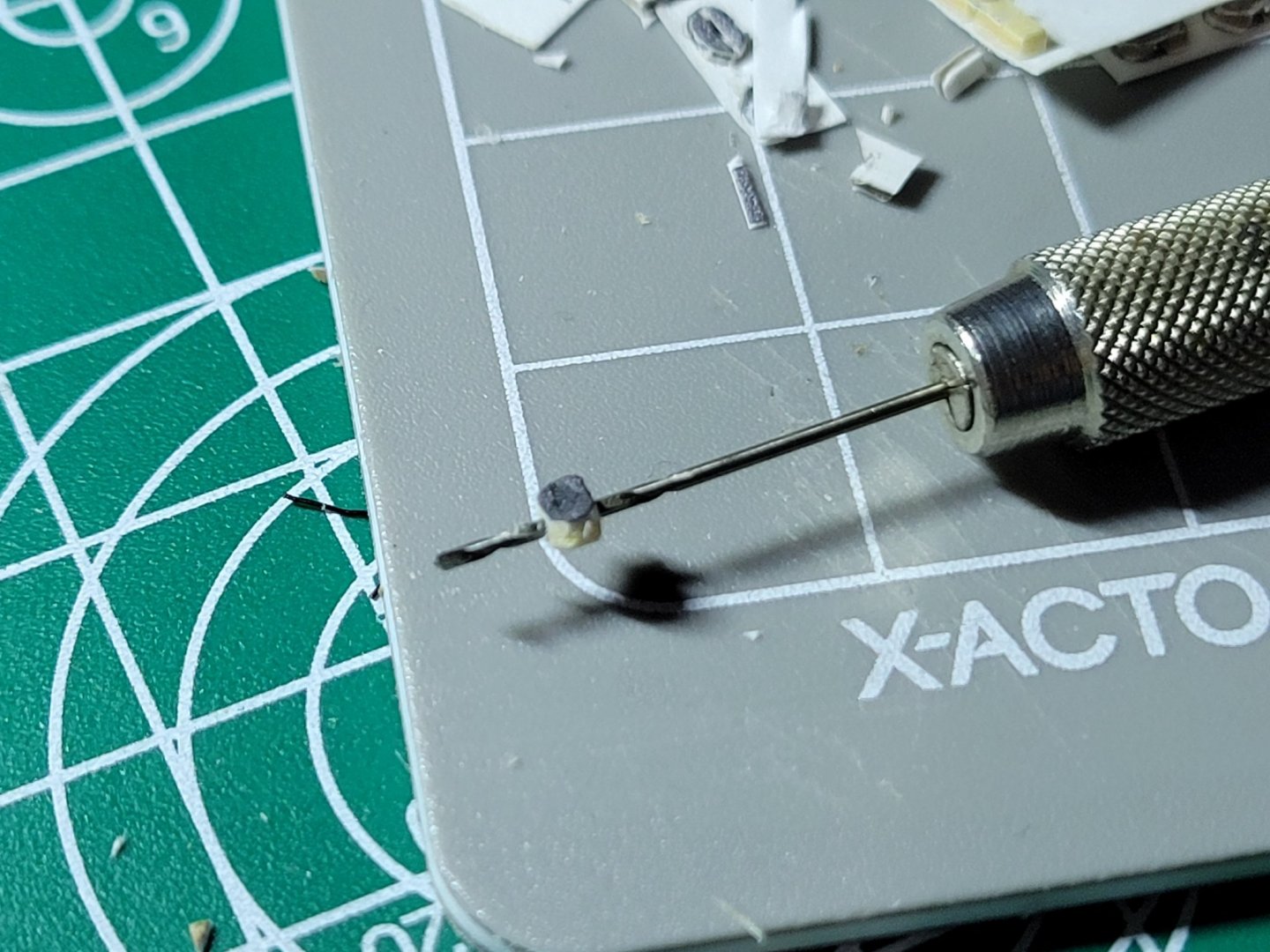
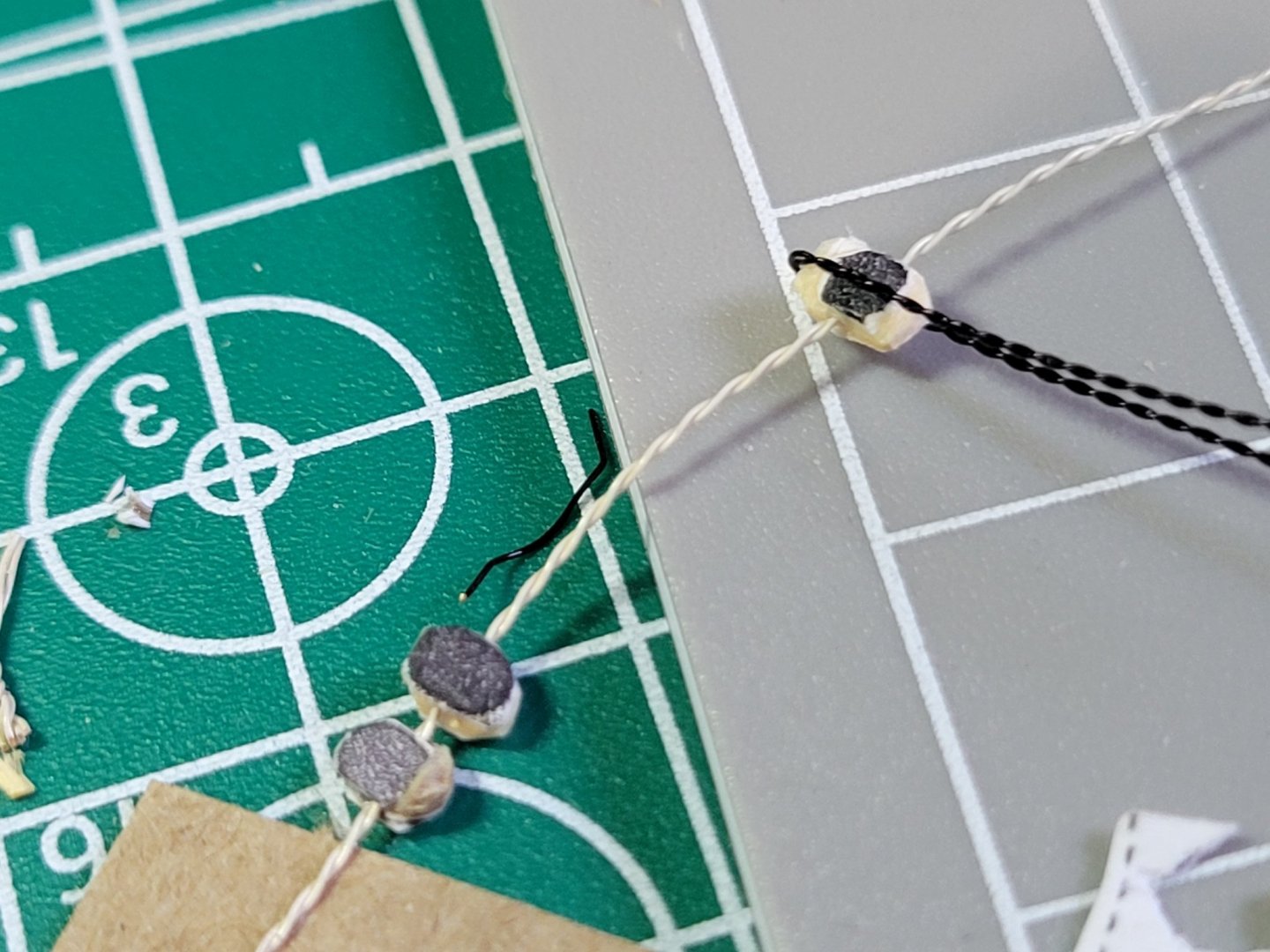
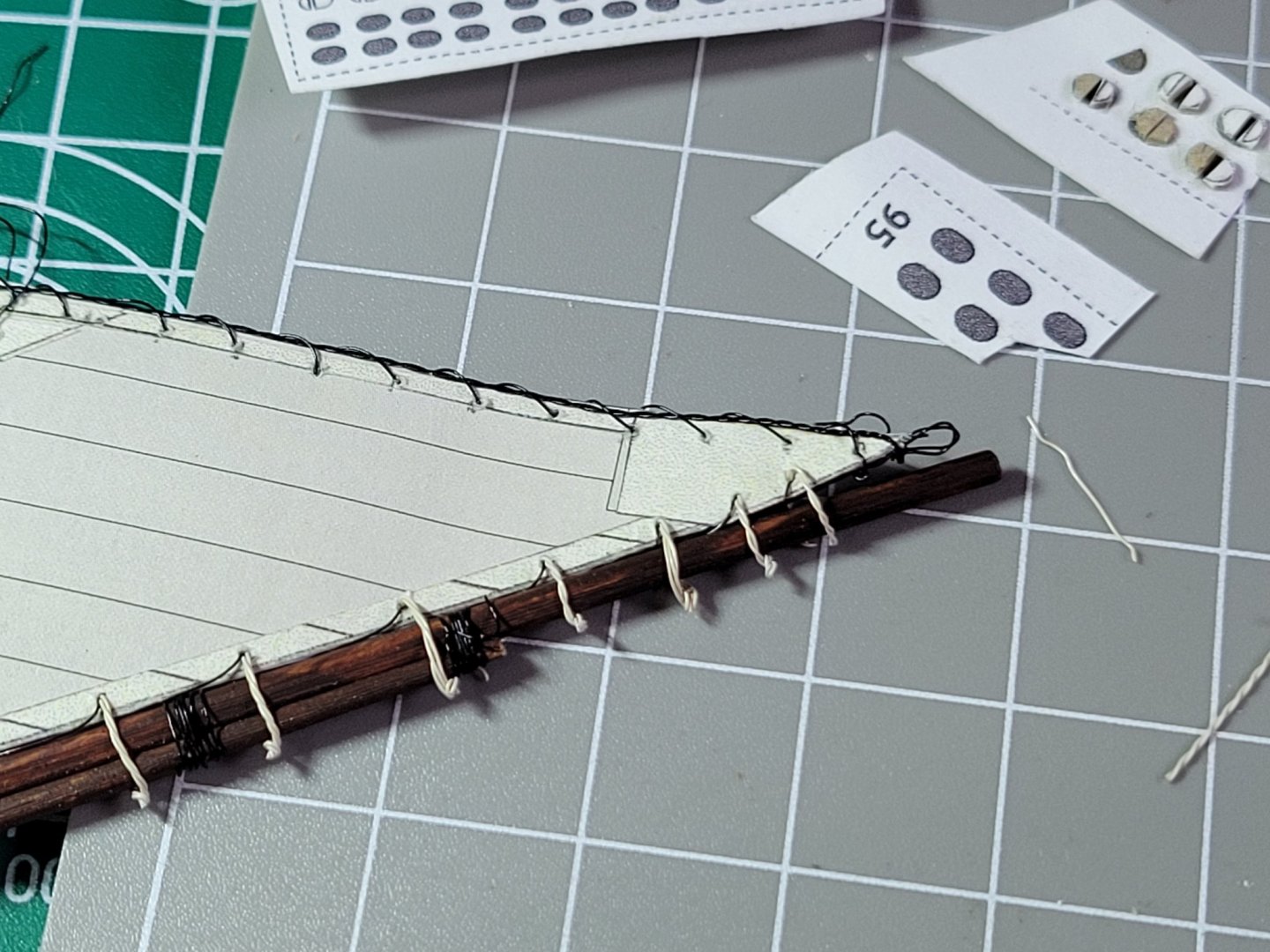
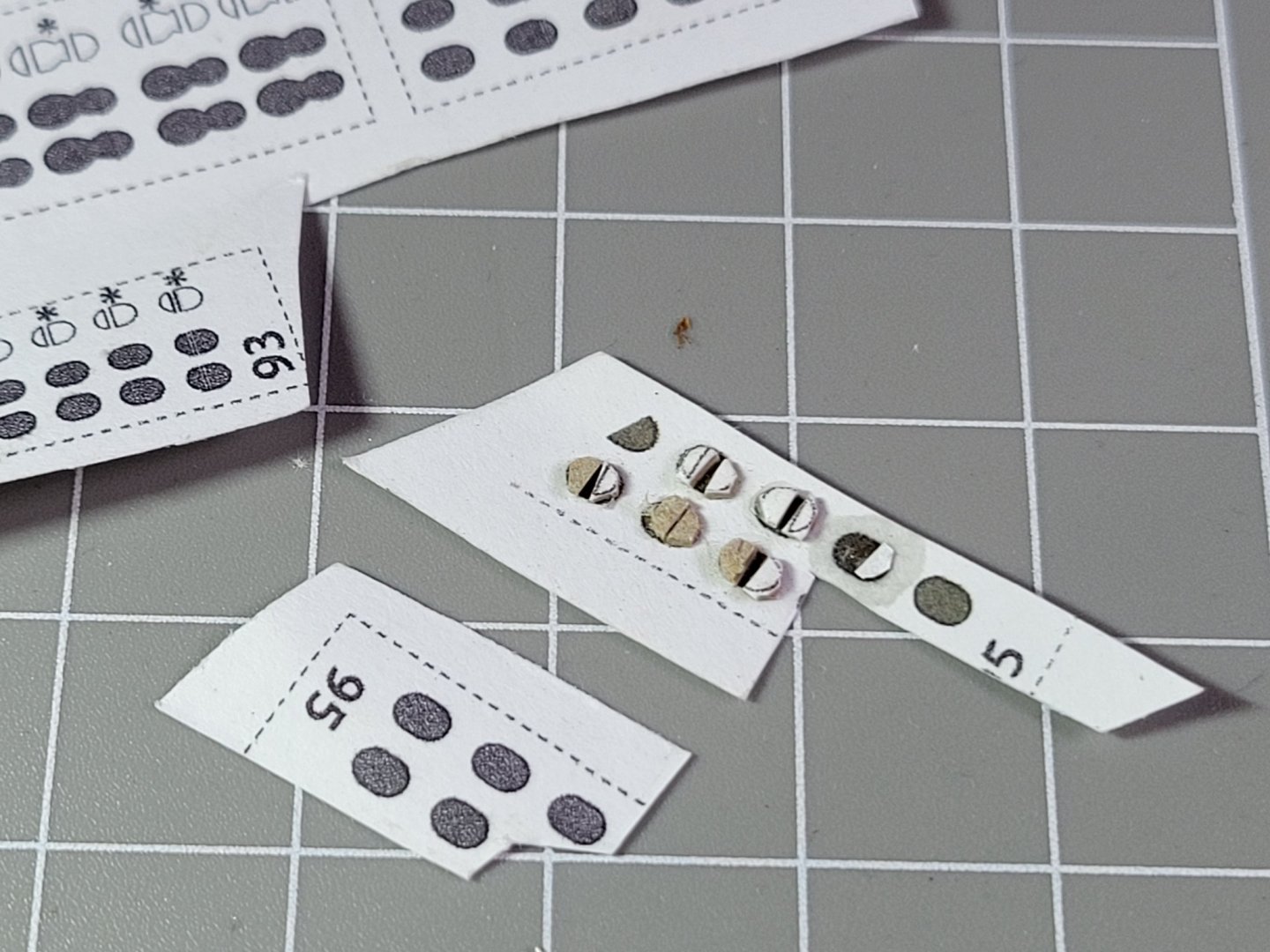
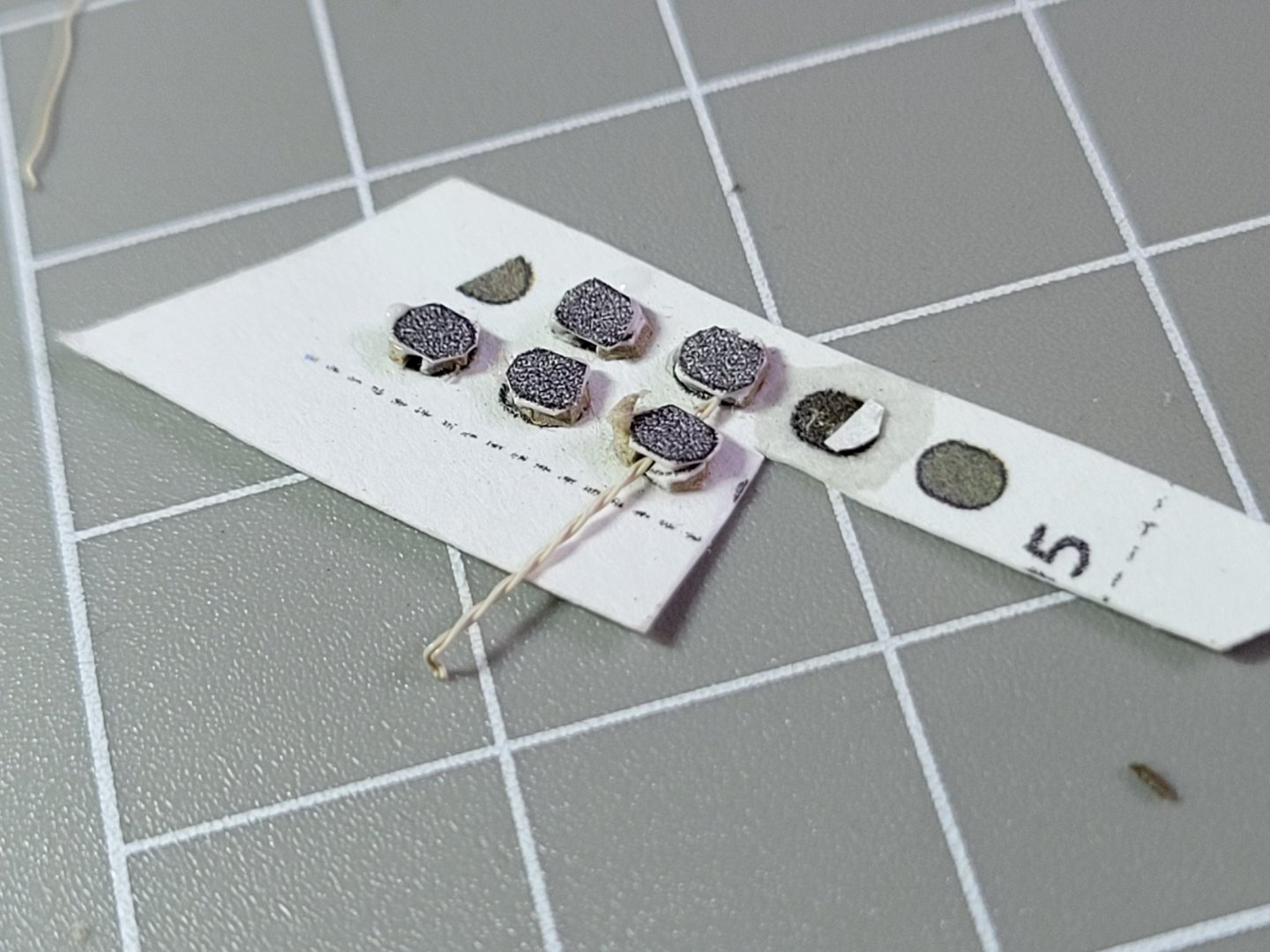
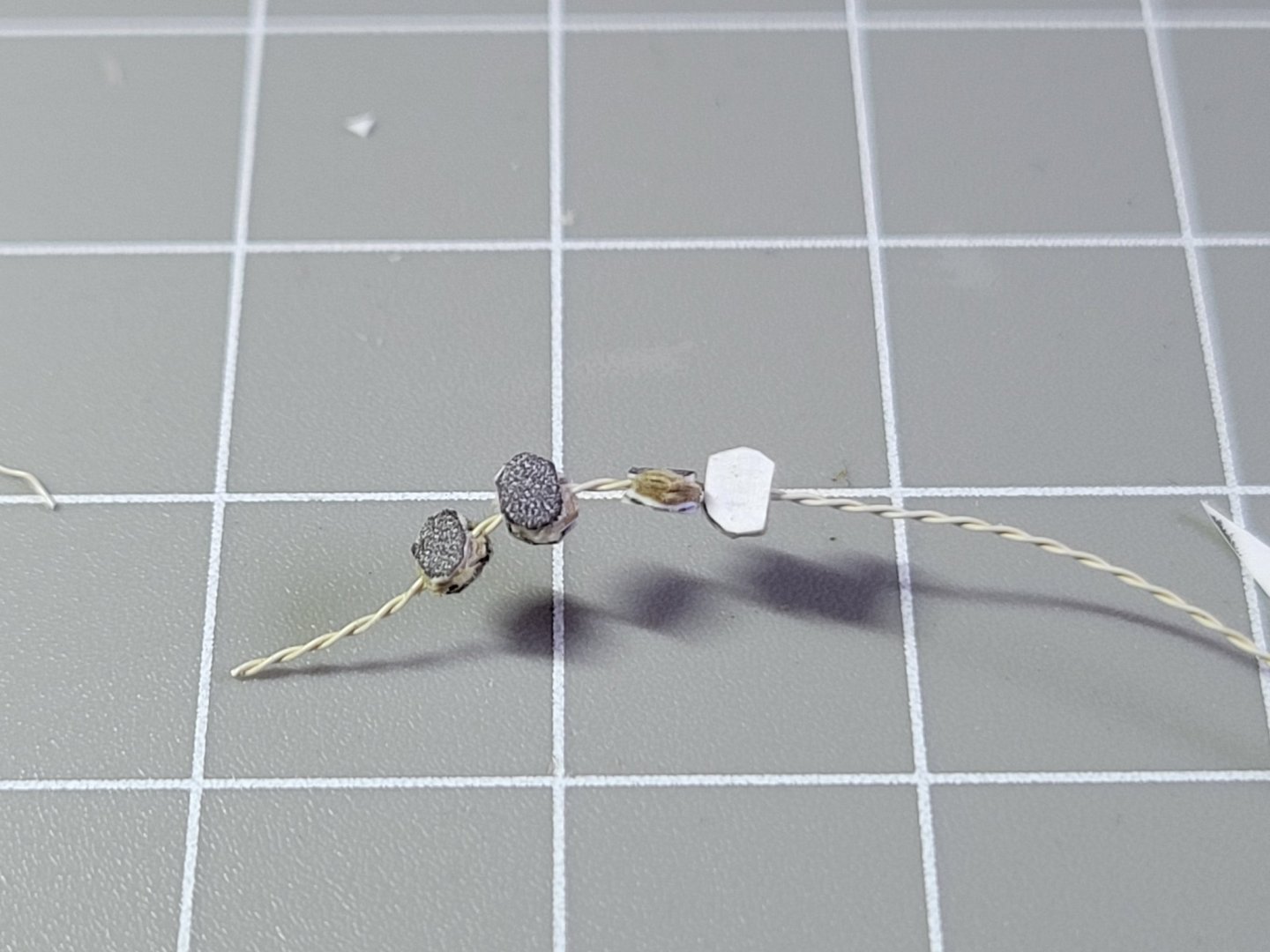
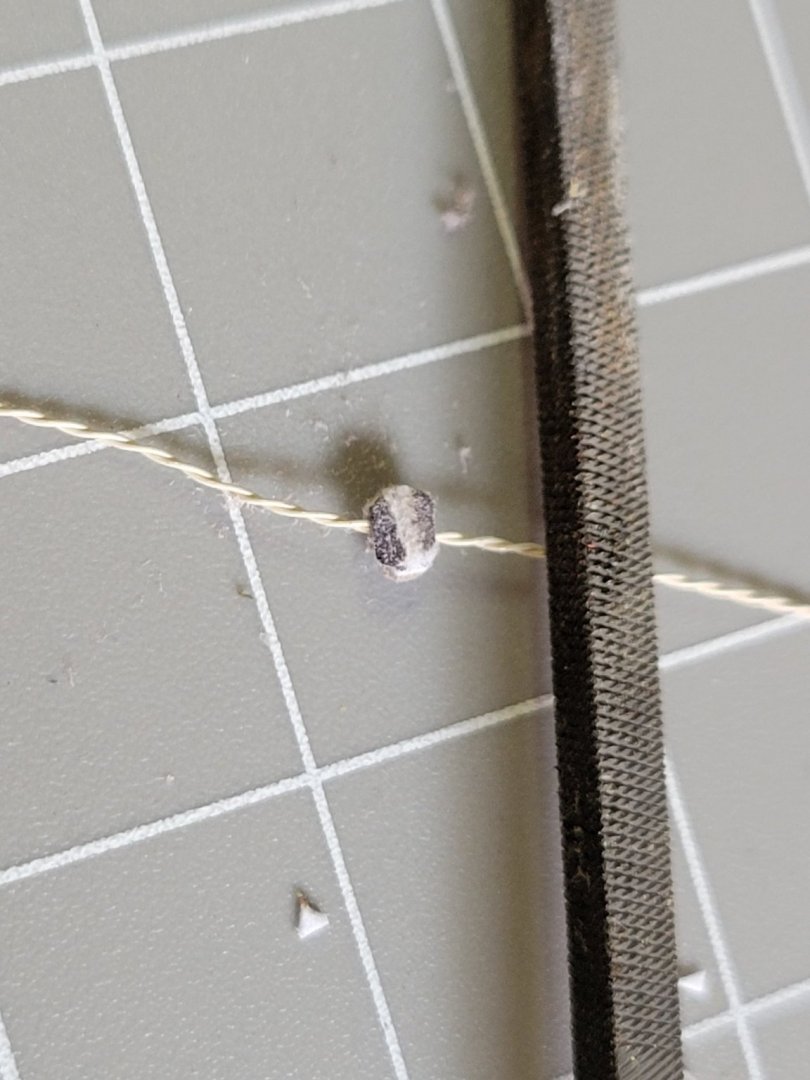
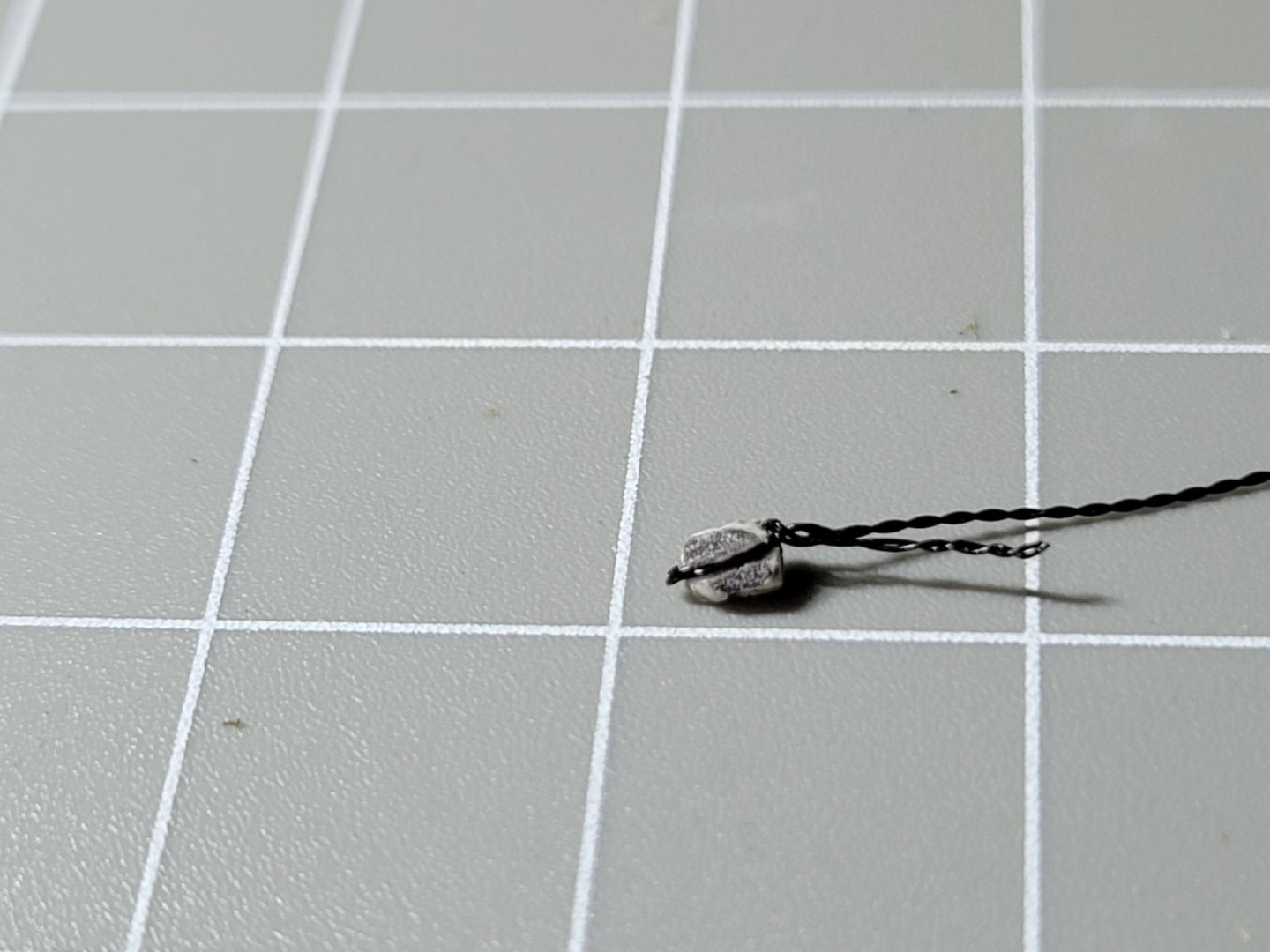
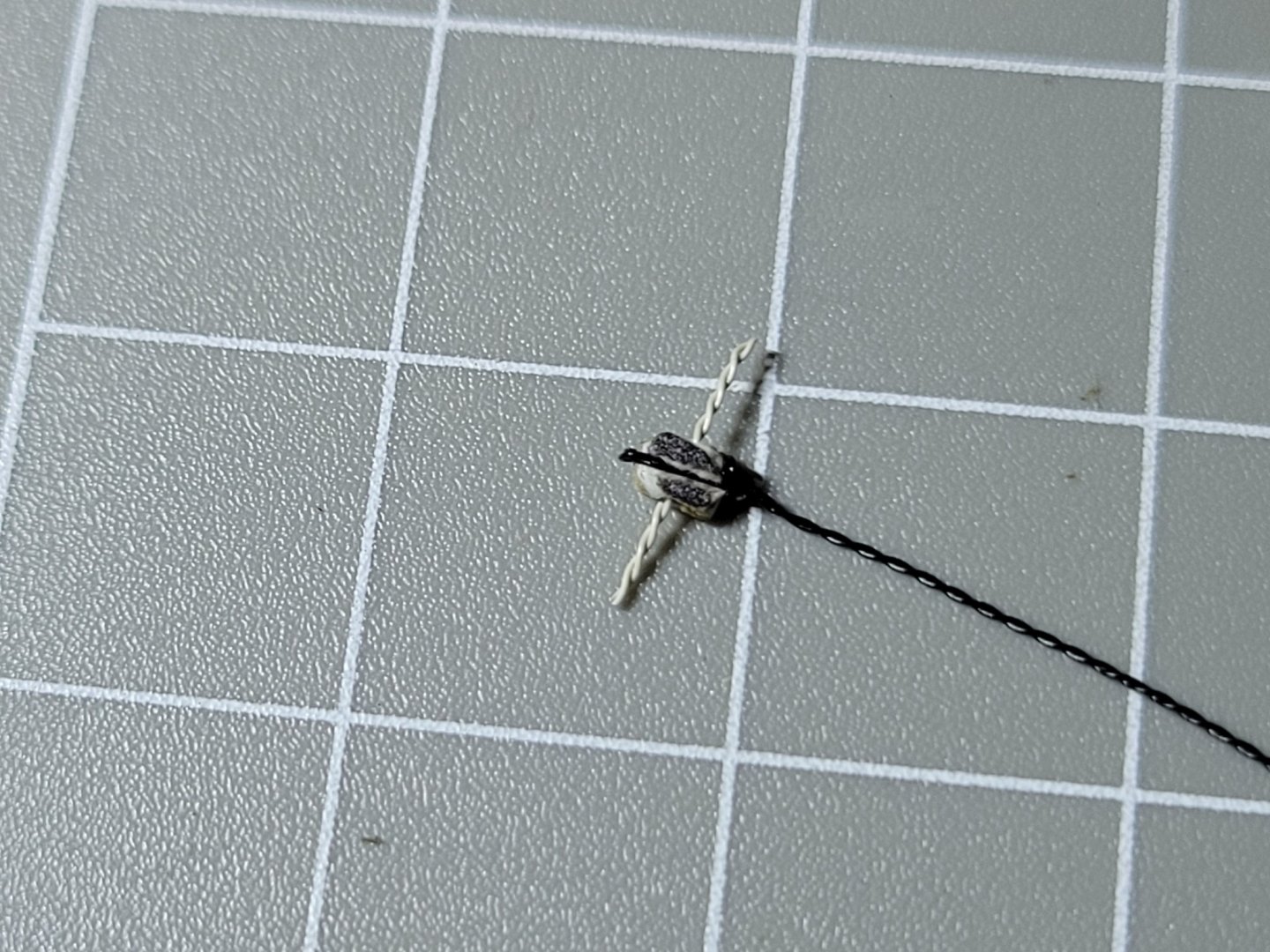
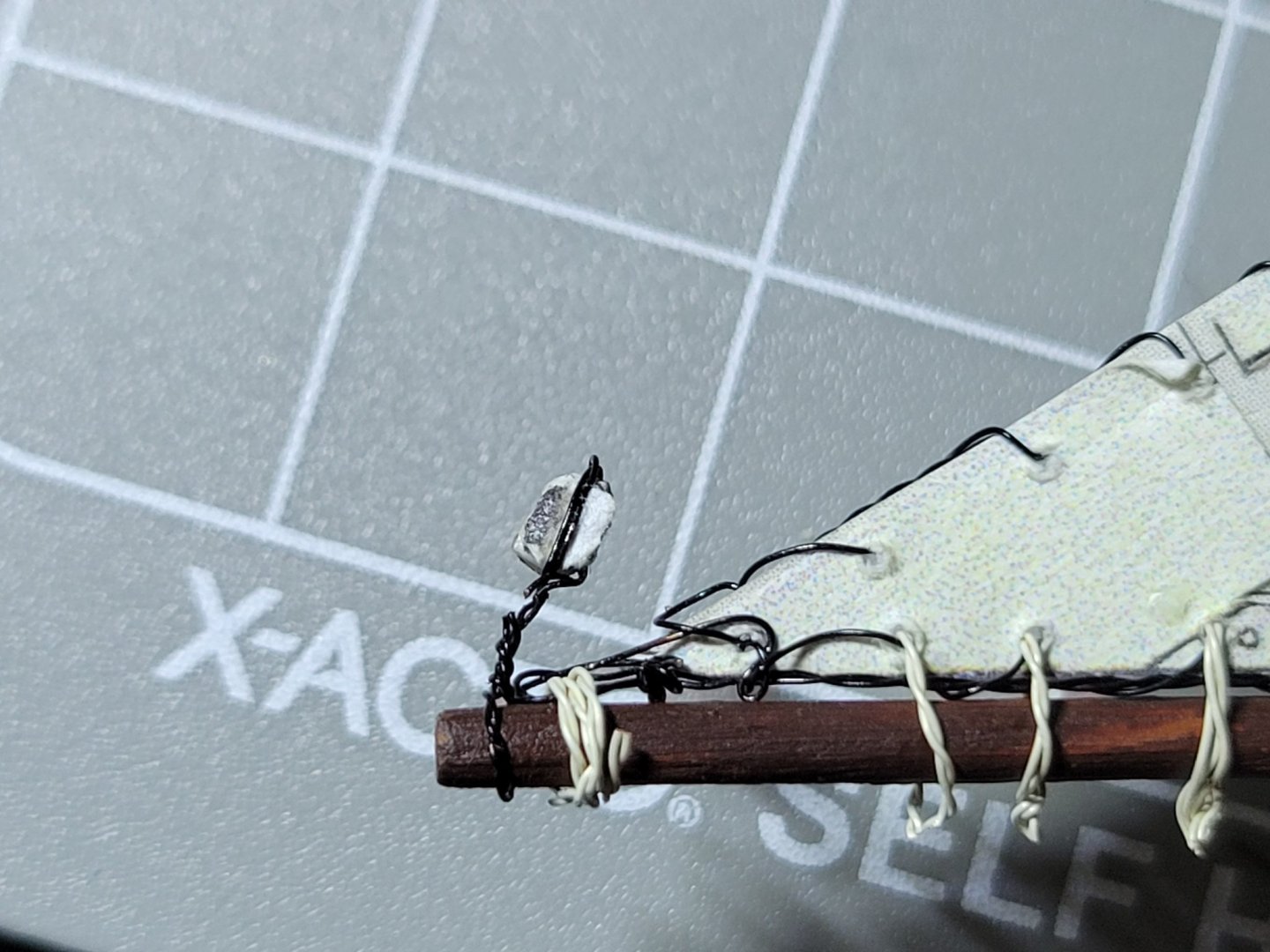
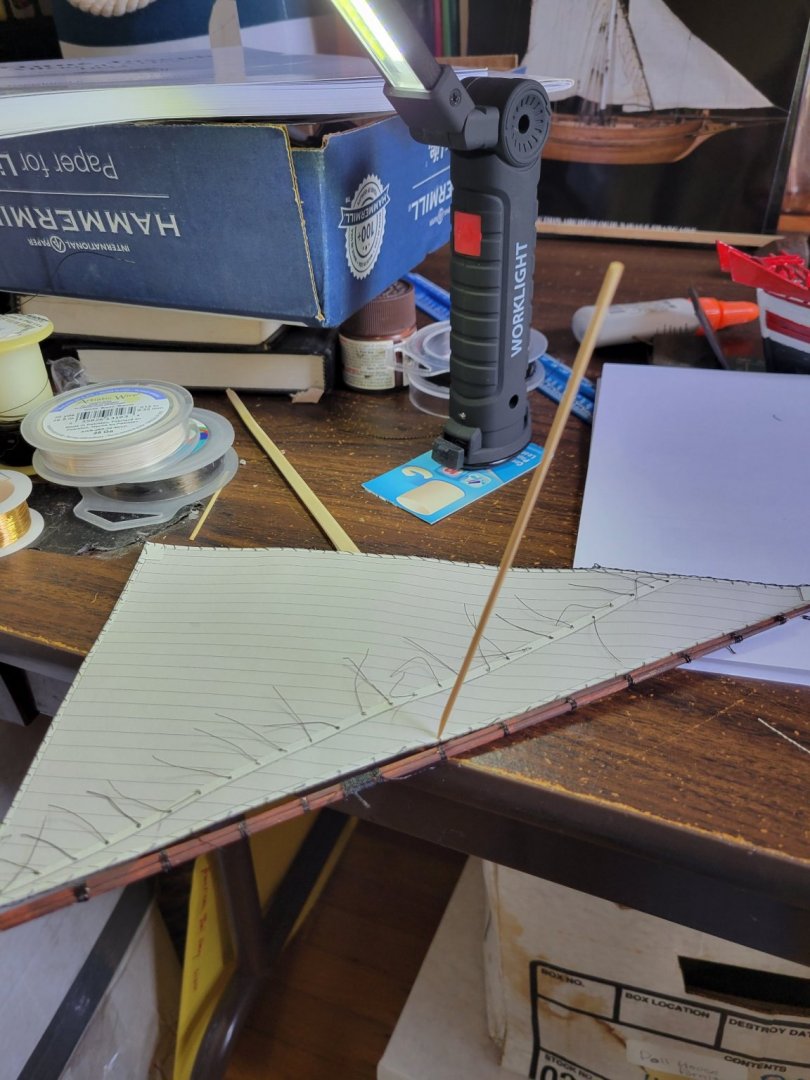
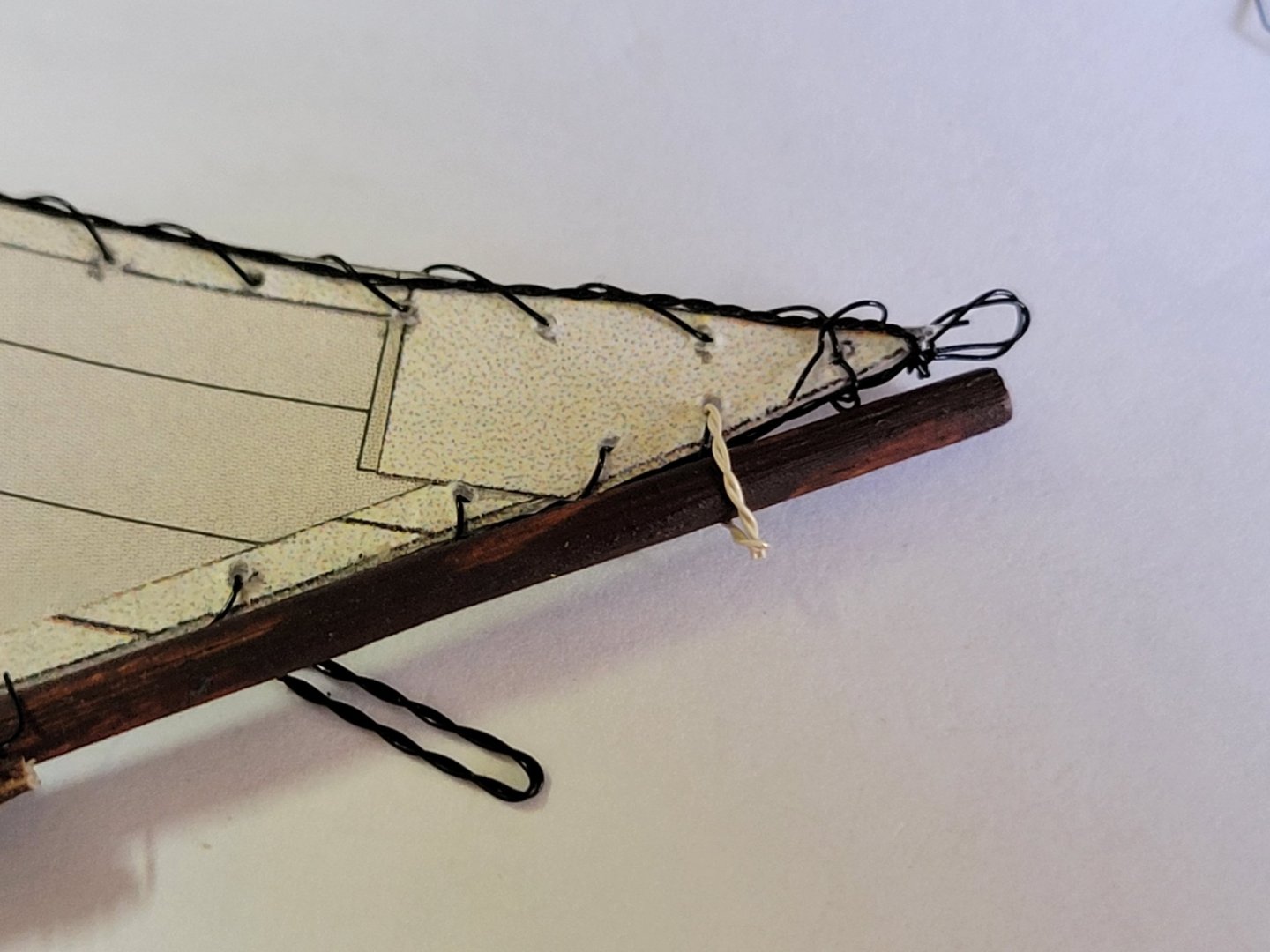

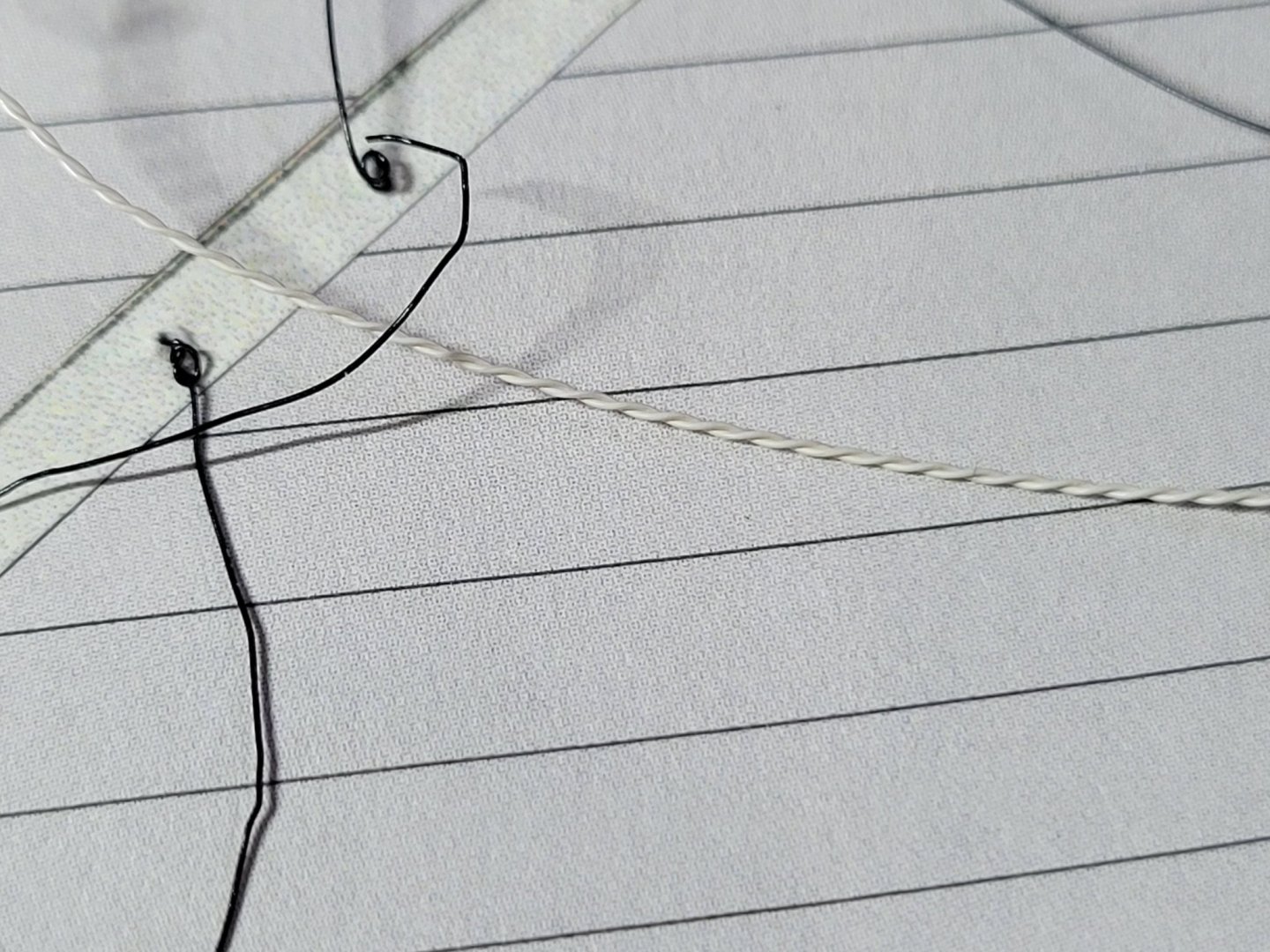
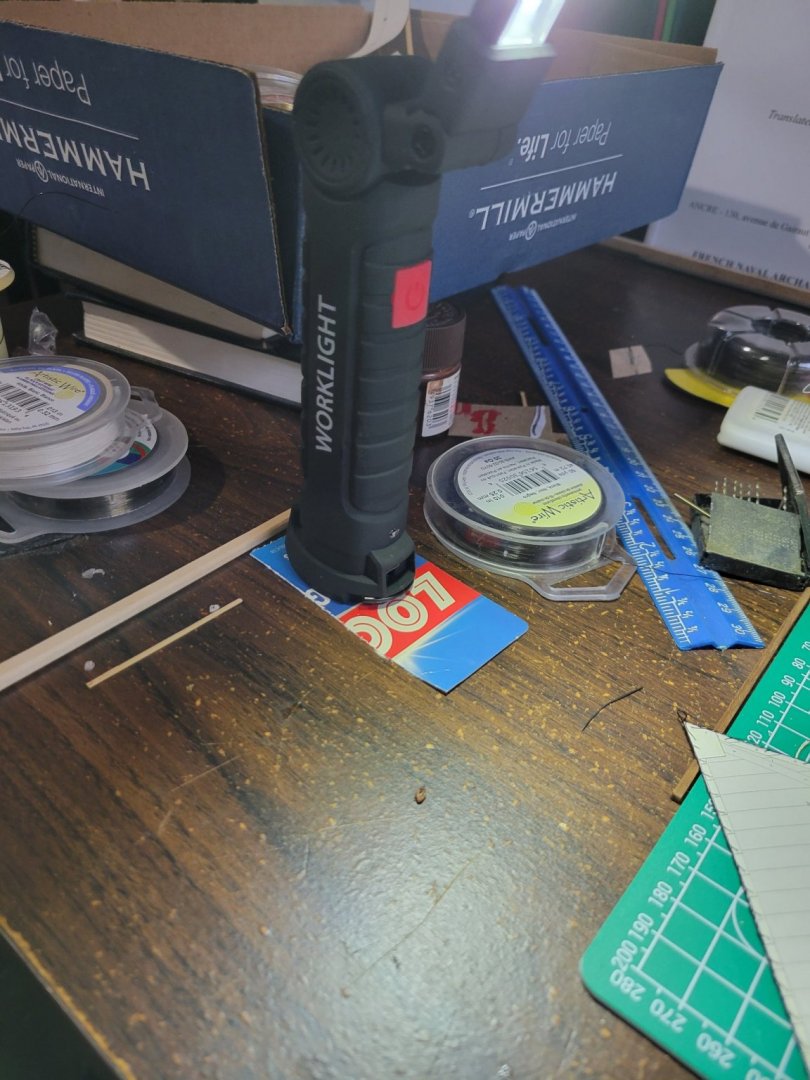
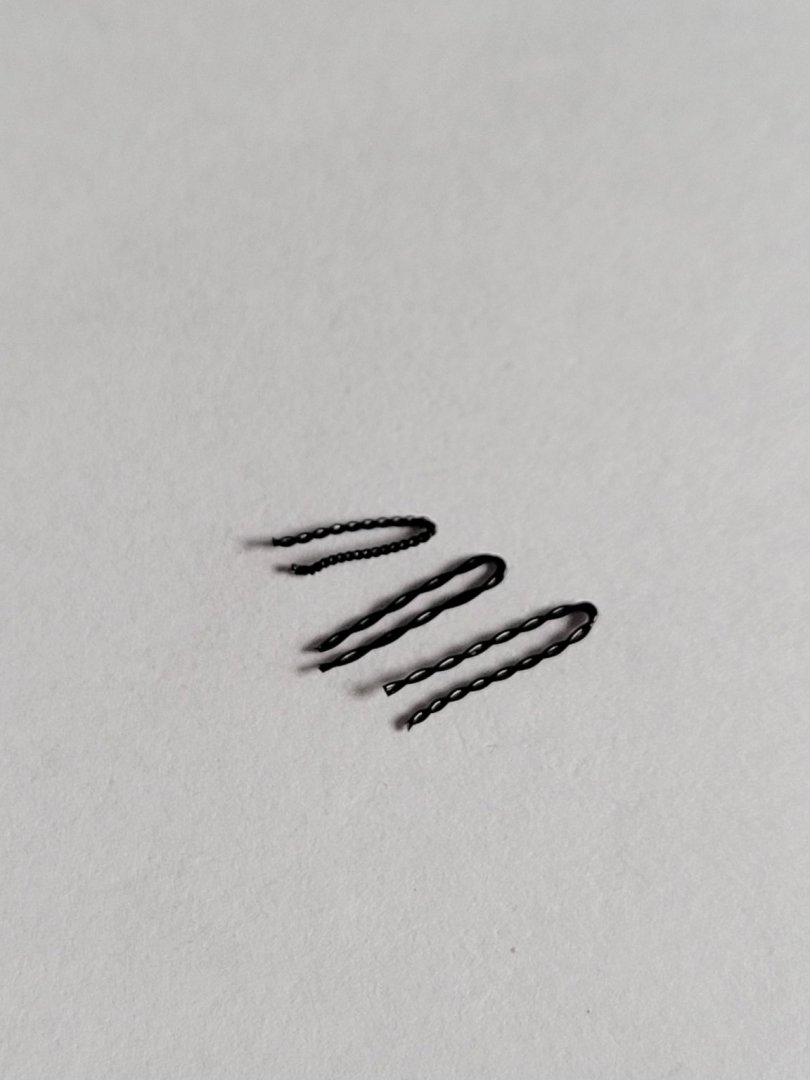
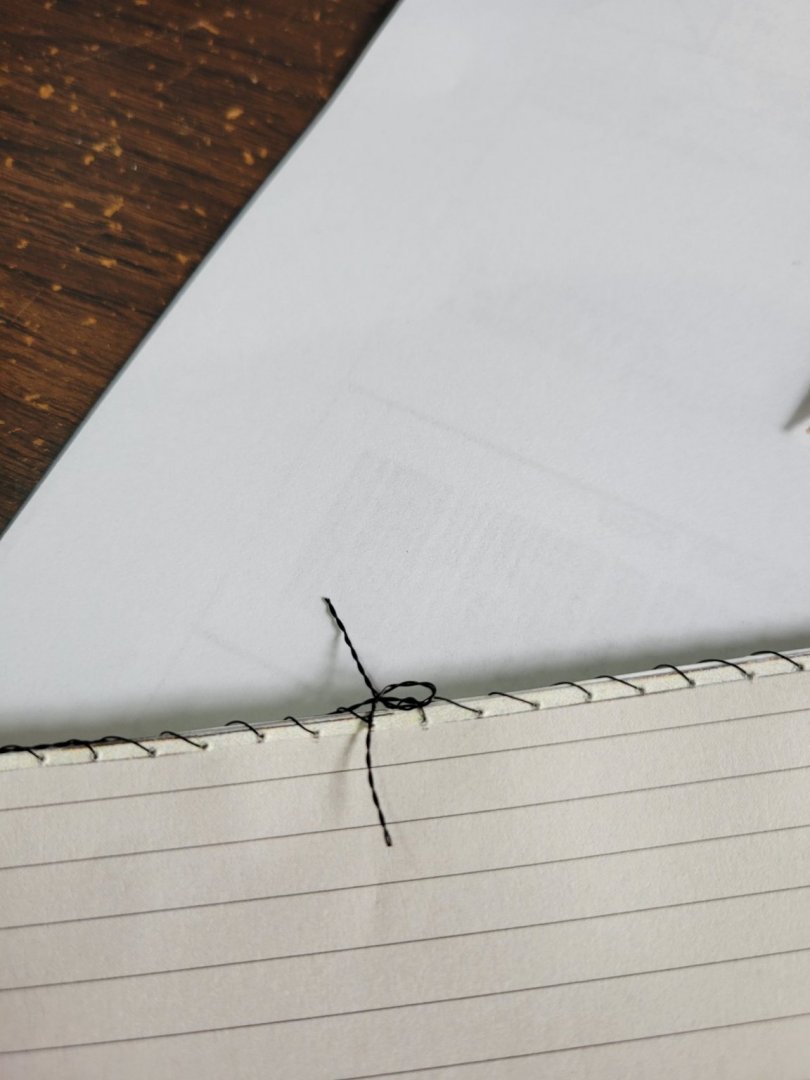
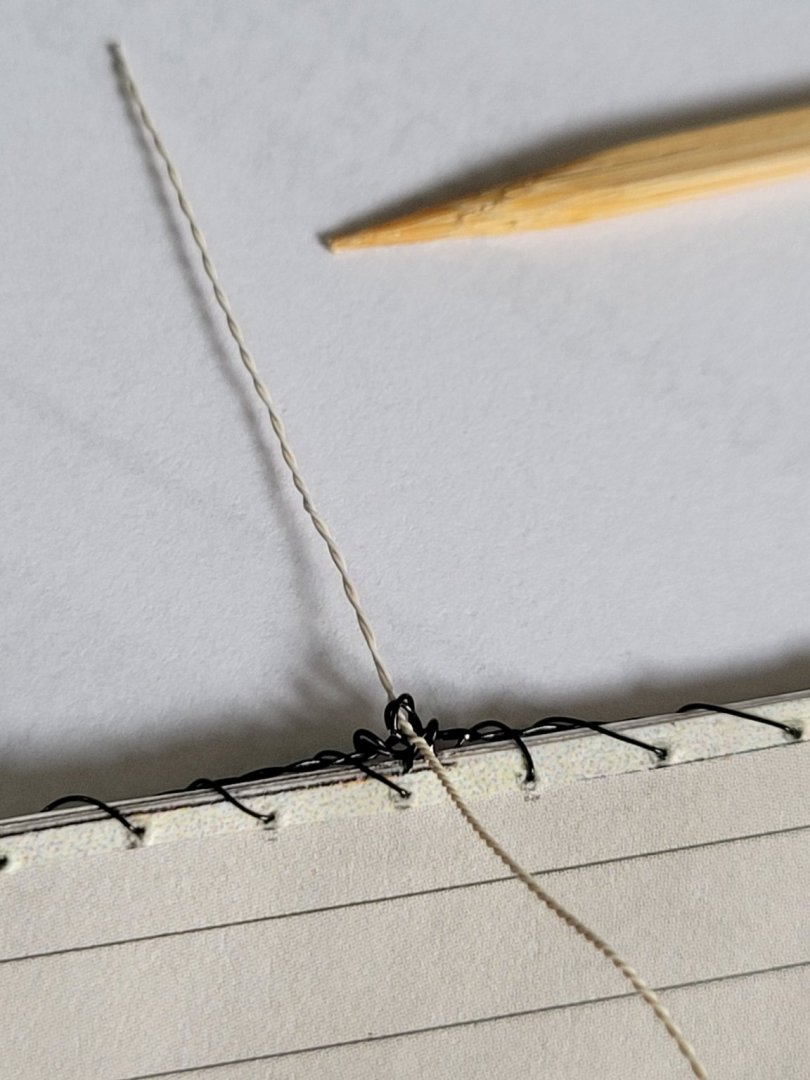
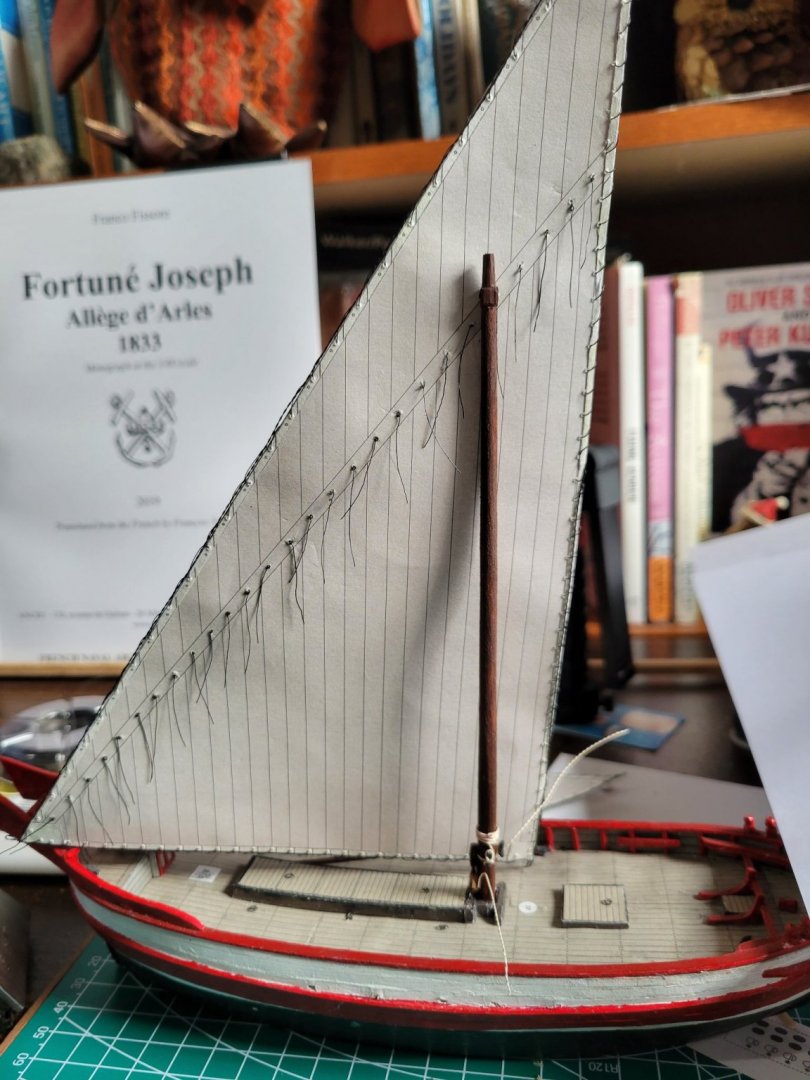
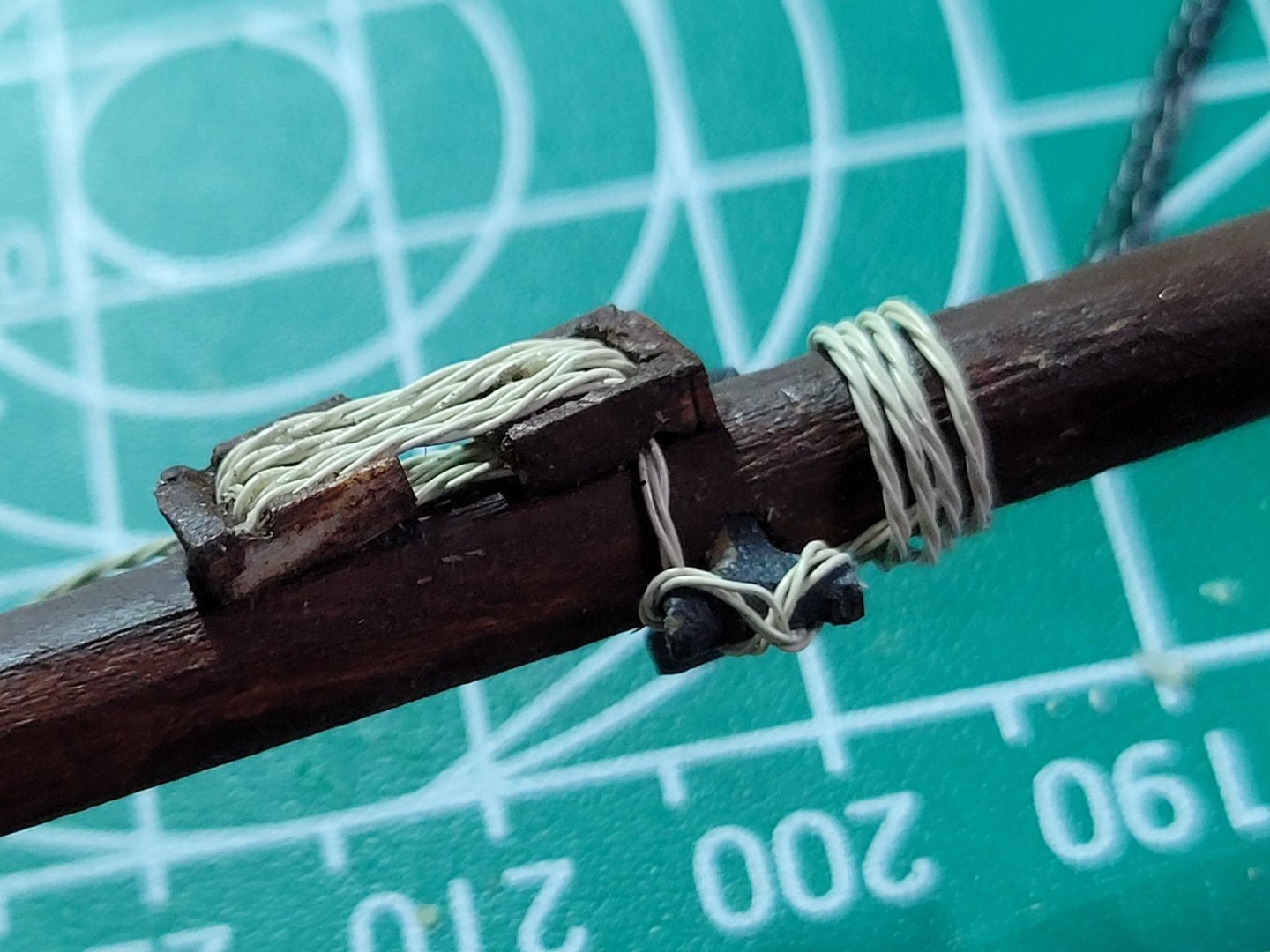
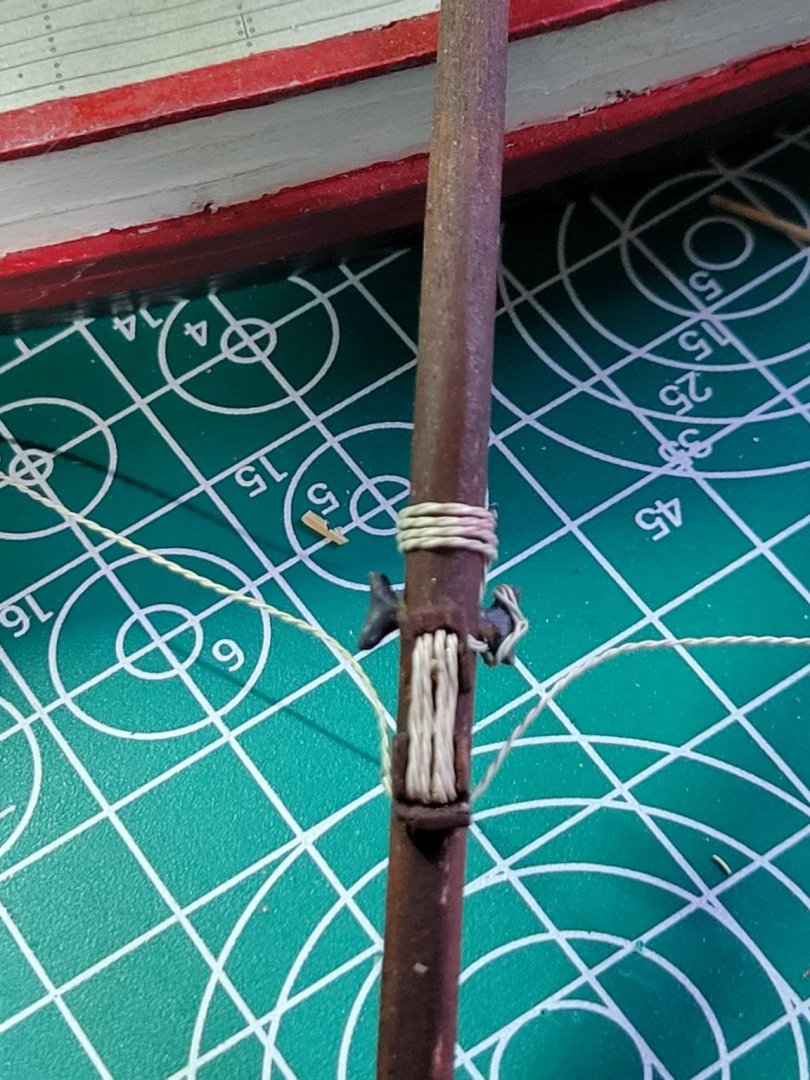
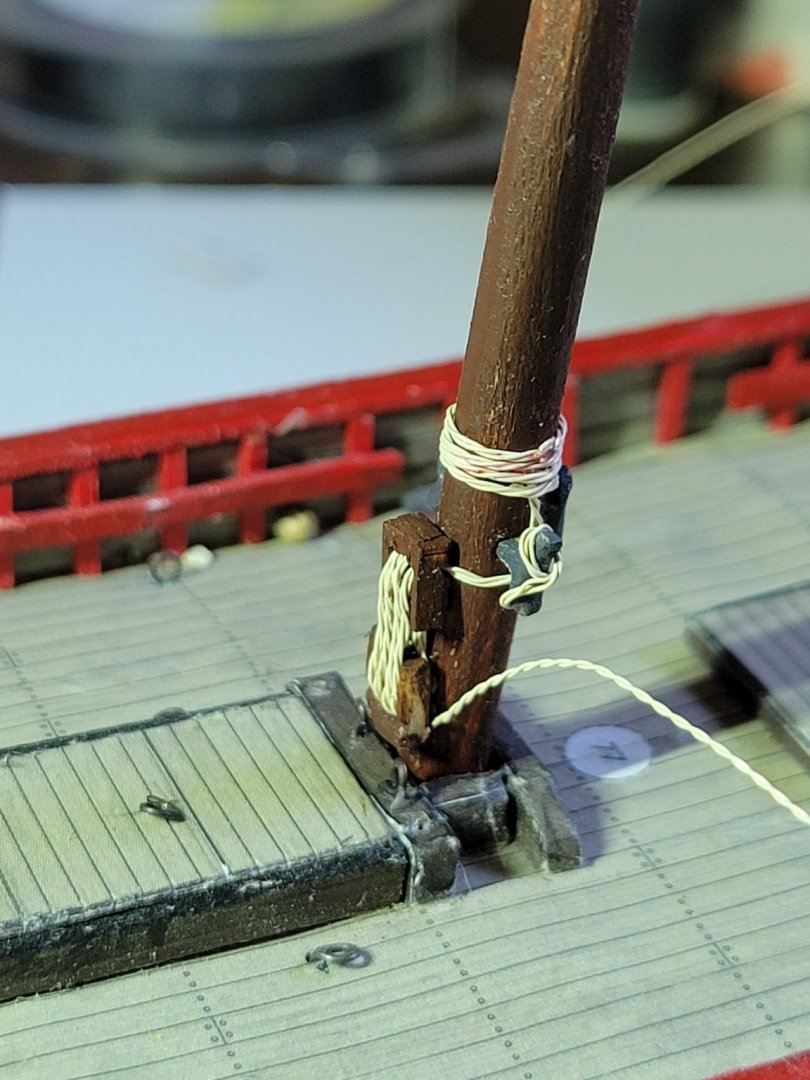
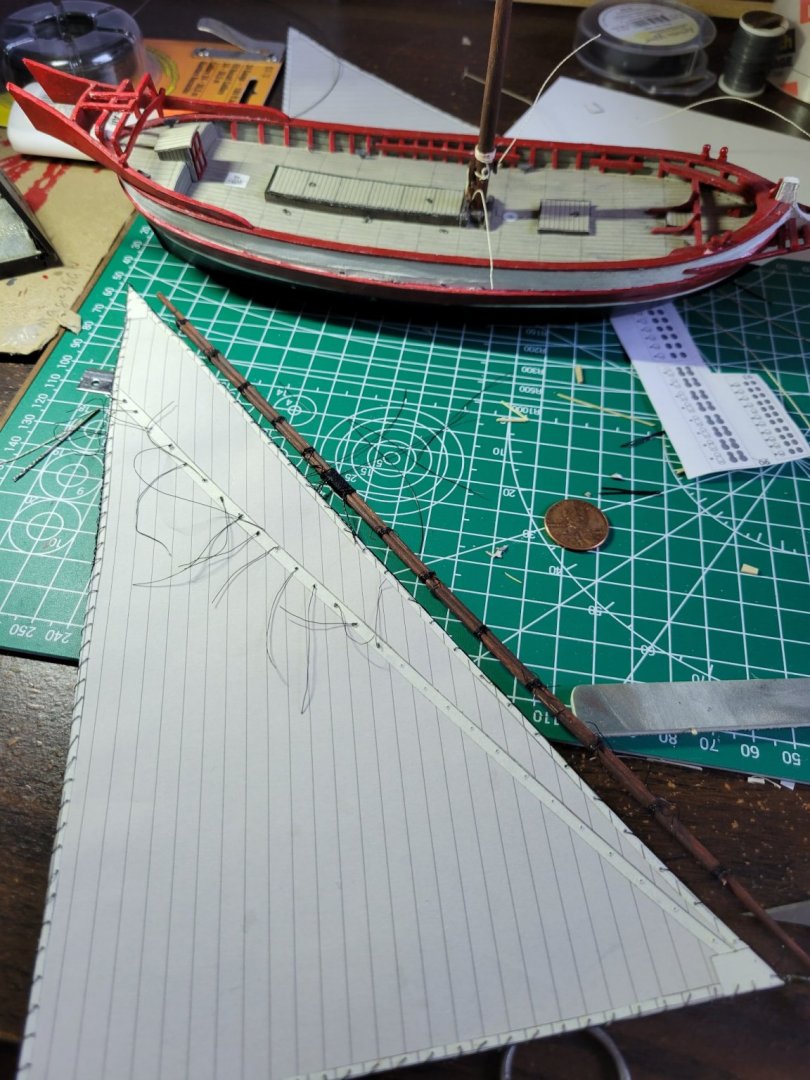
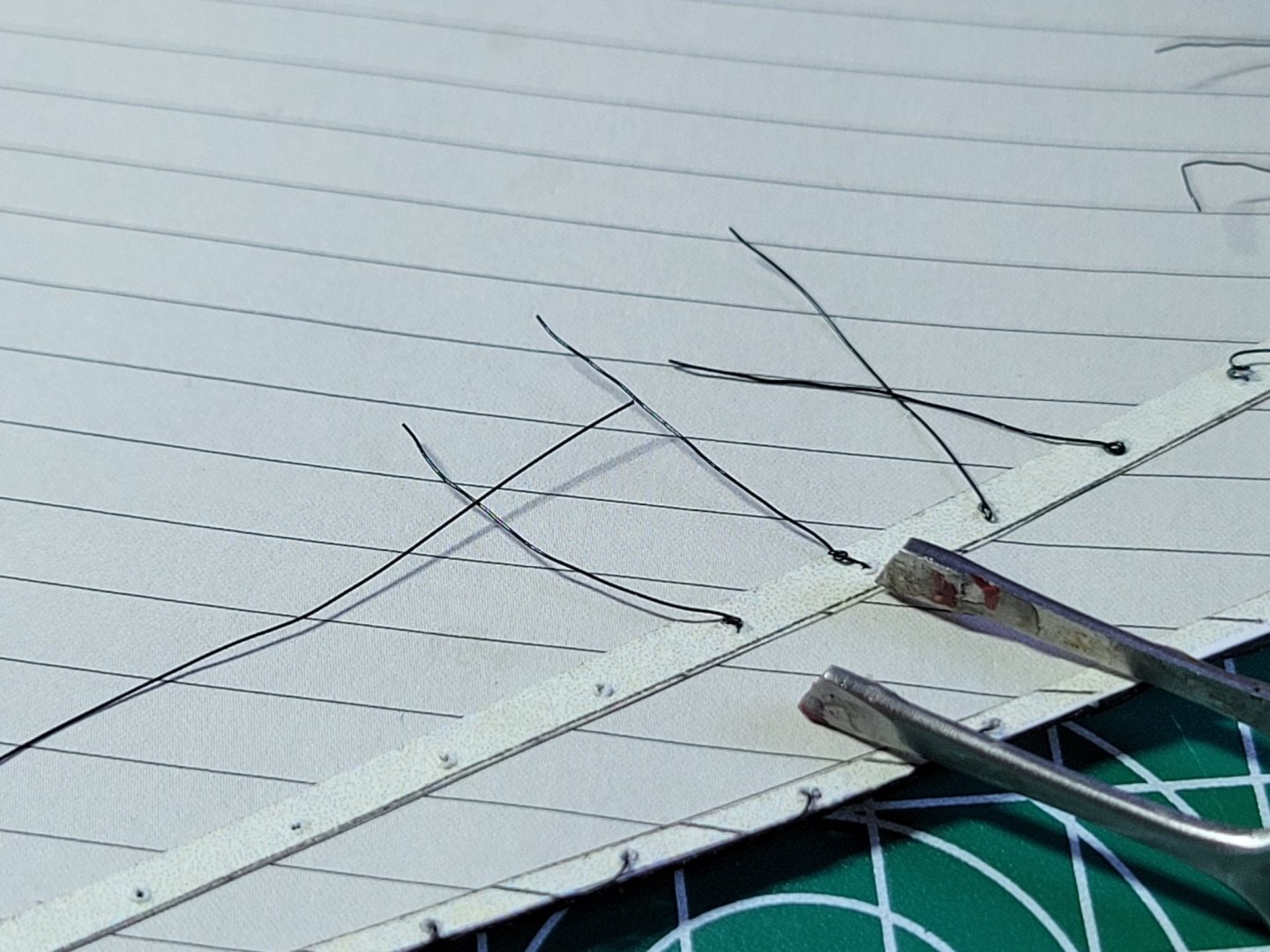
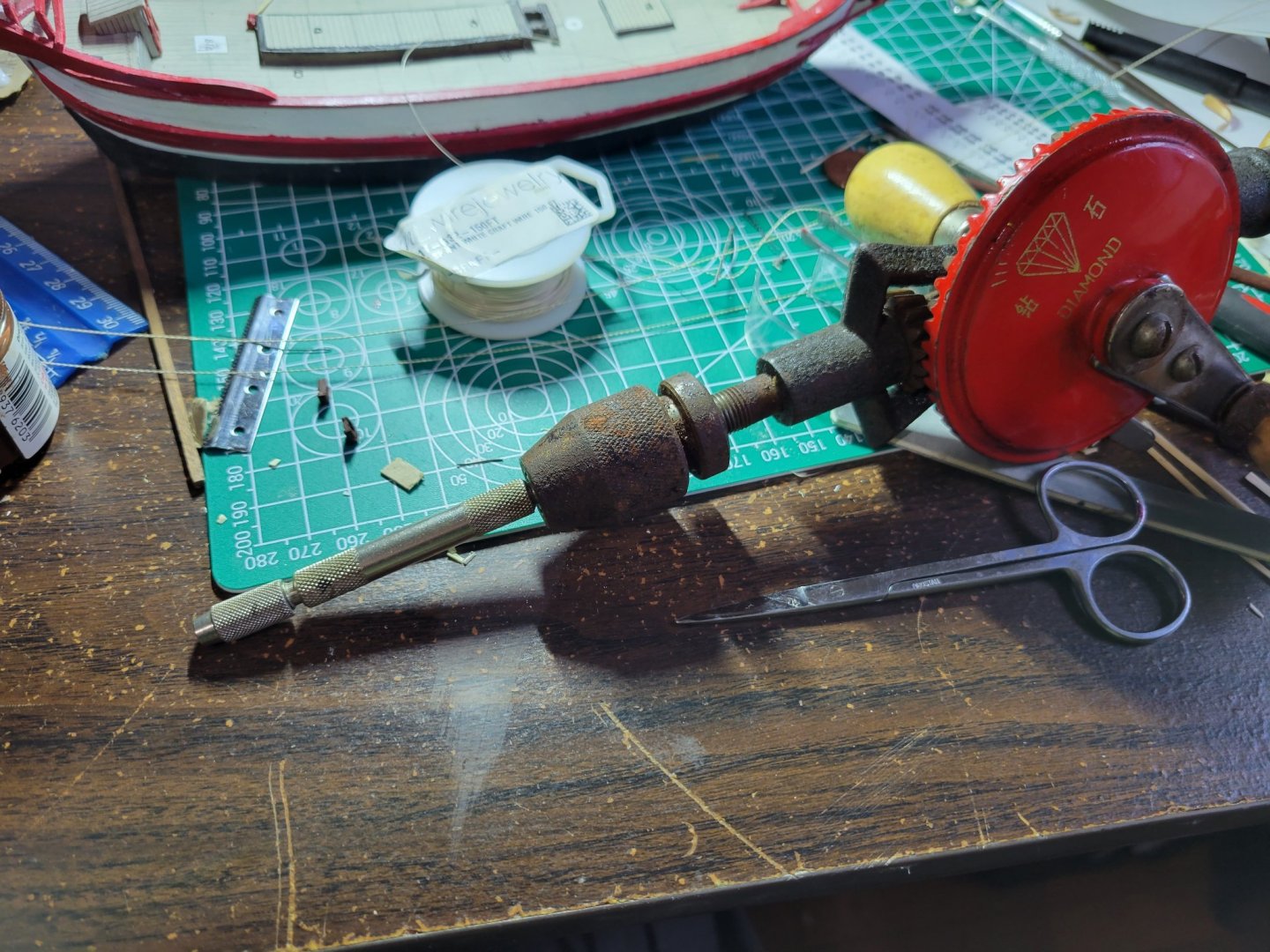
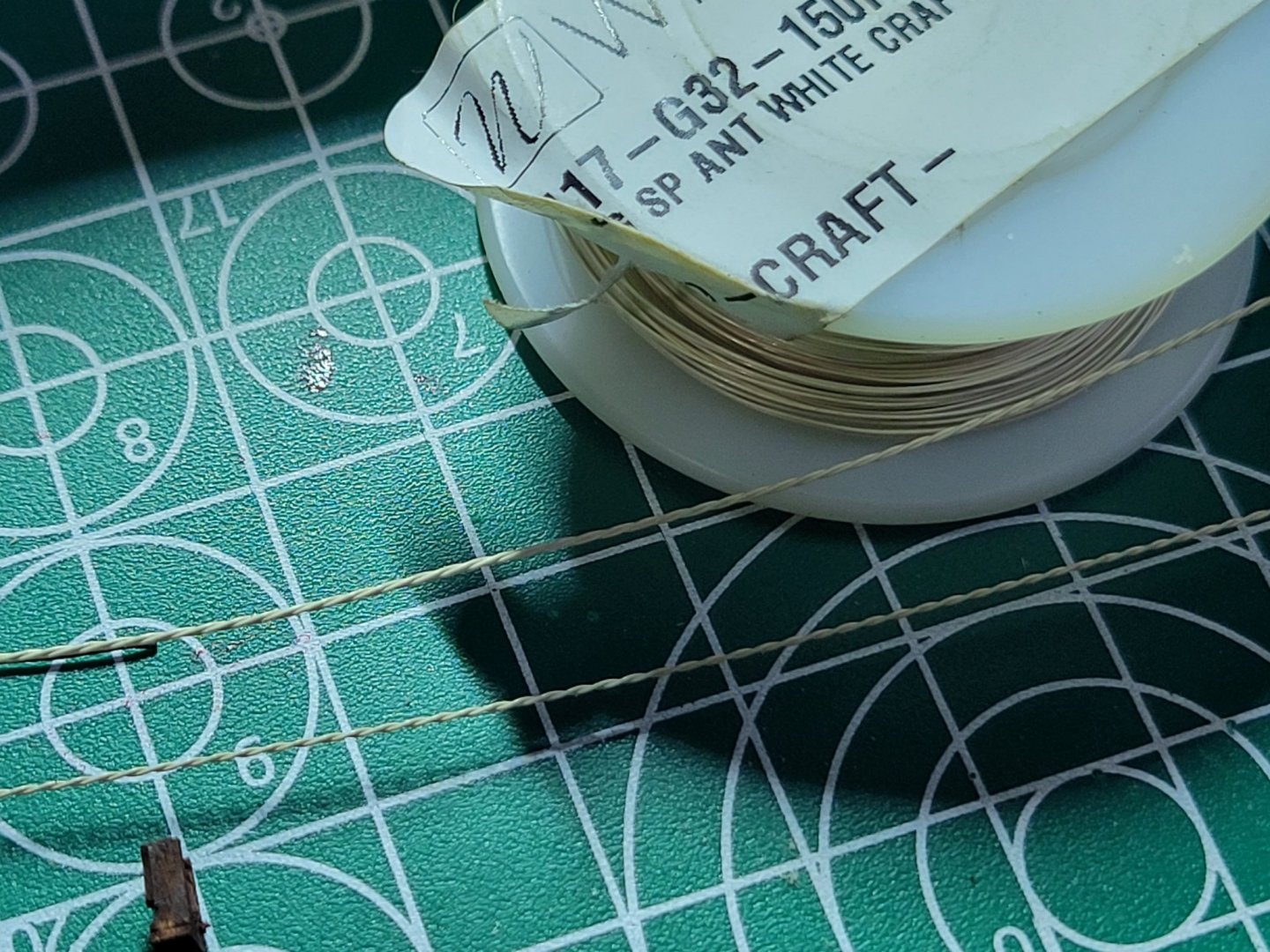
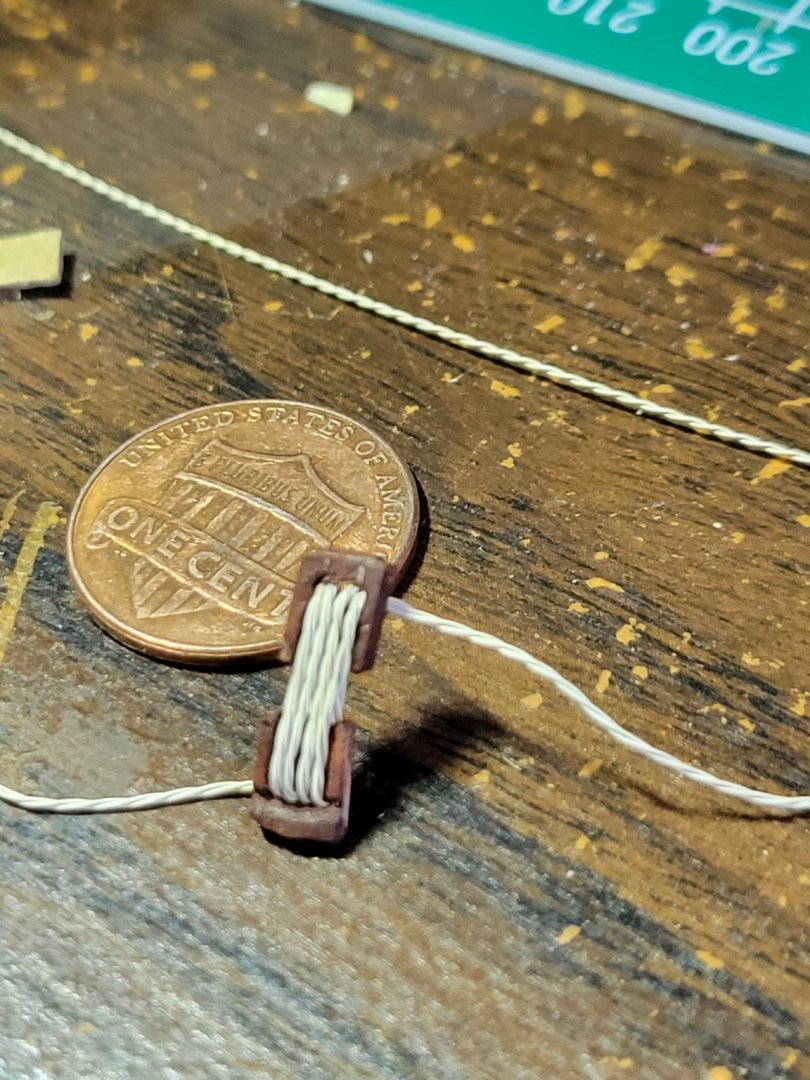
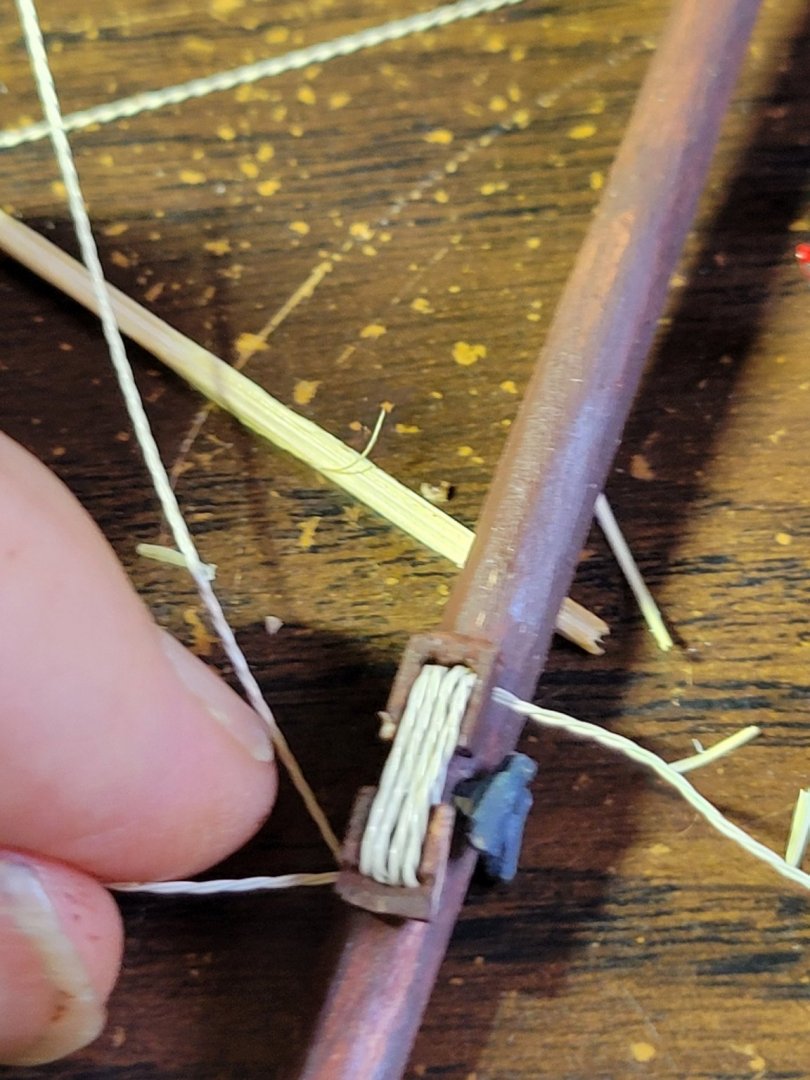
.thumb.jpg.5222bf15880aa8c41b6901fe79683062.jpg)
